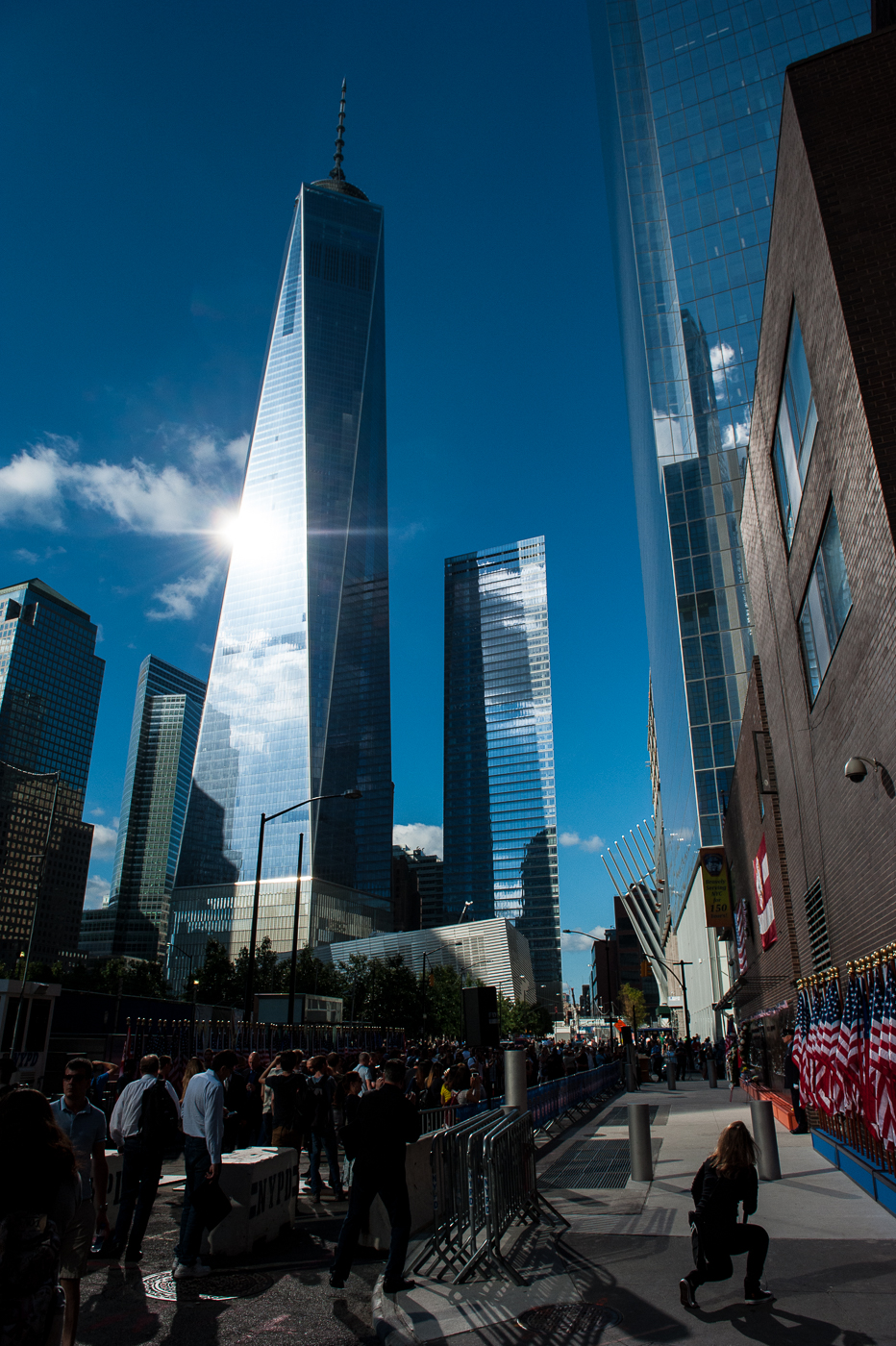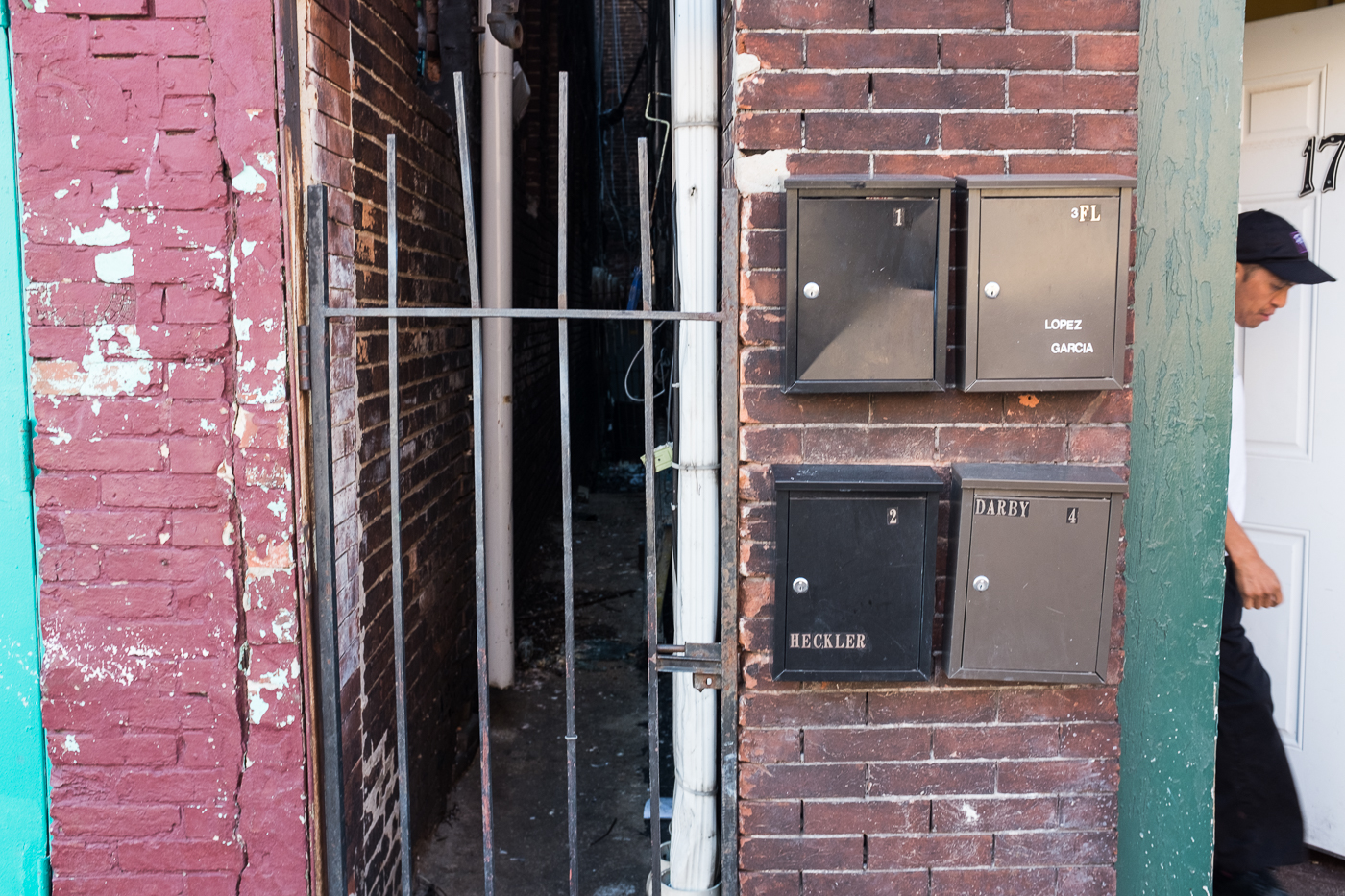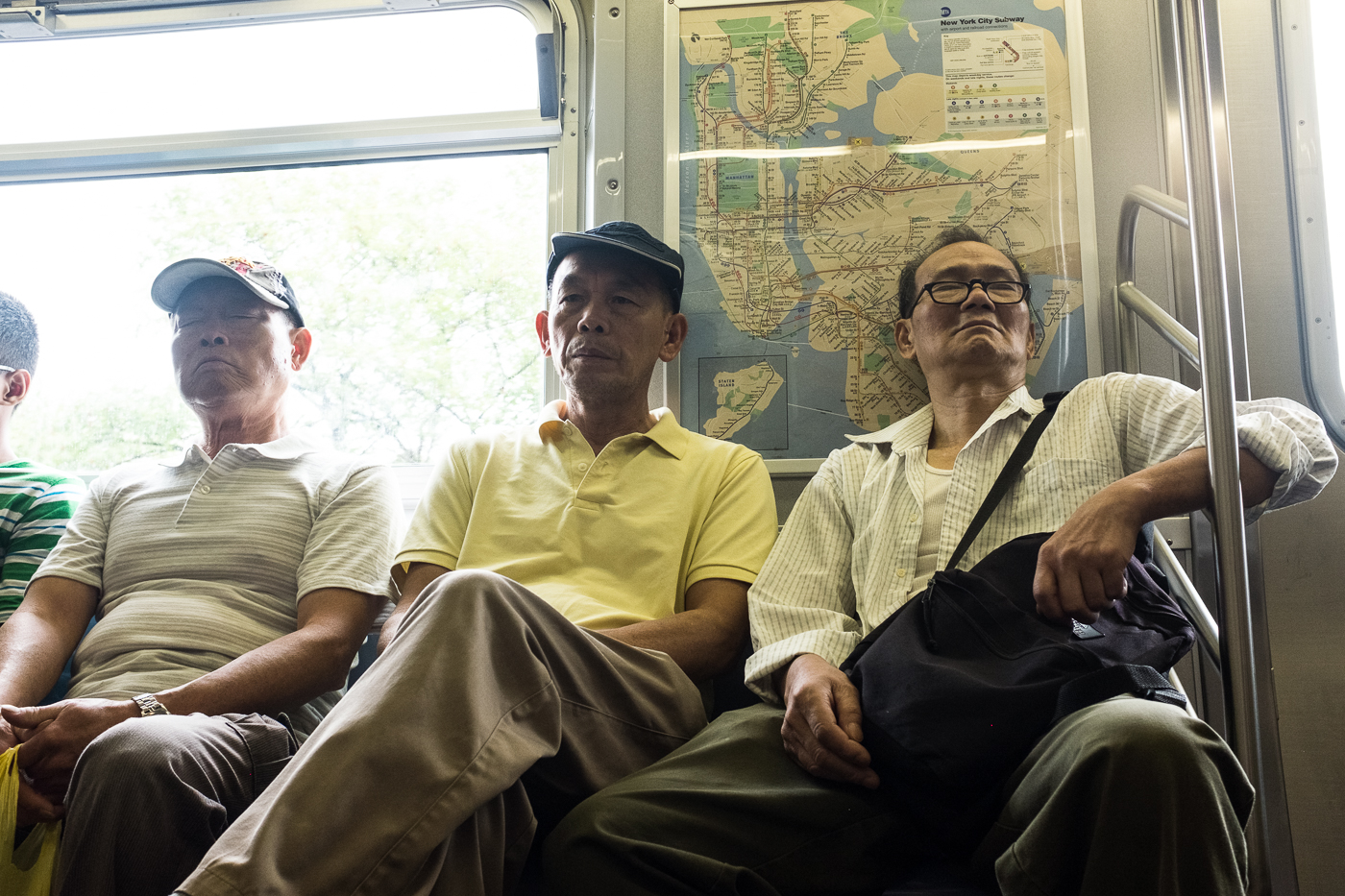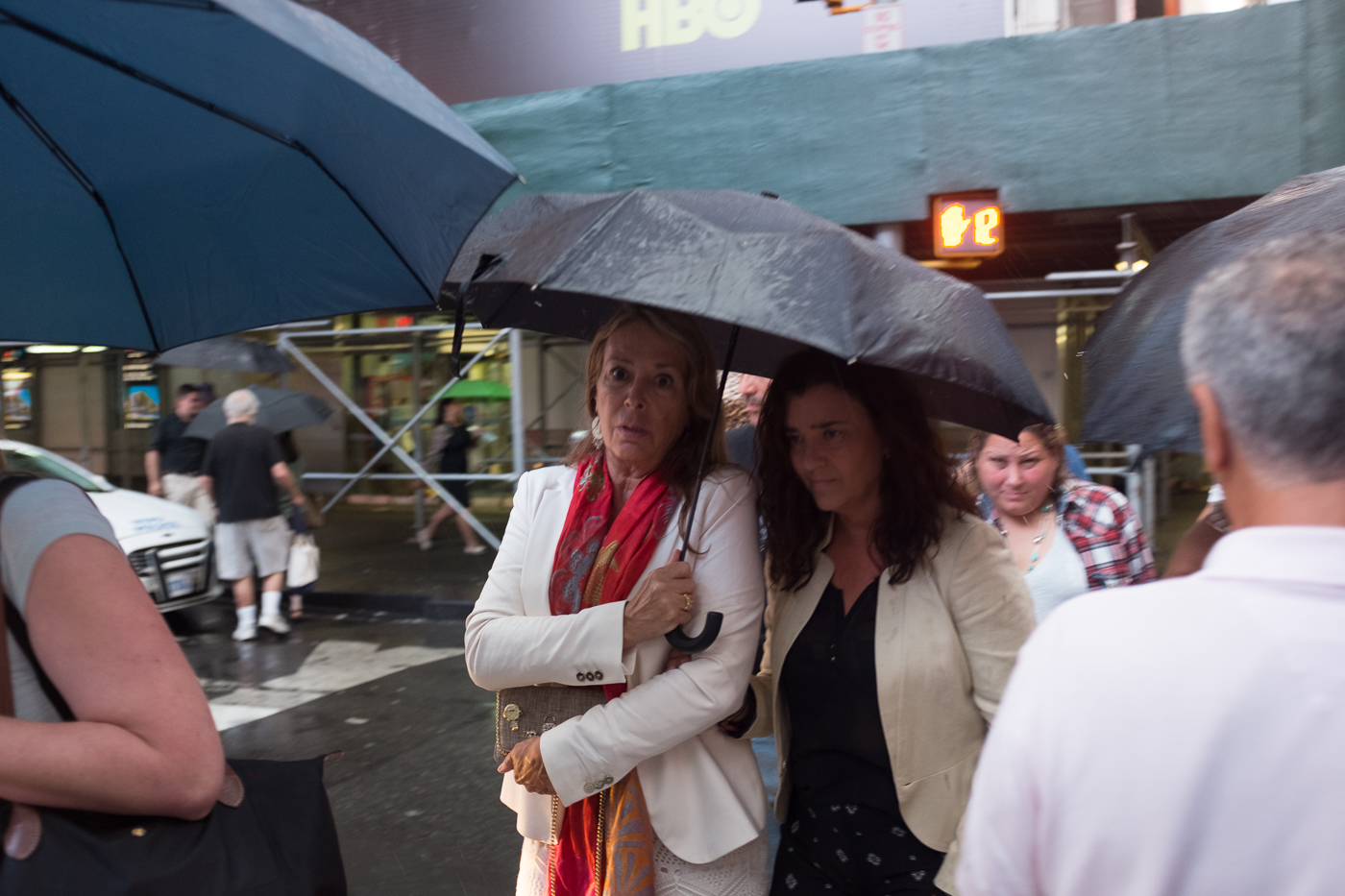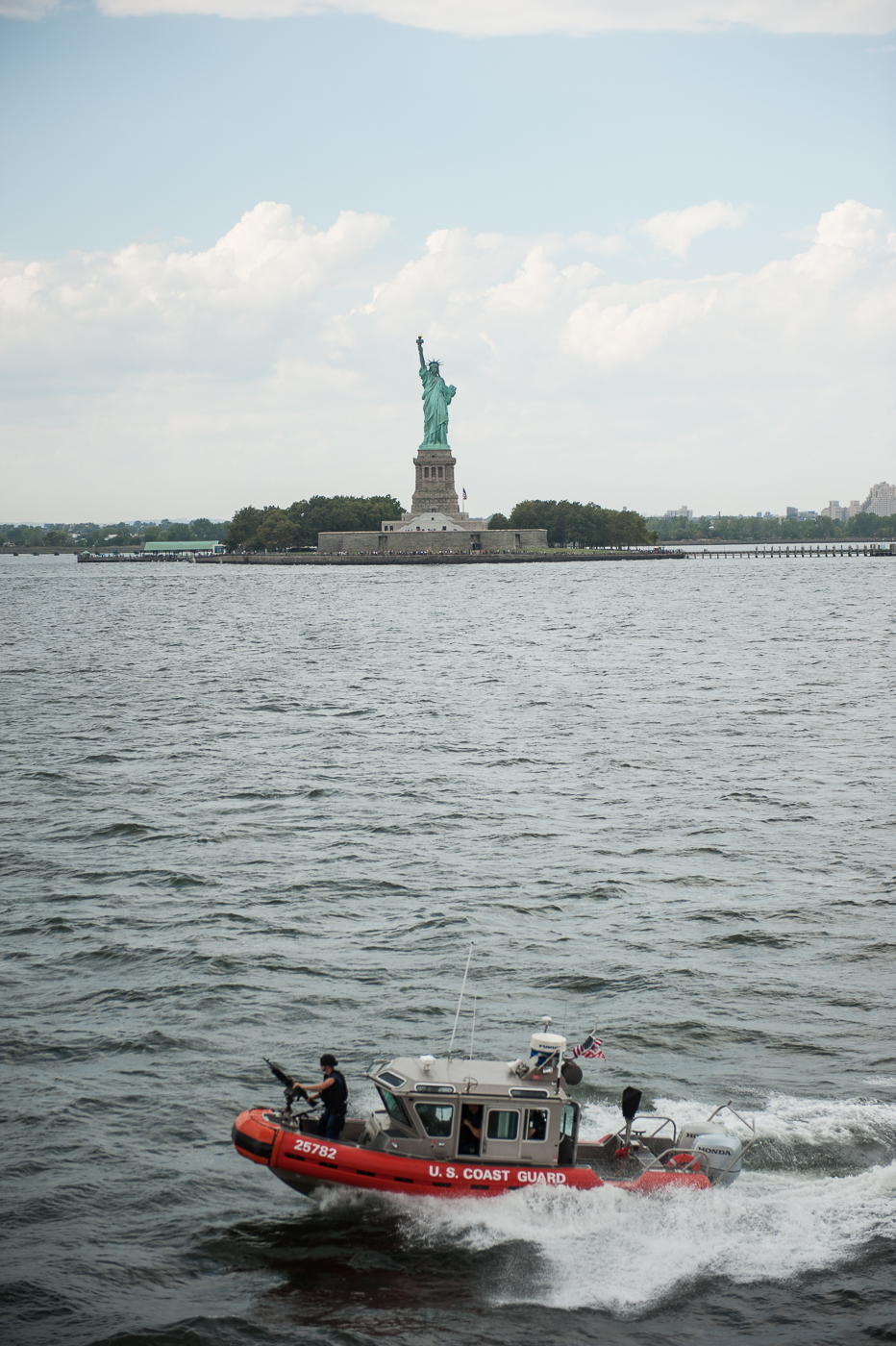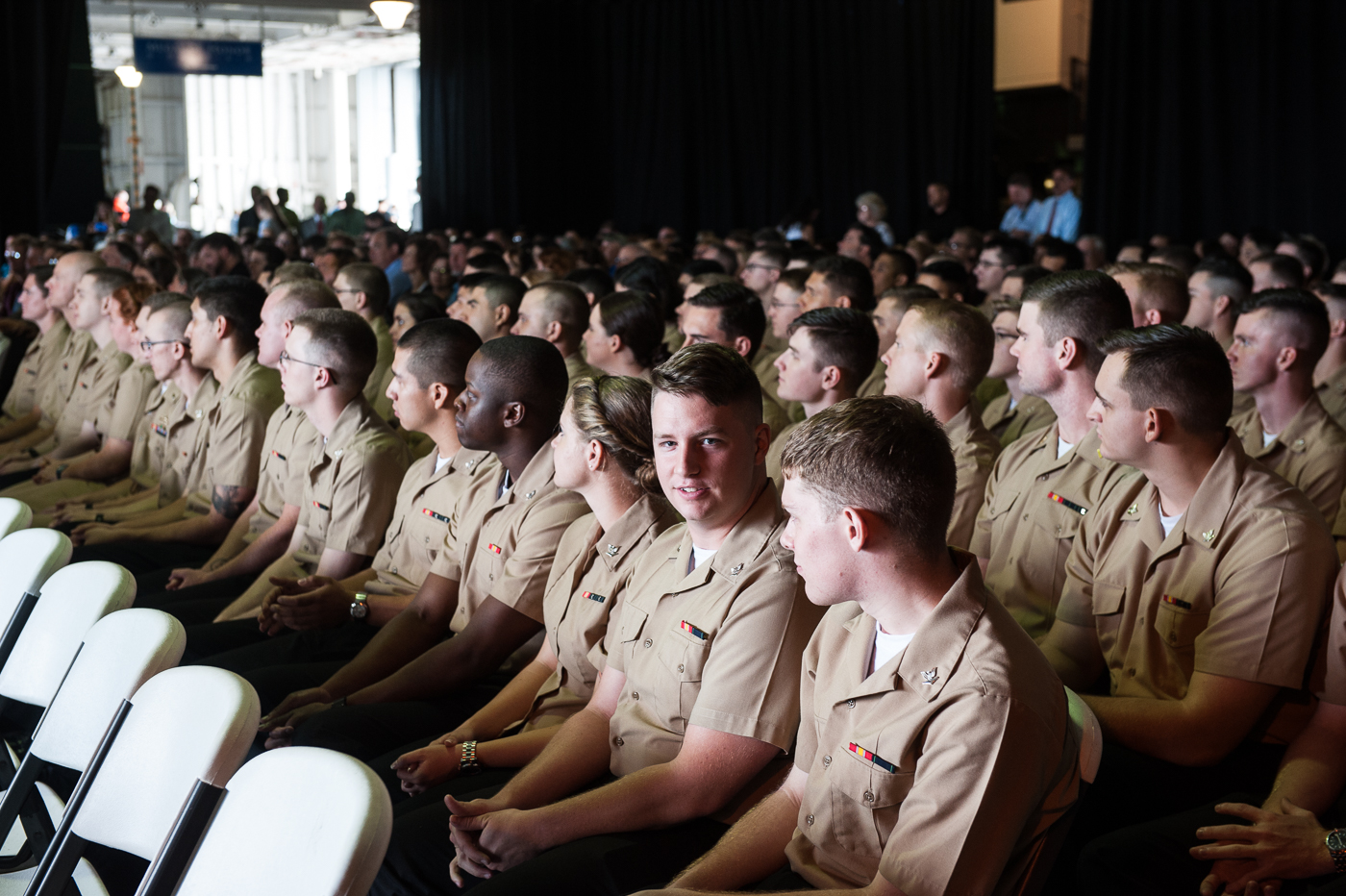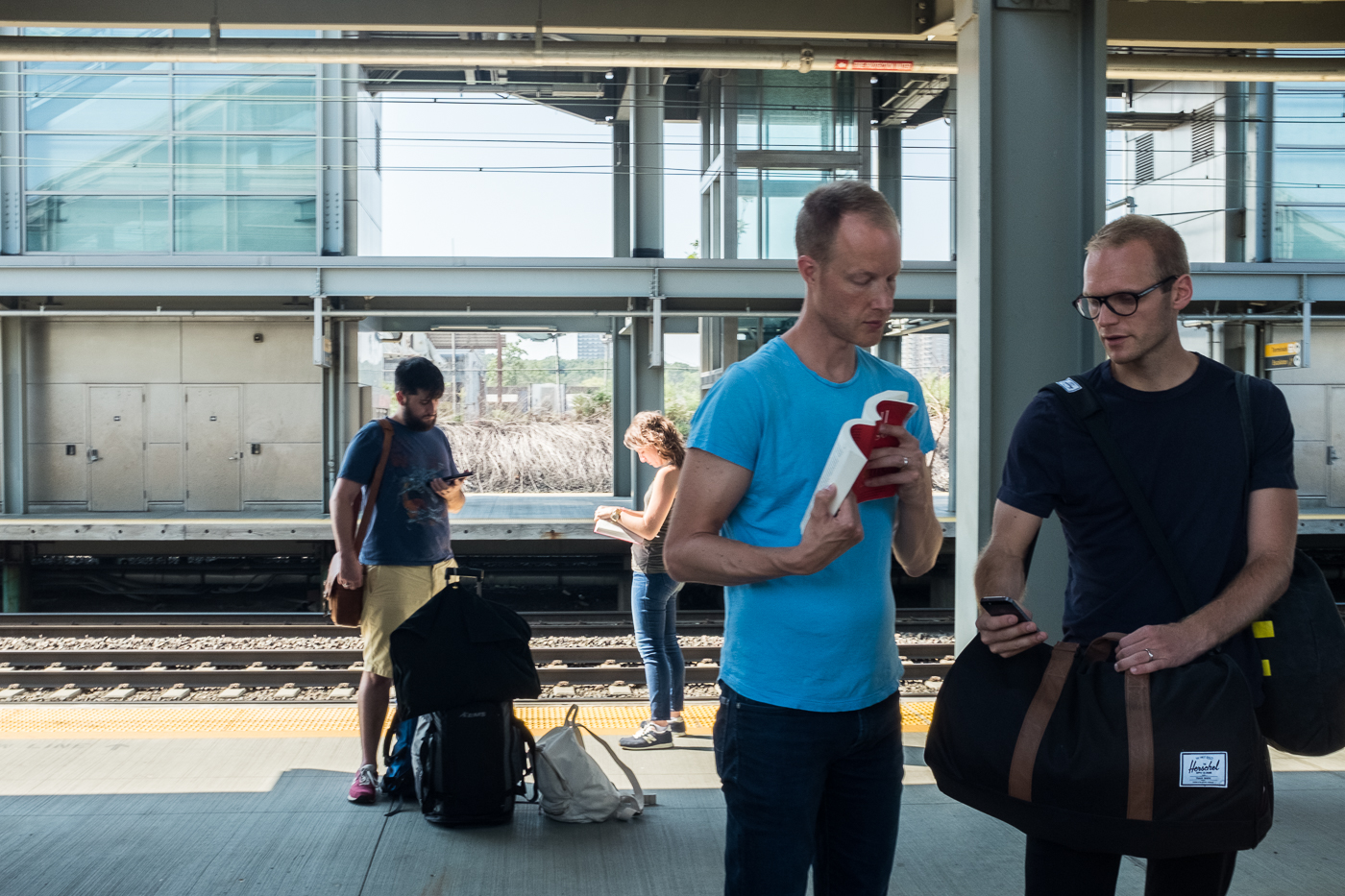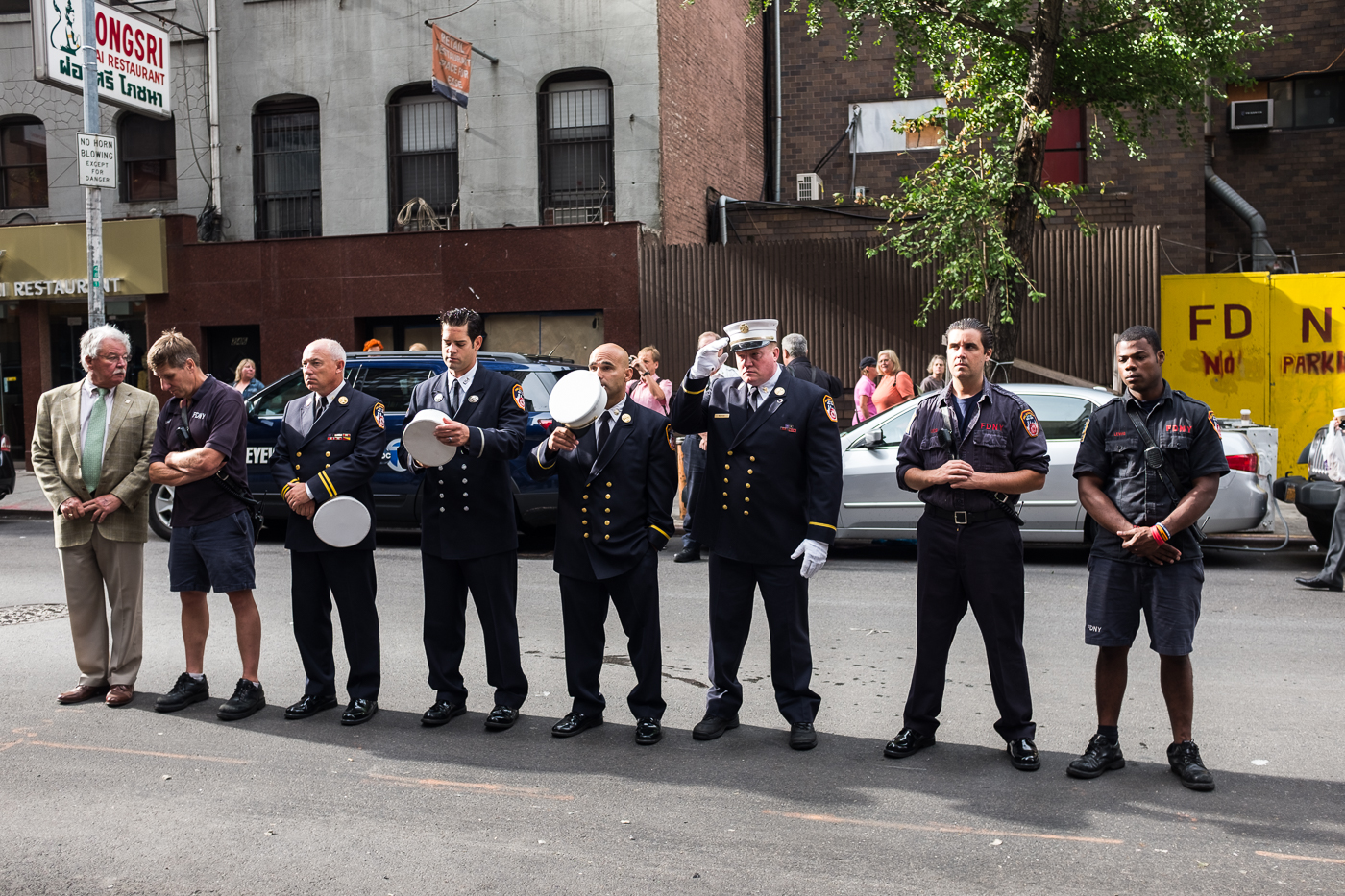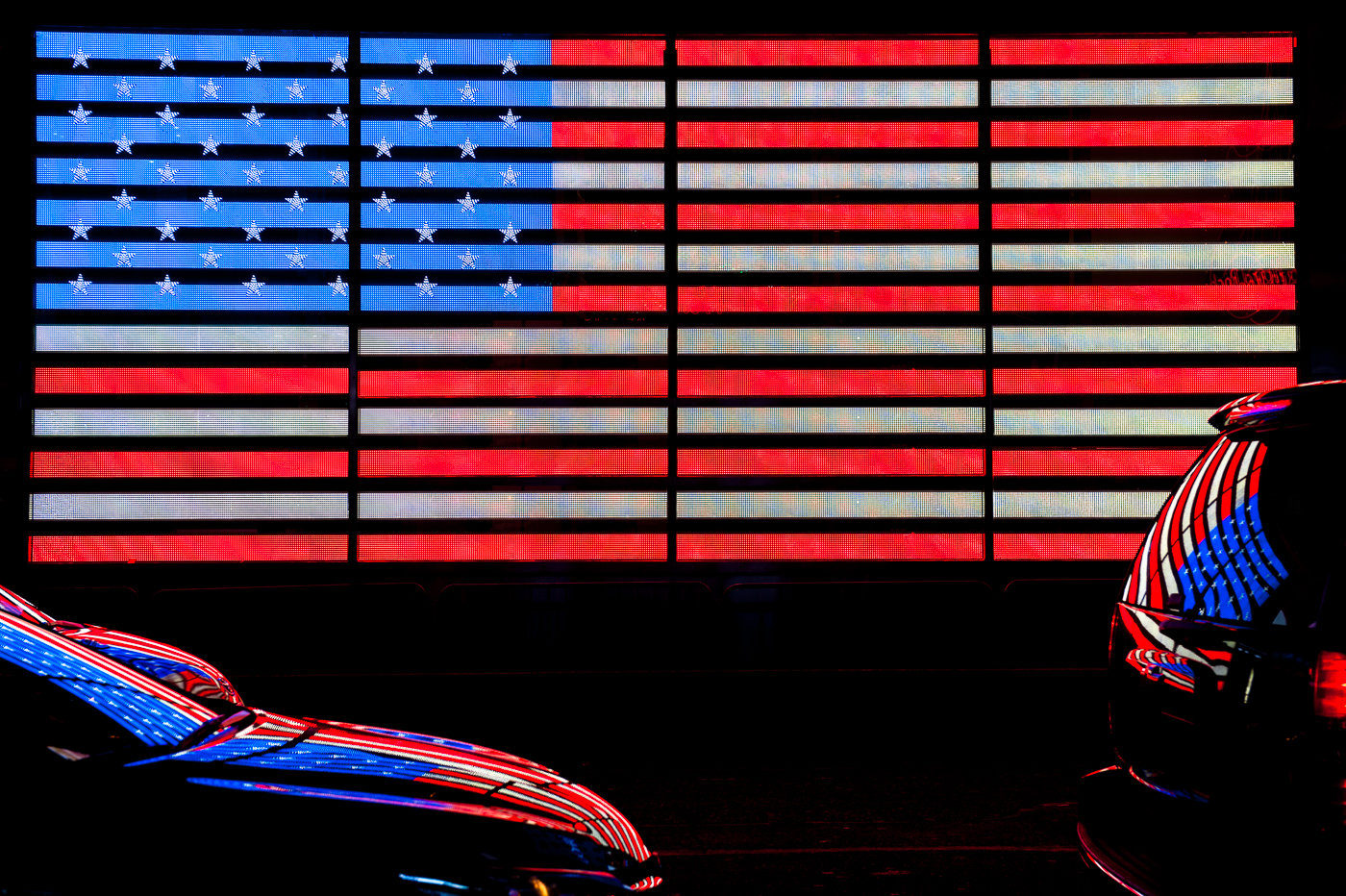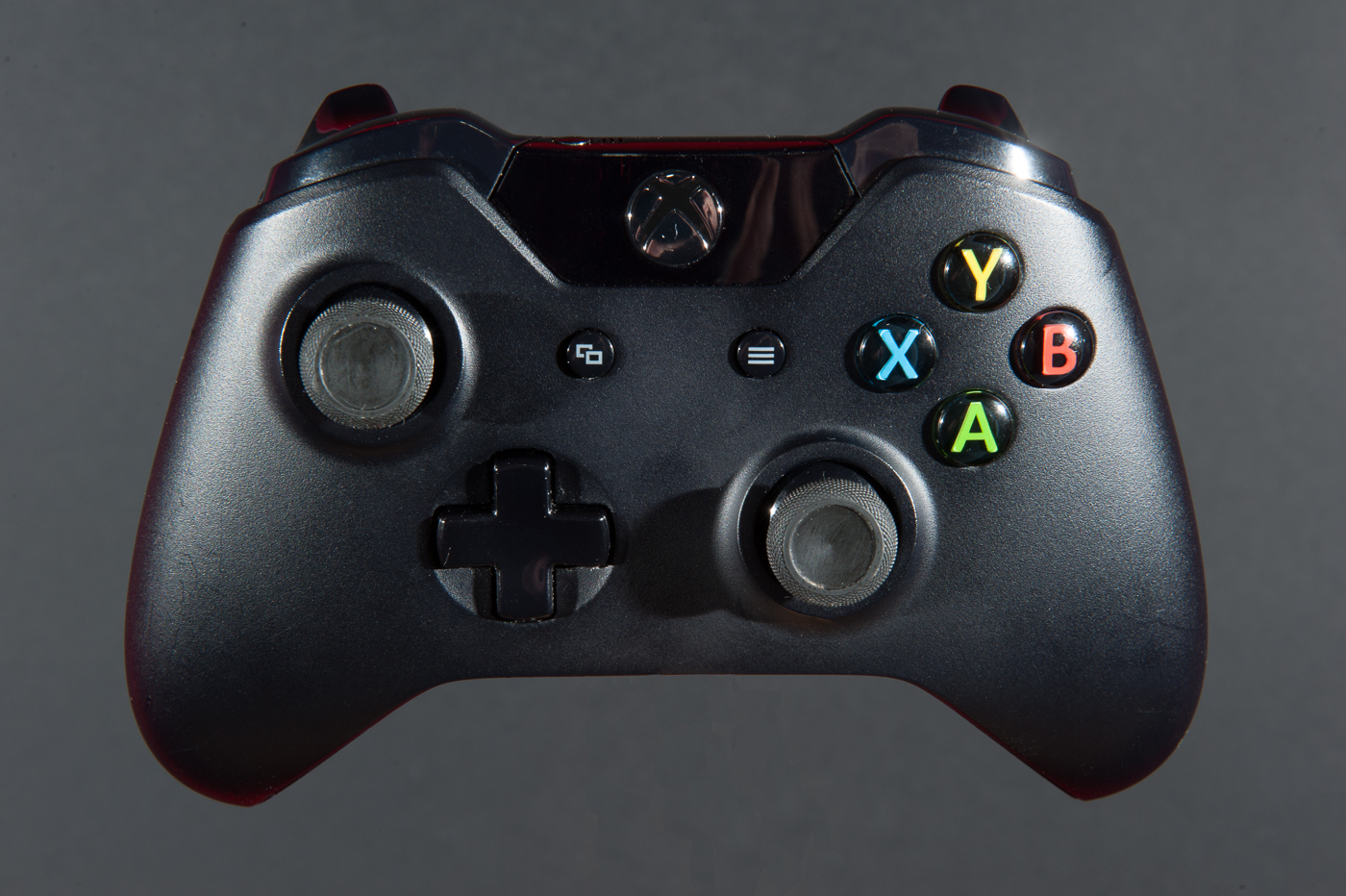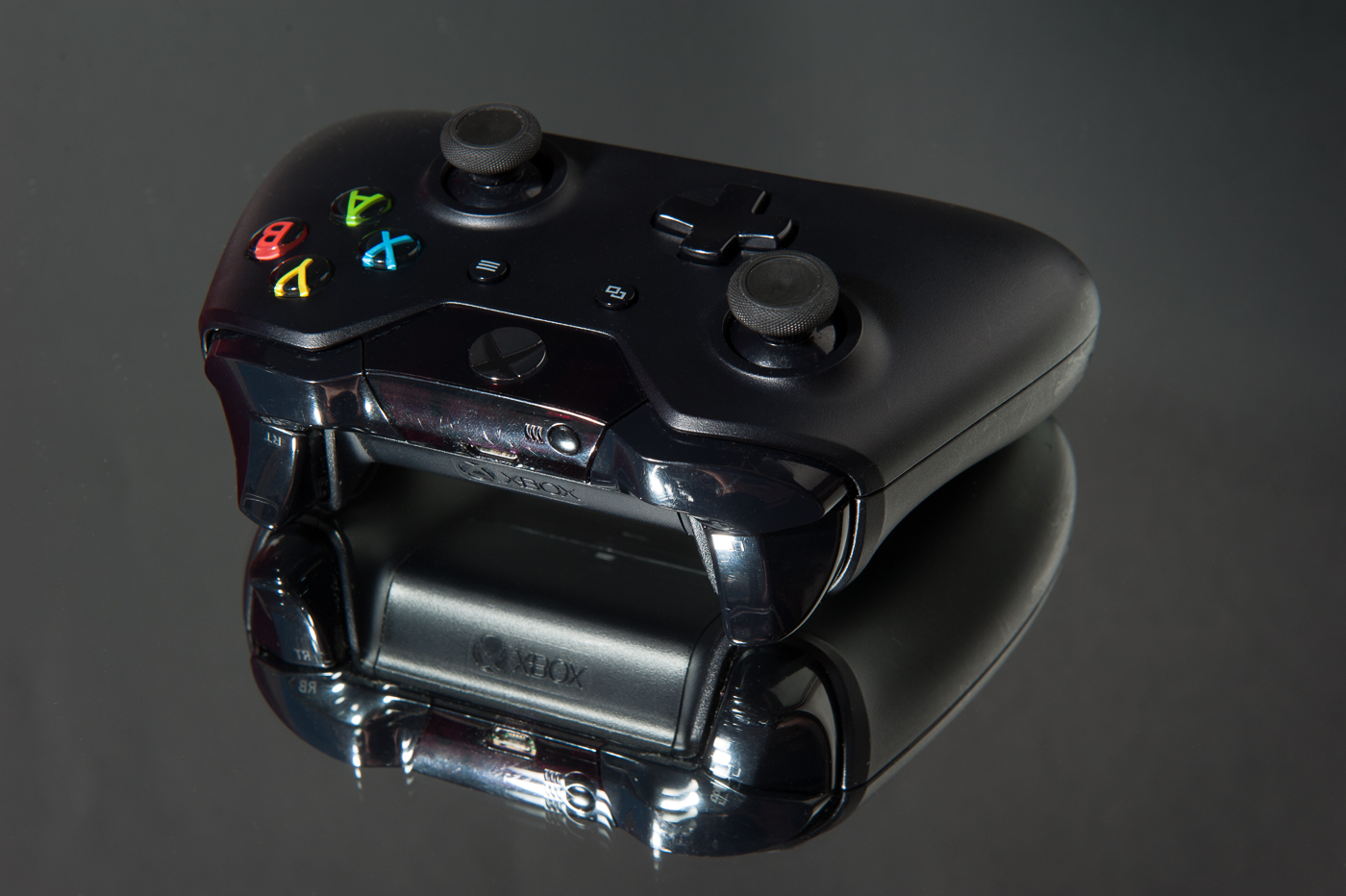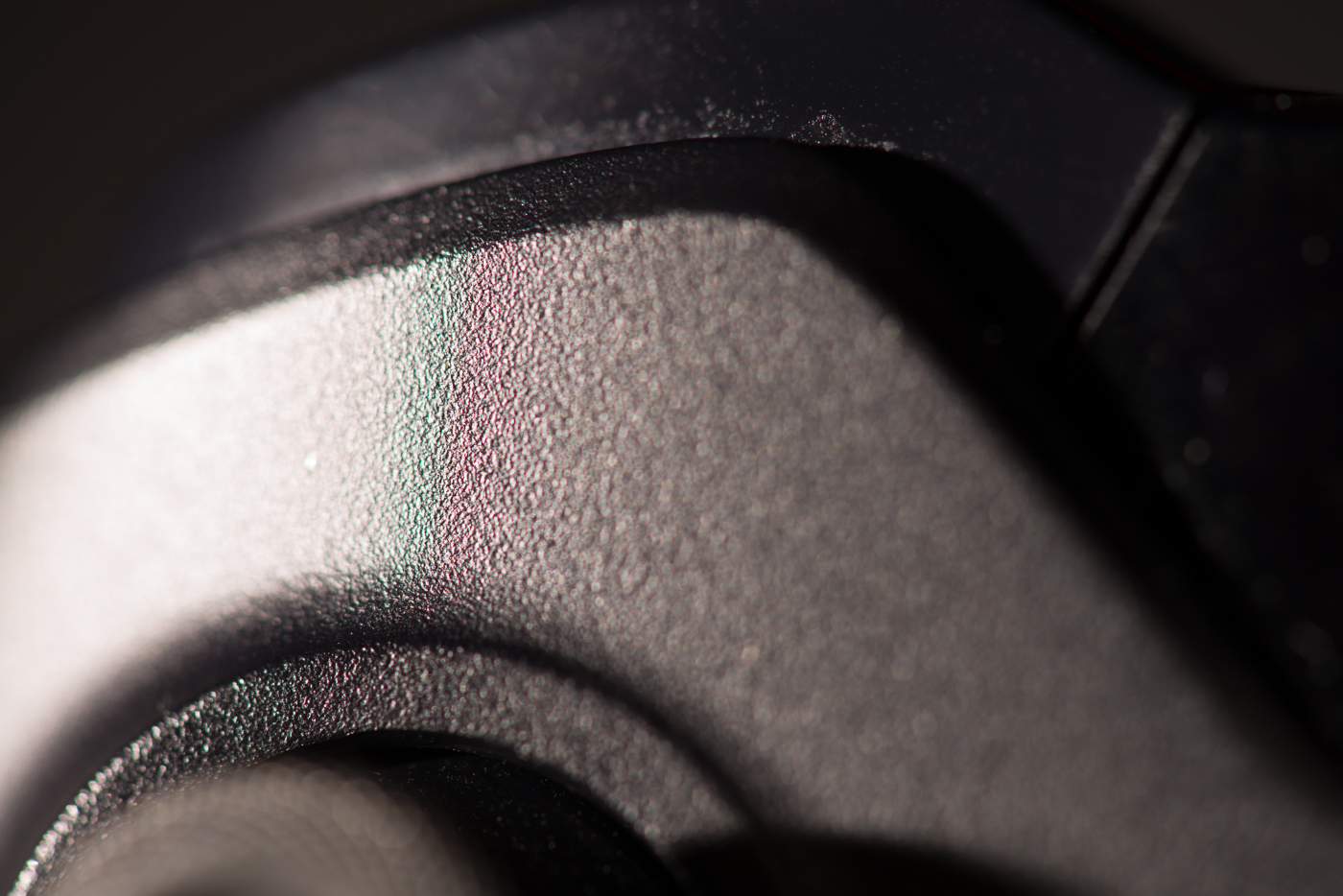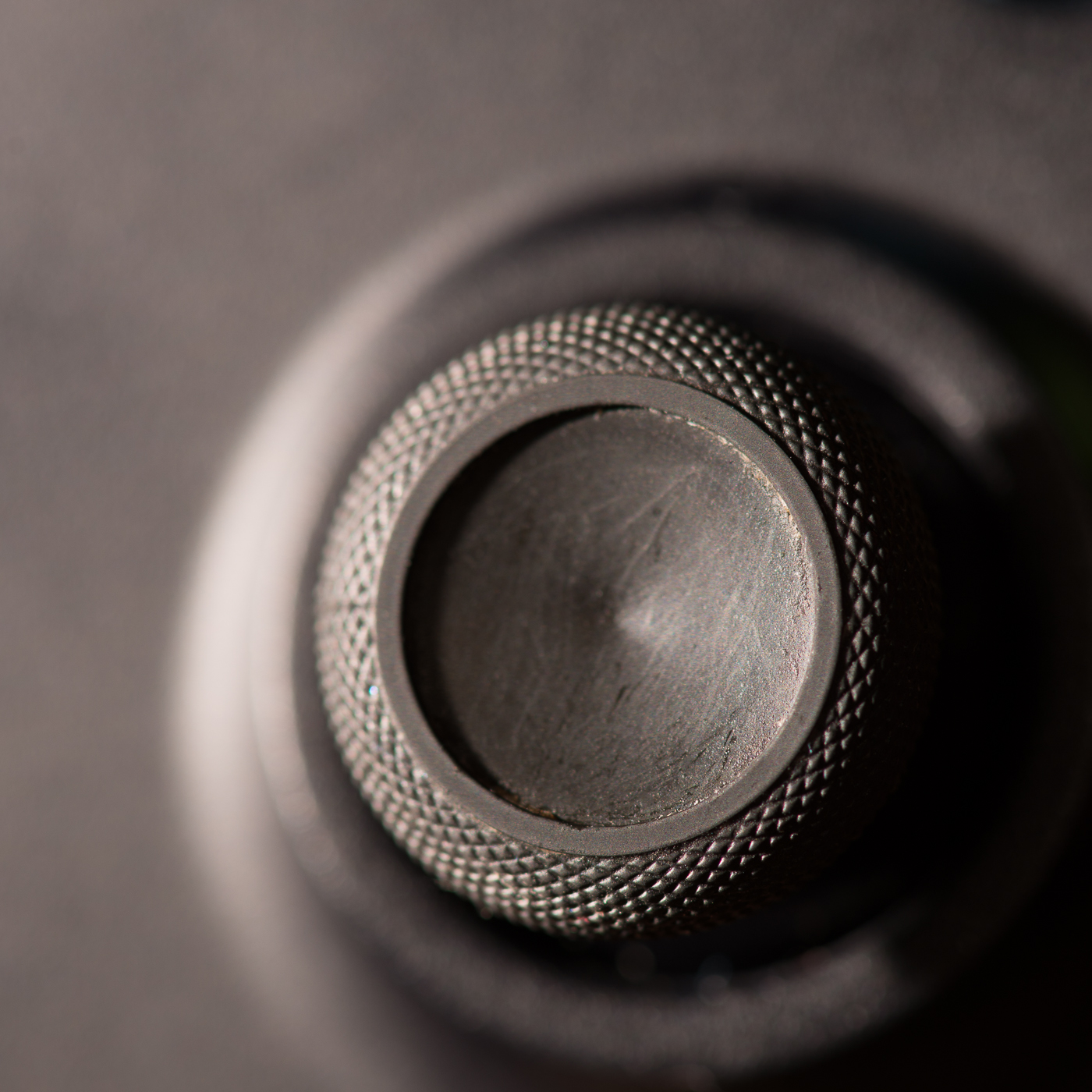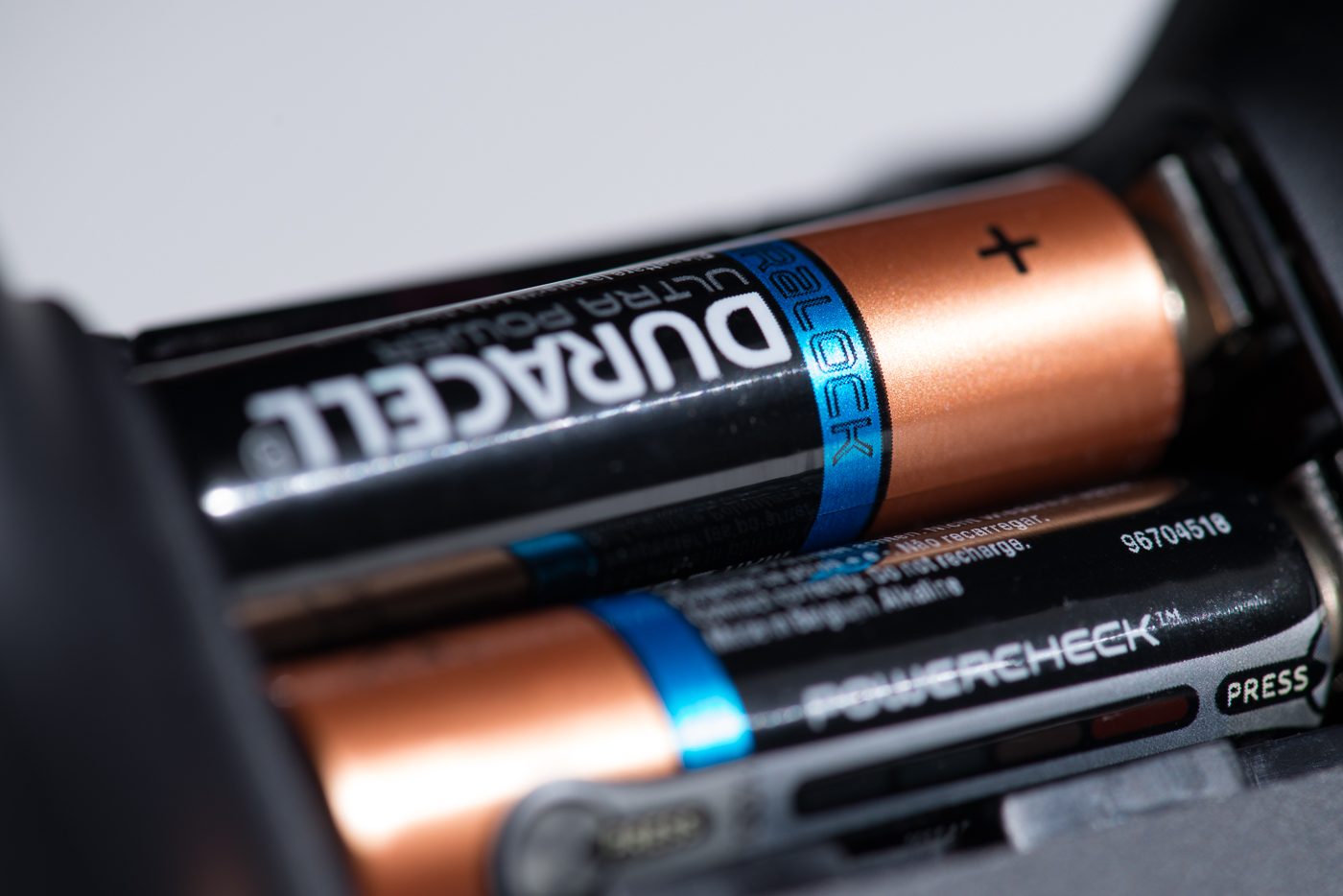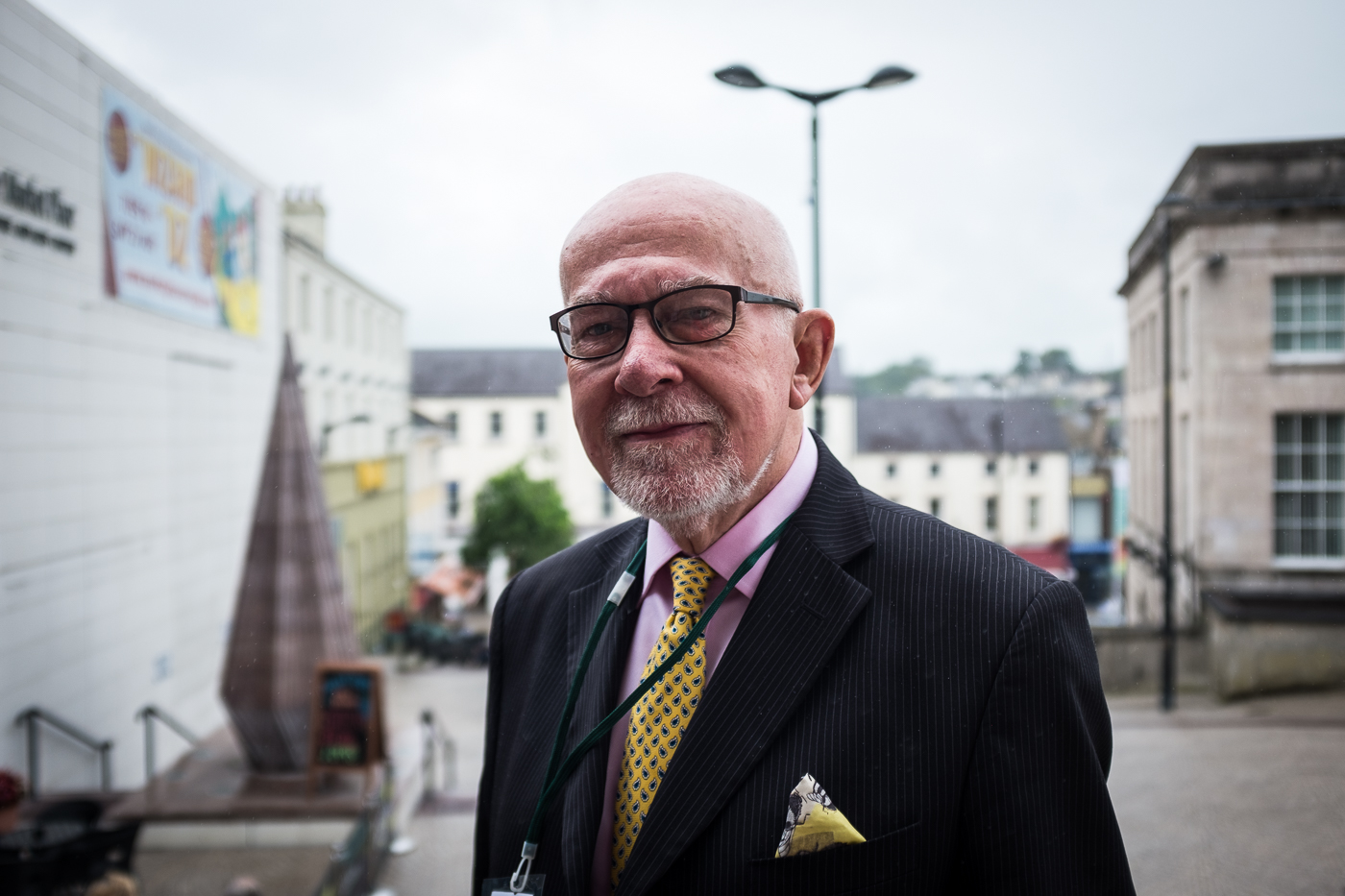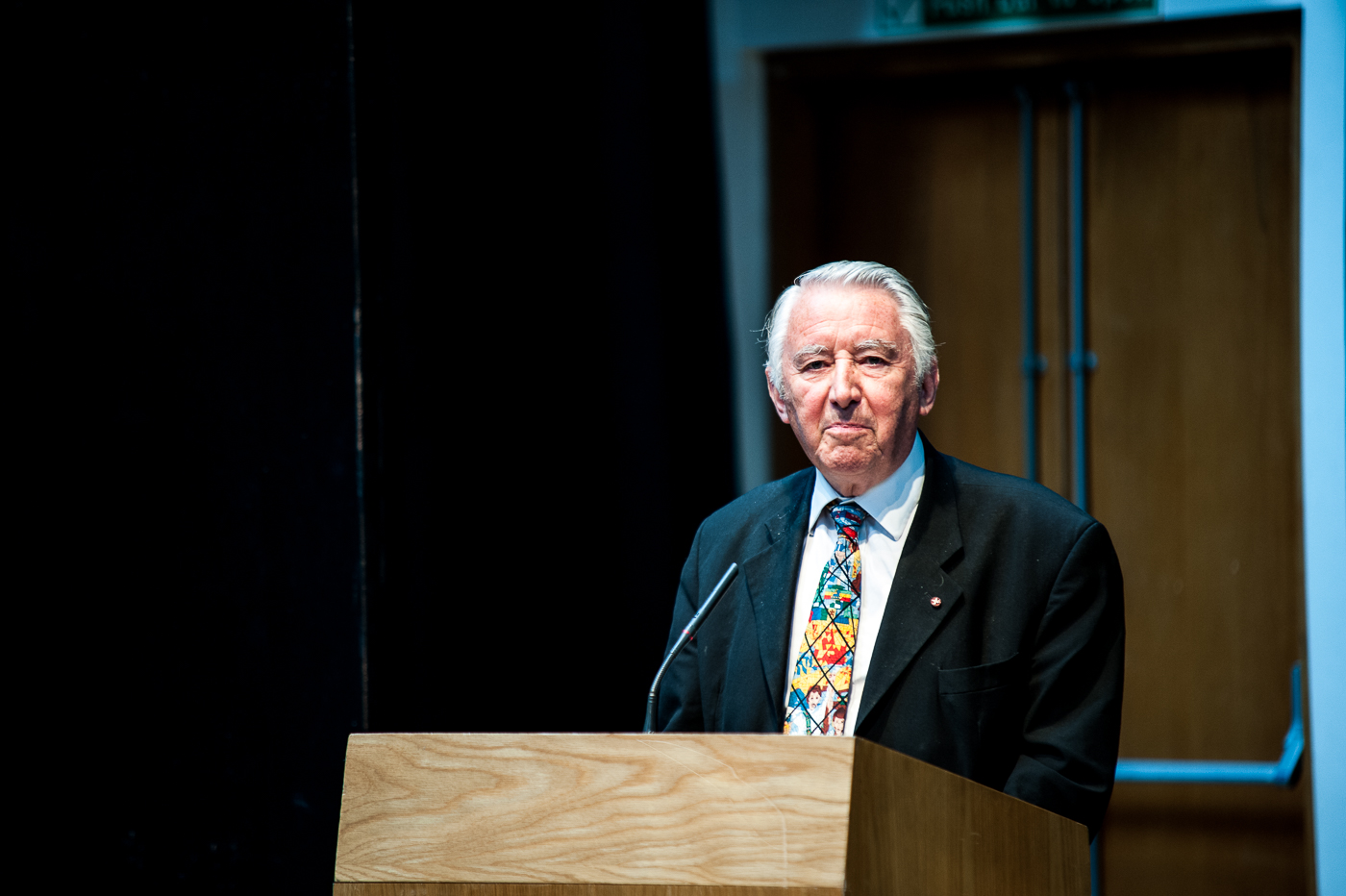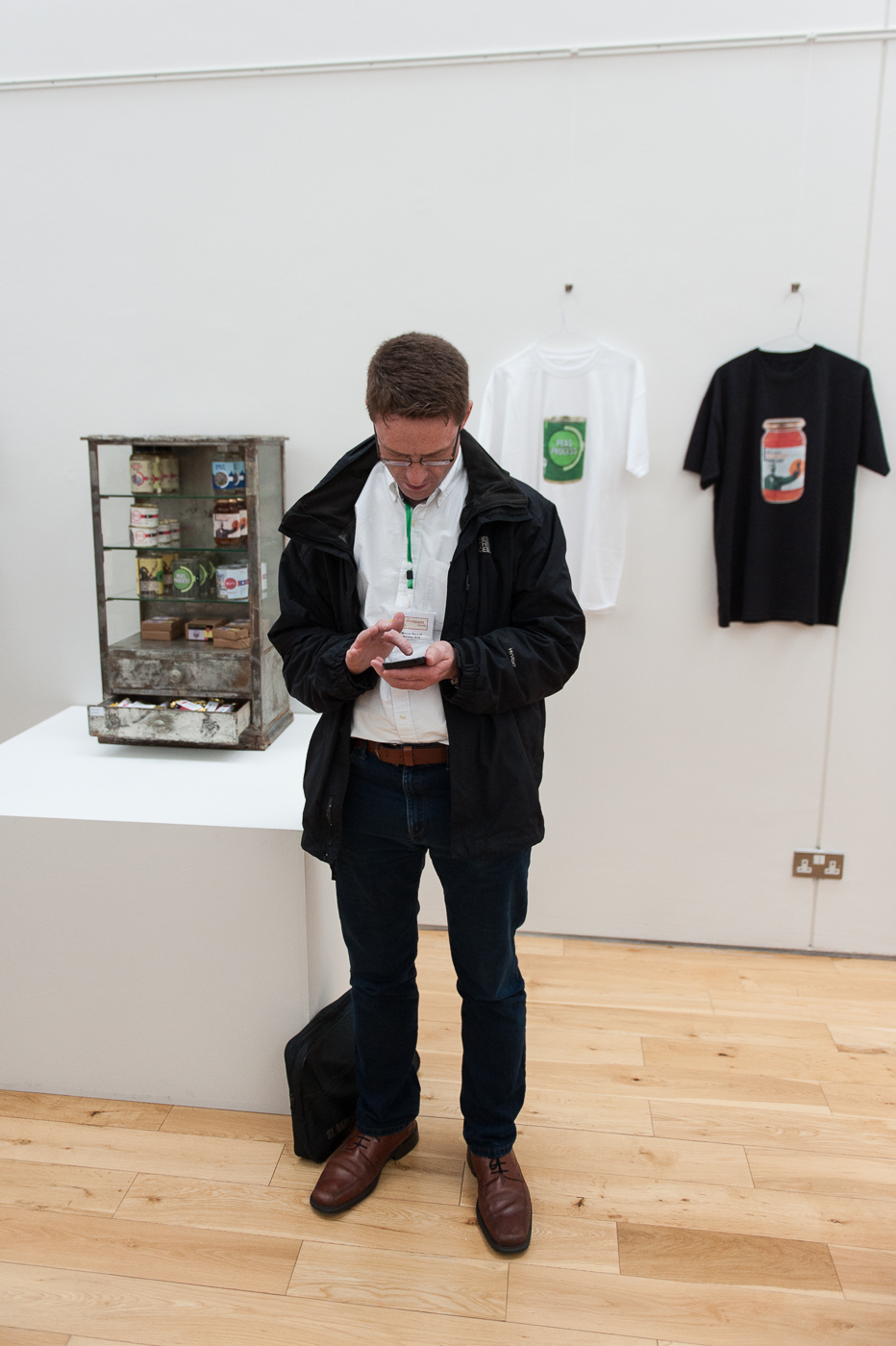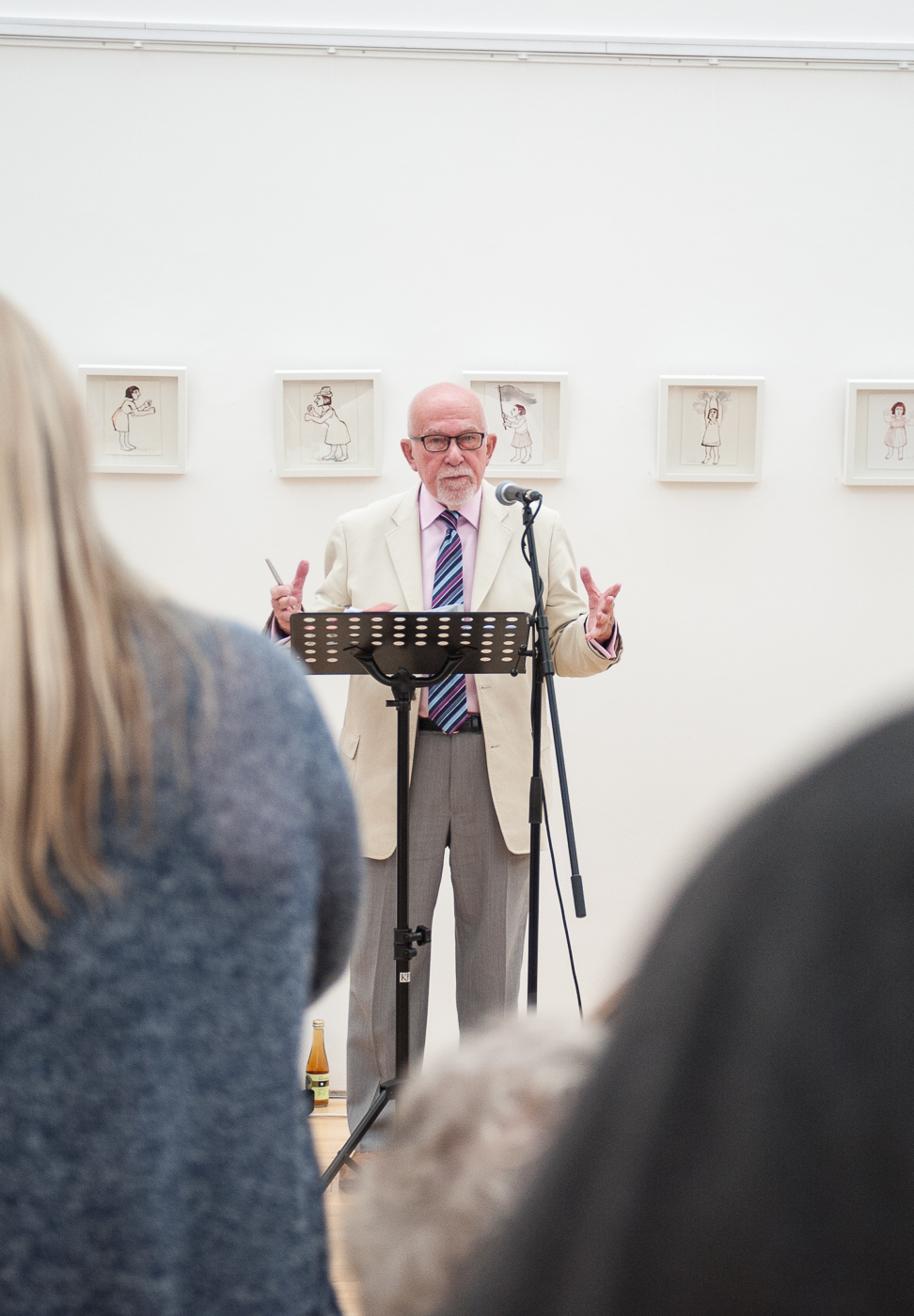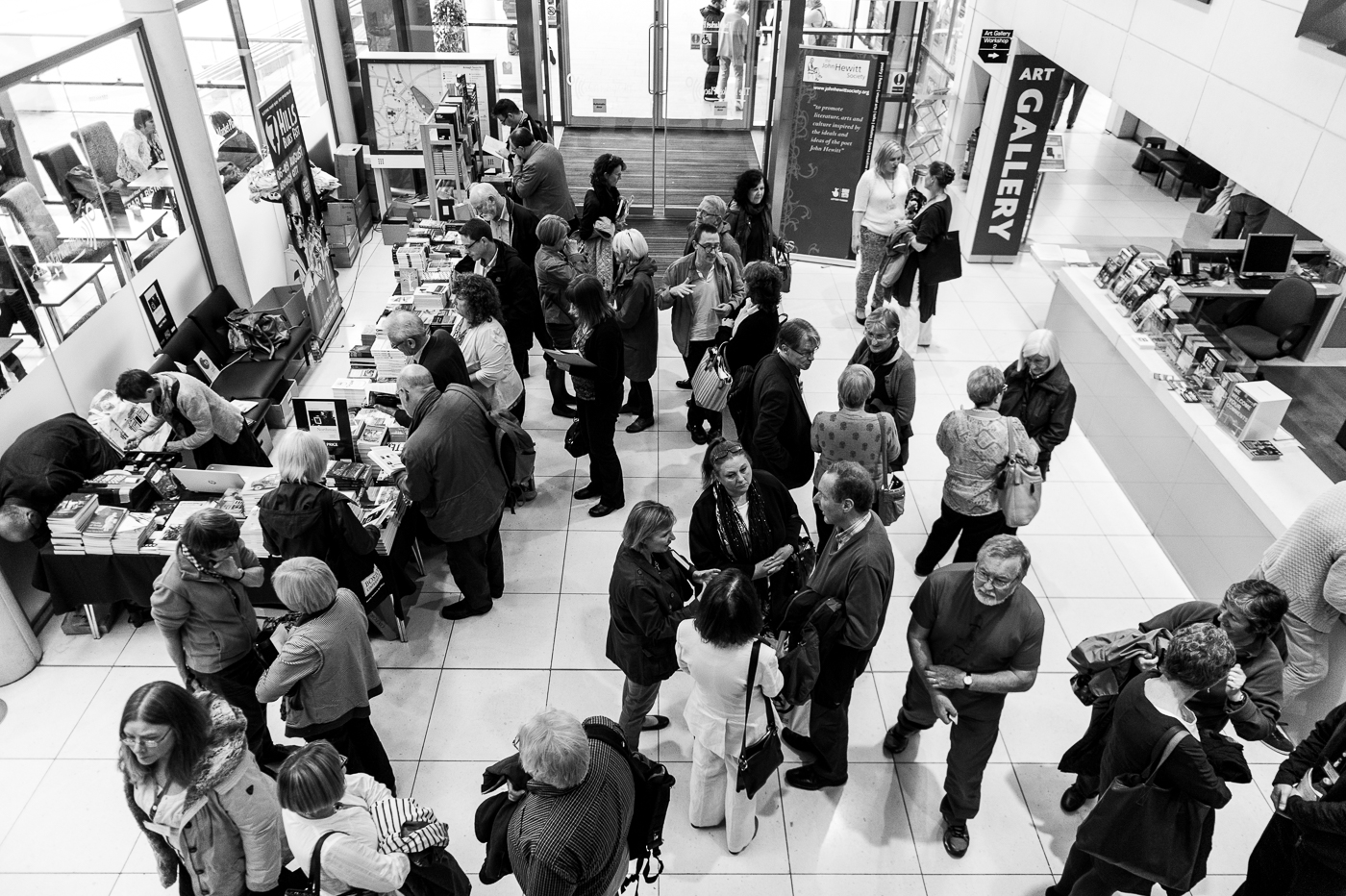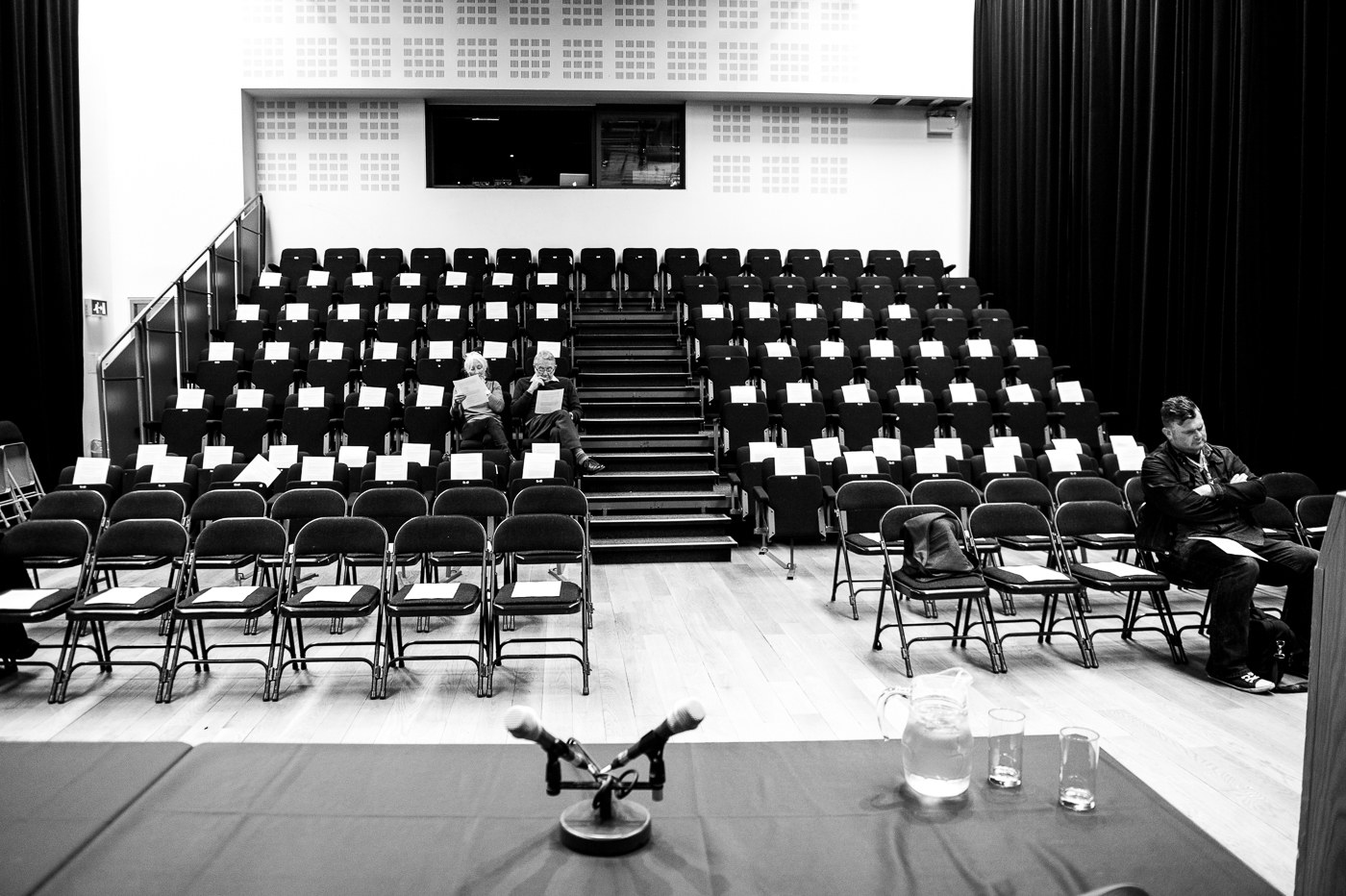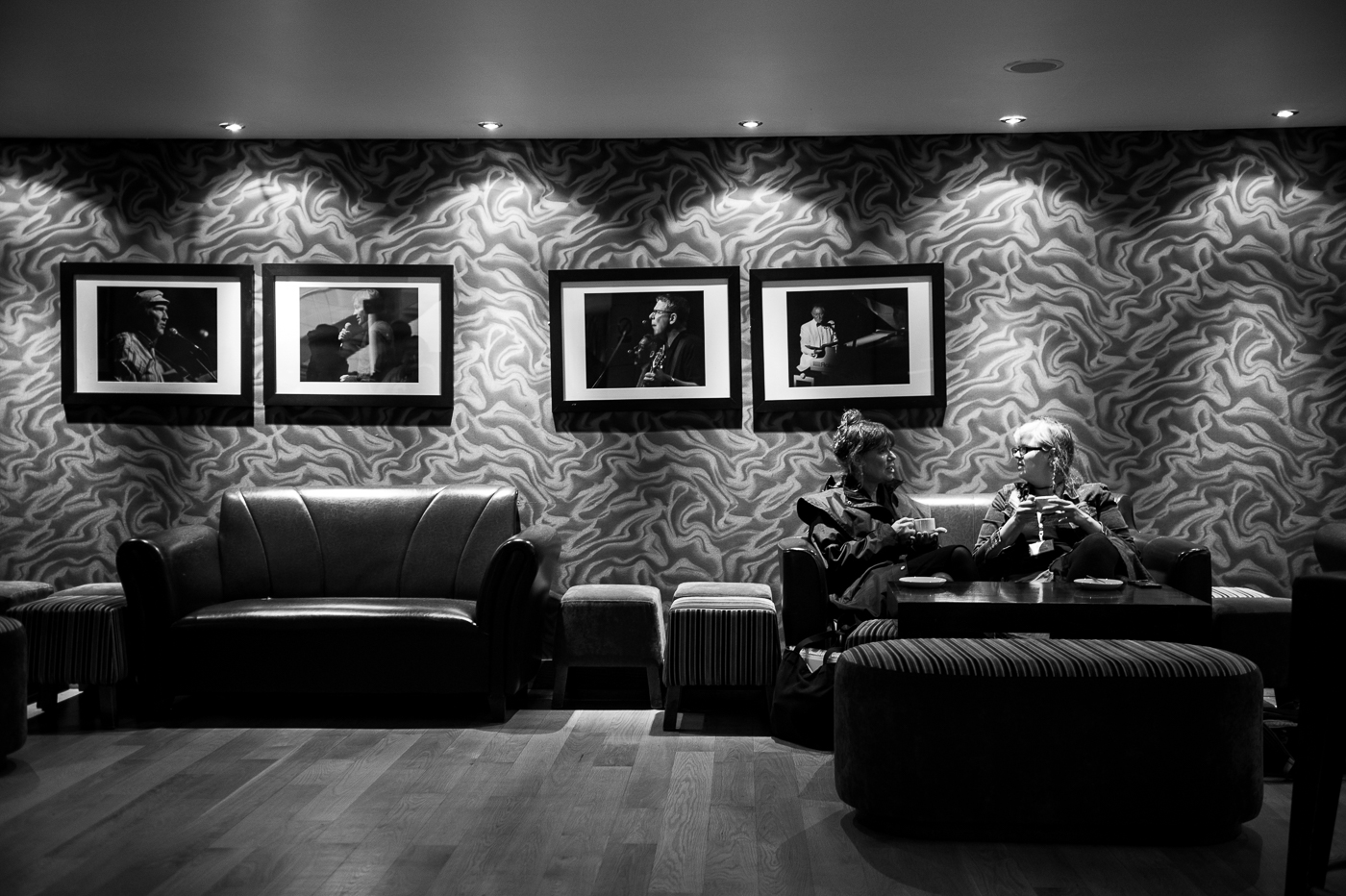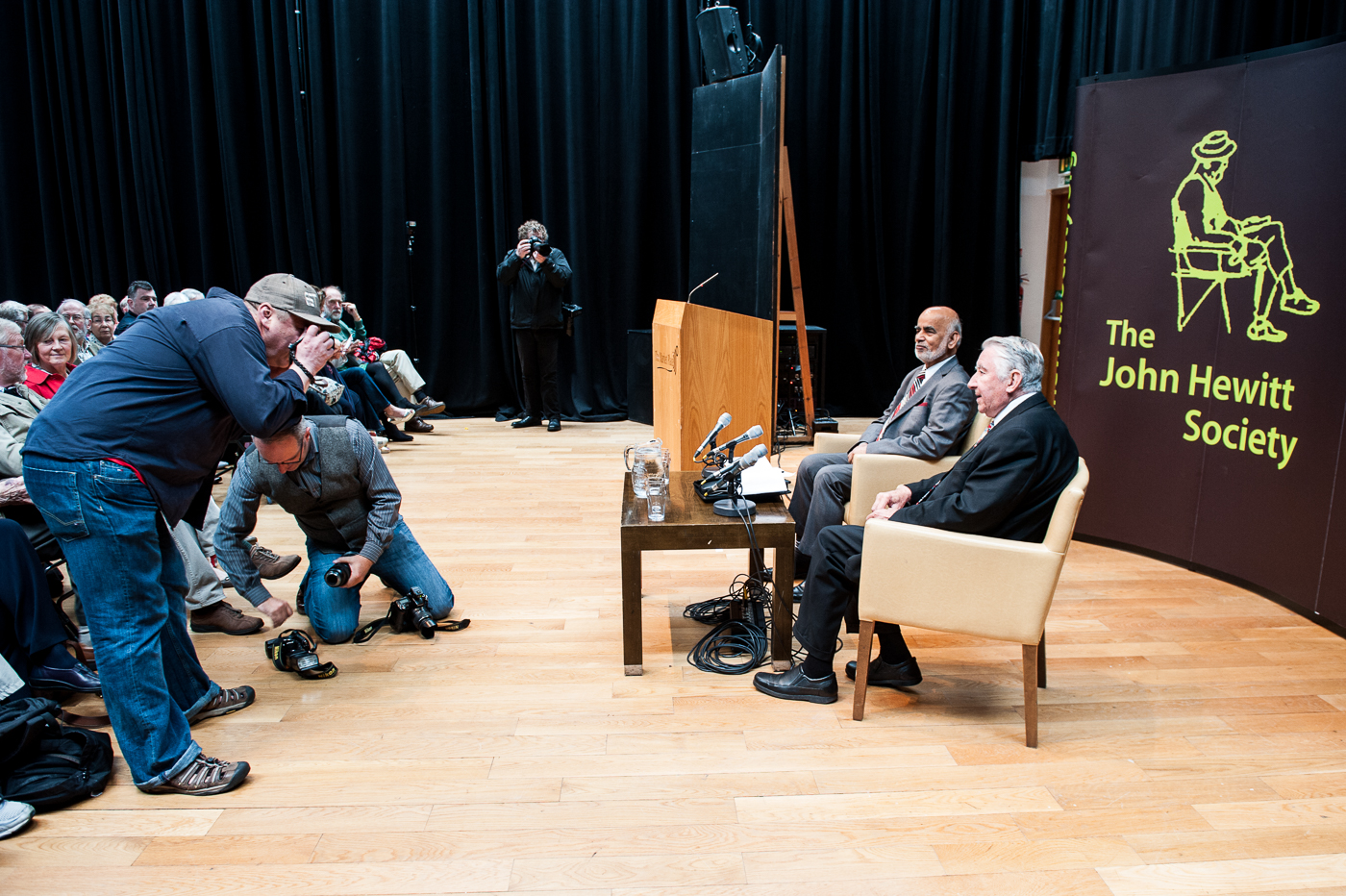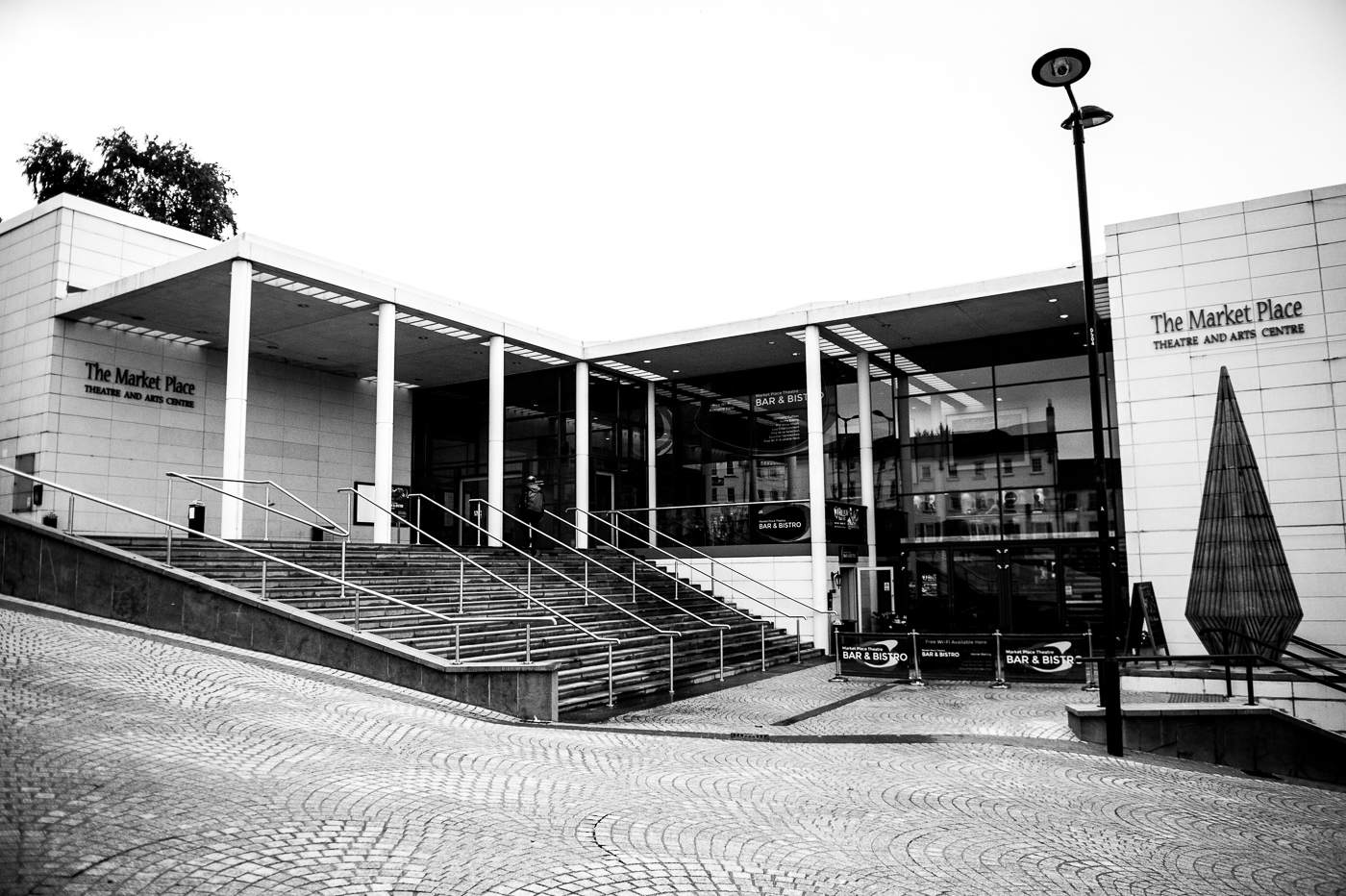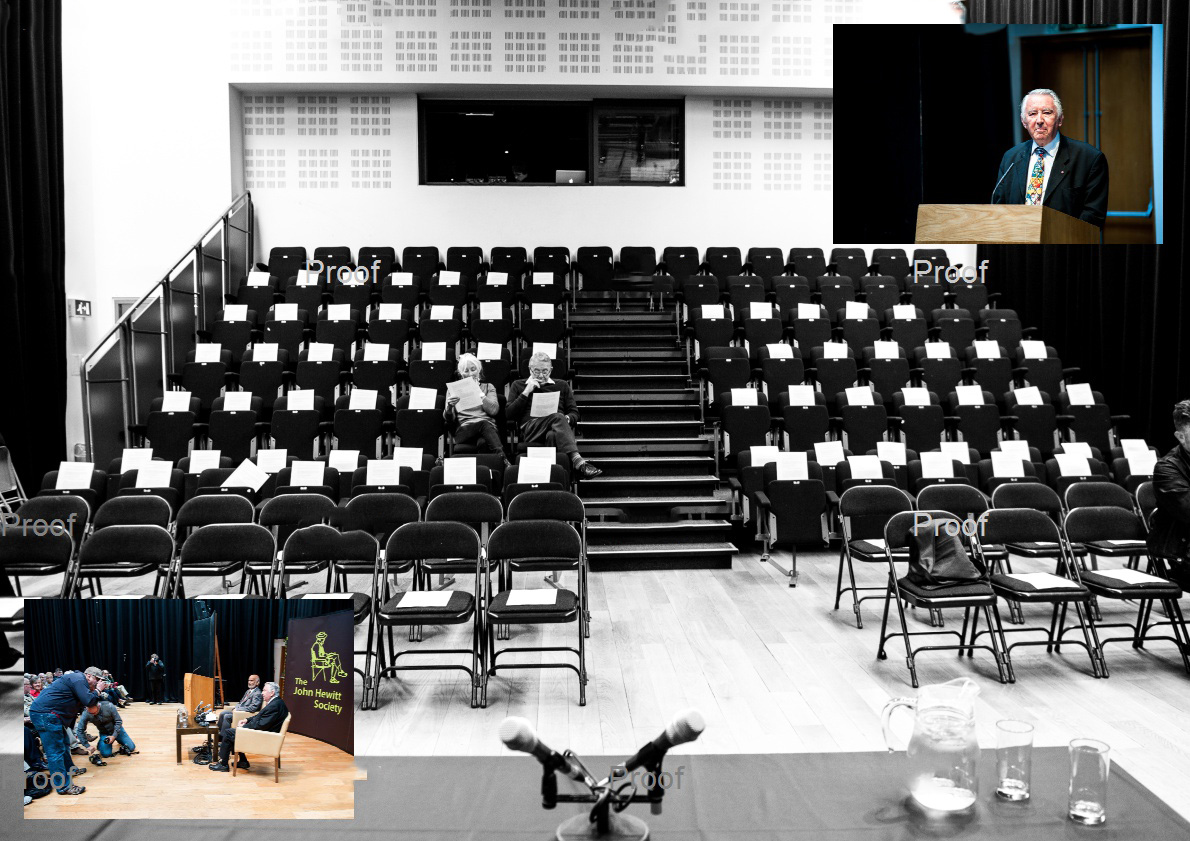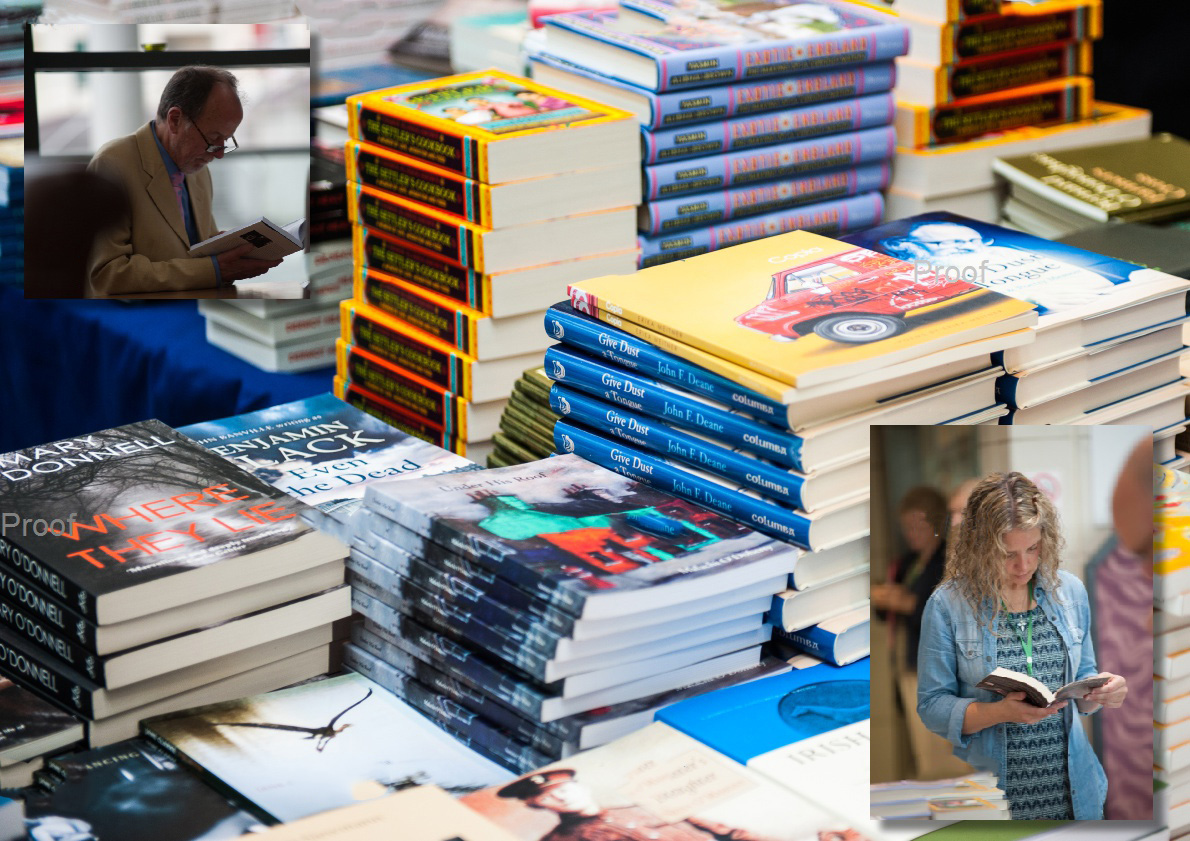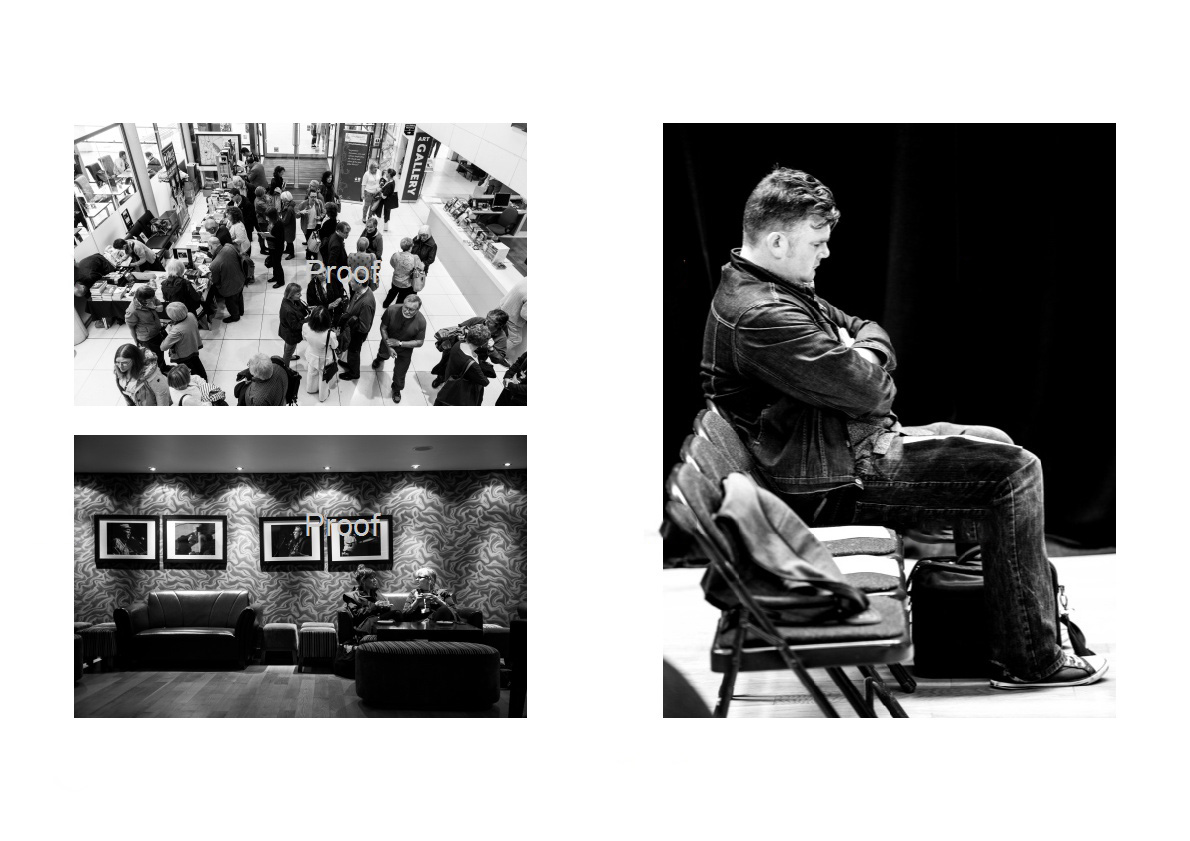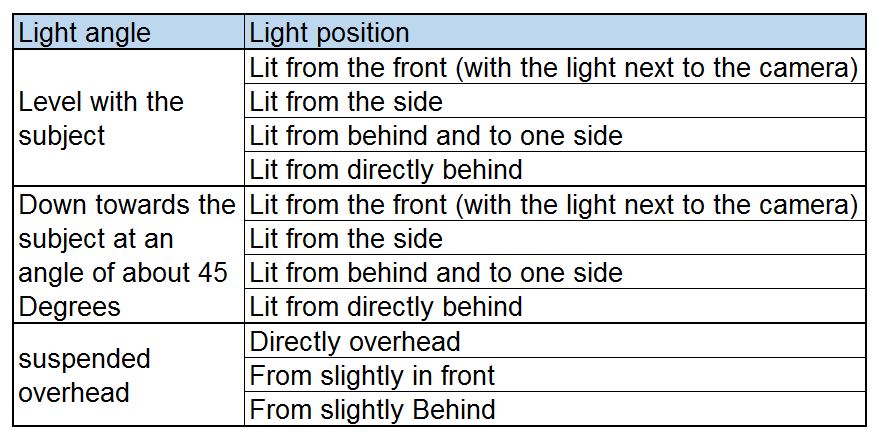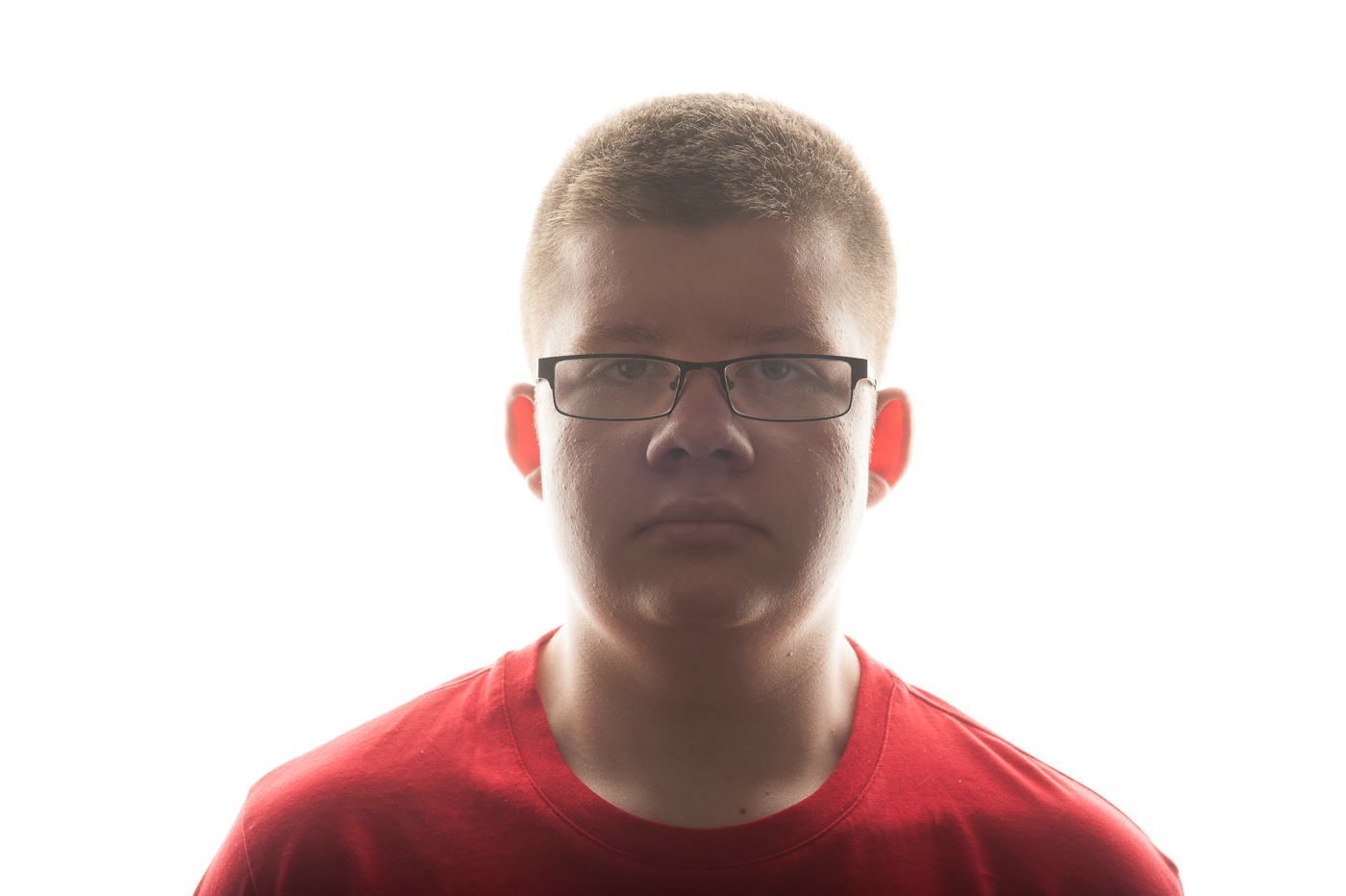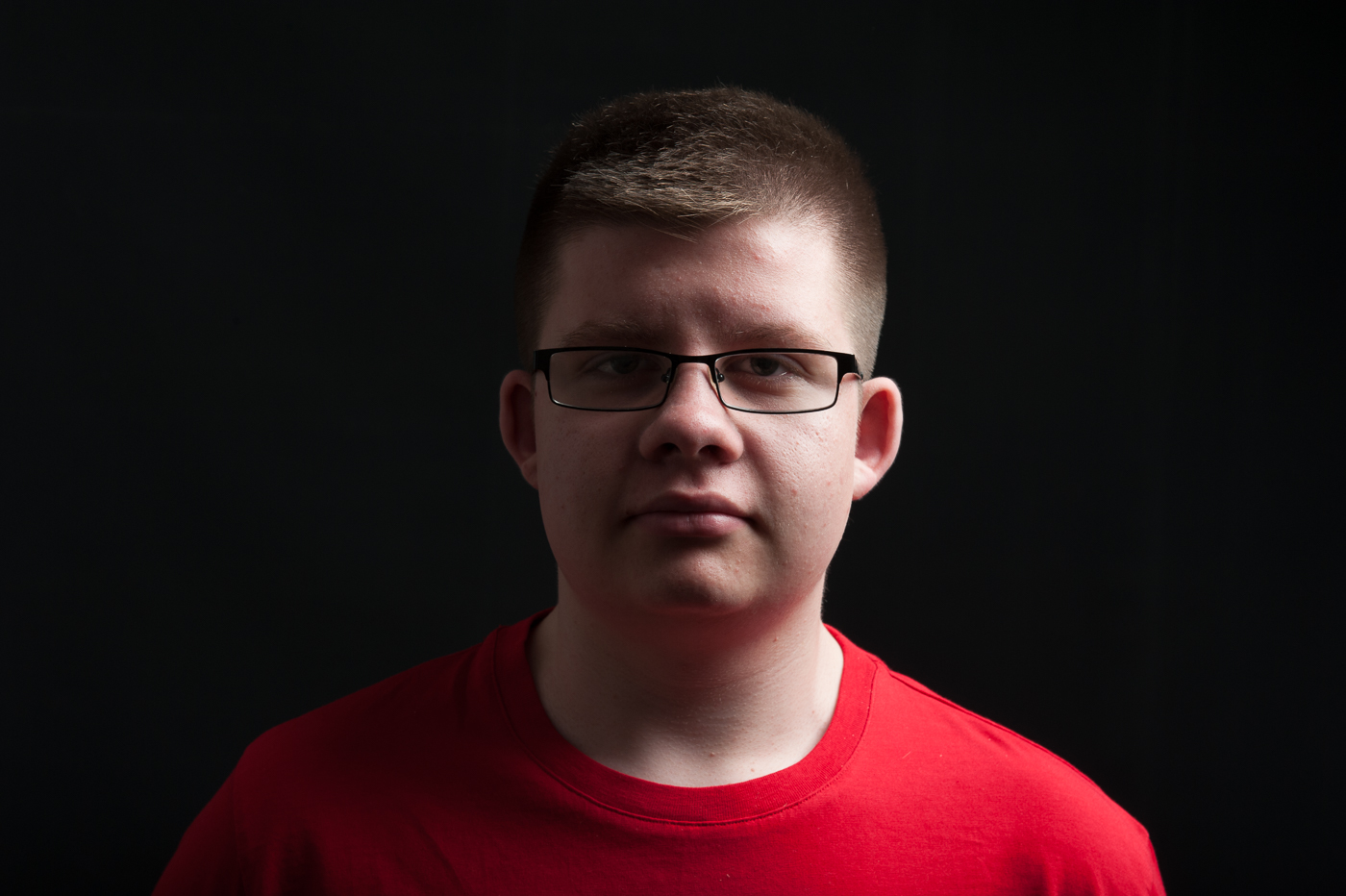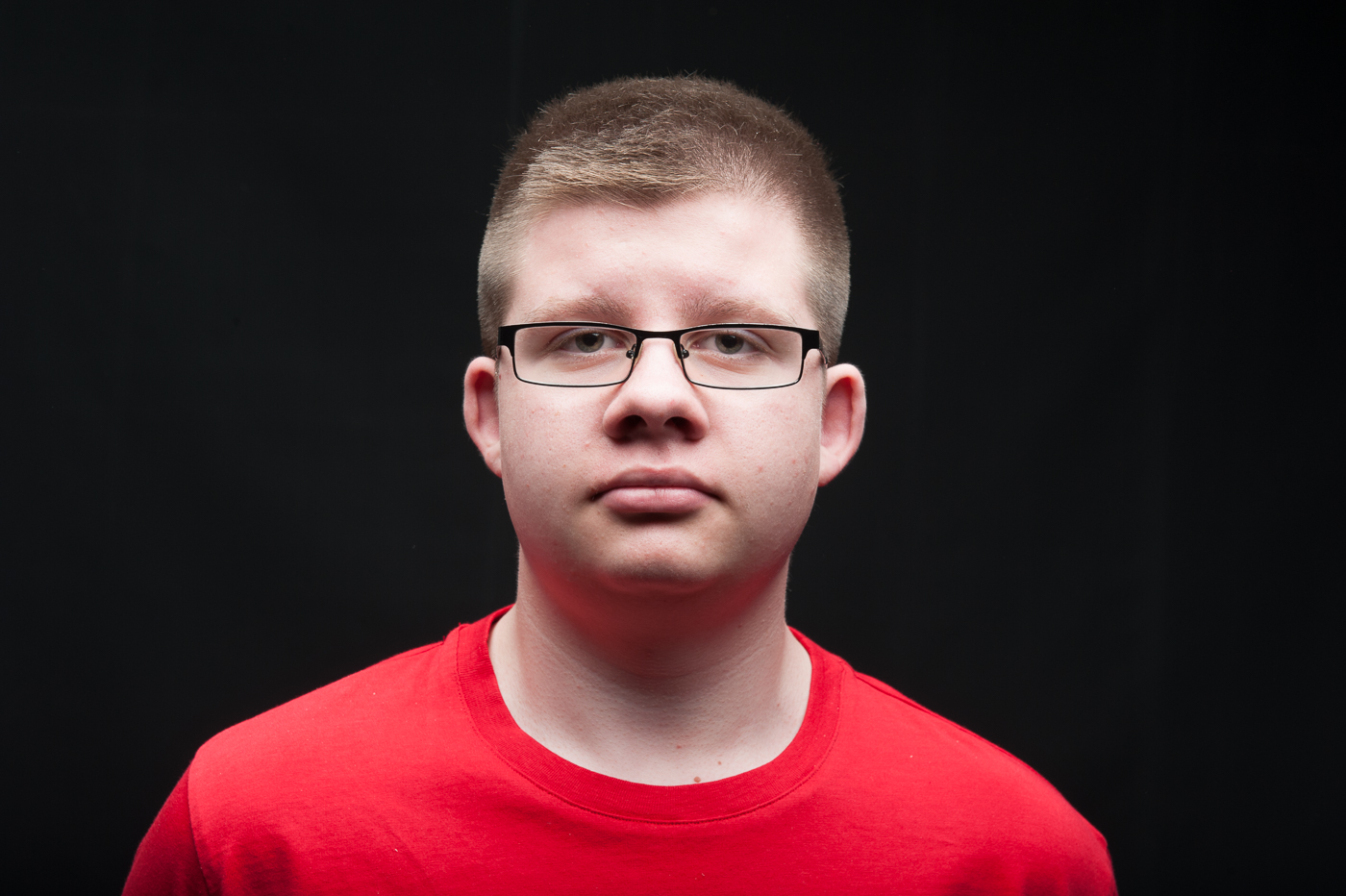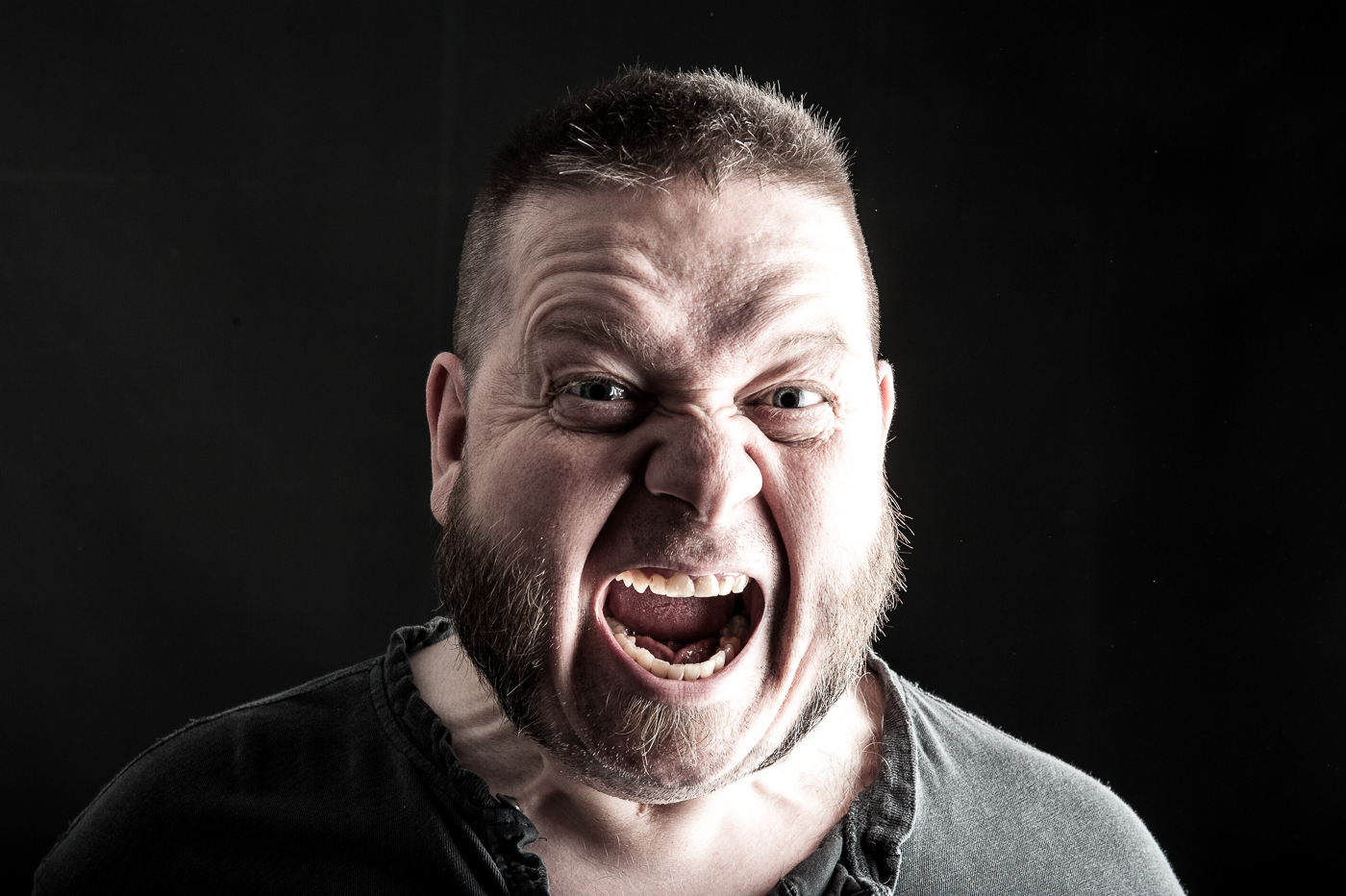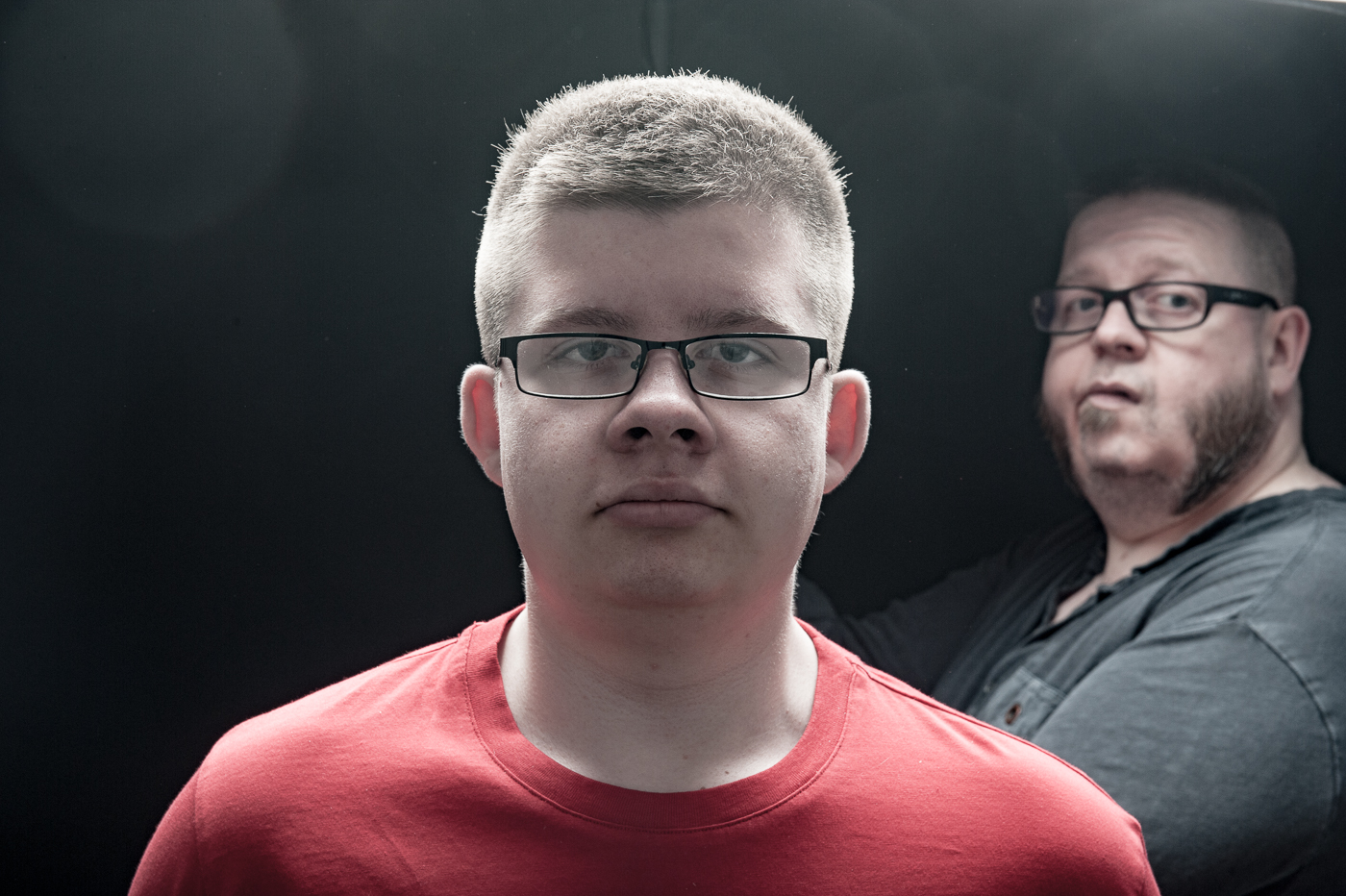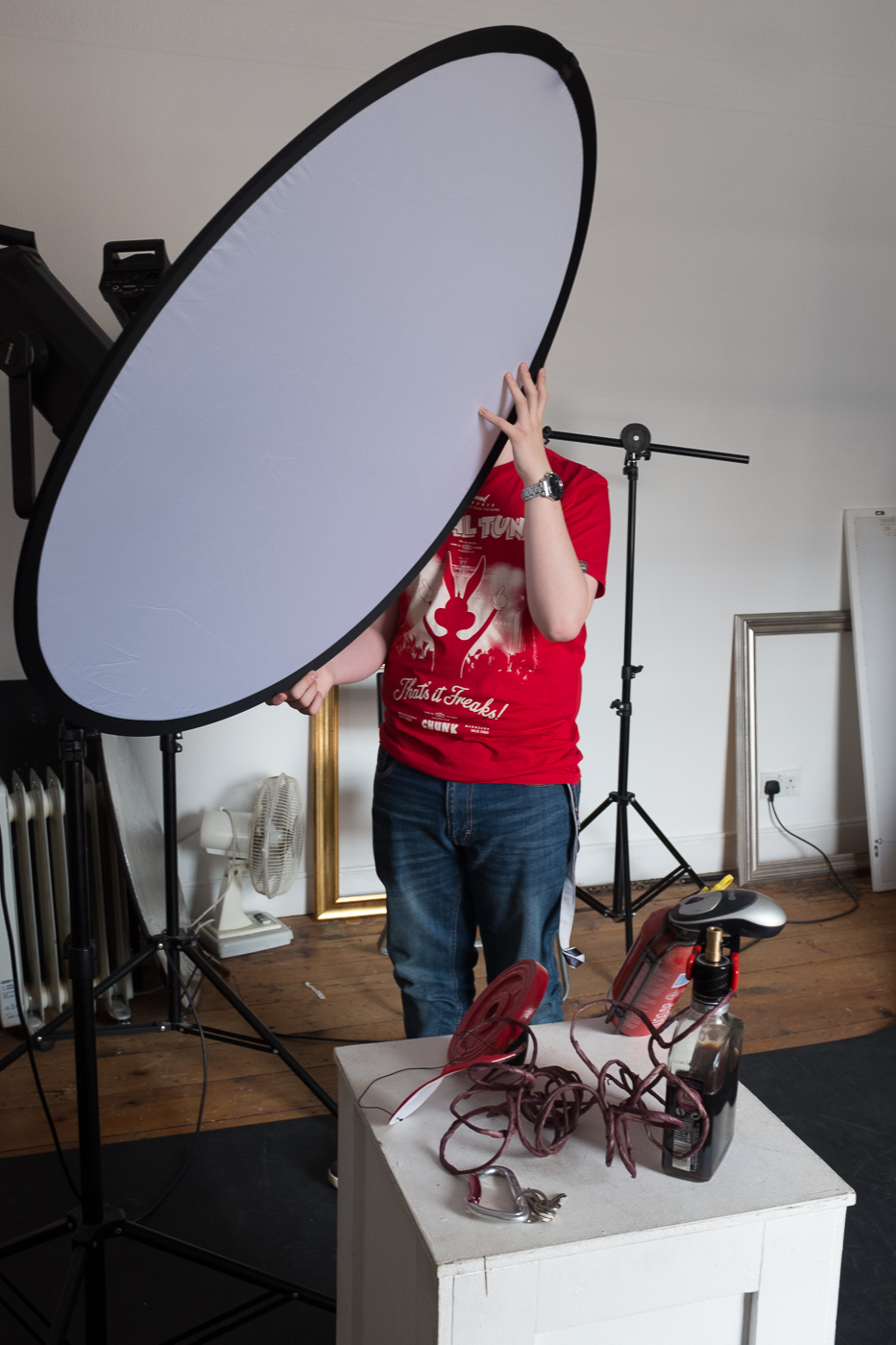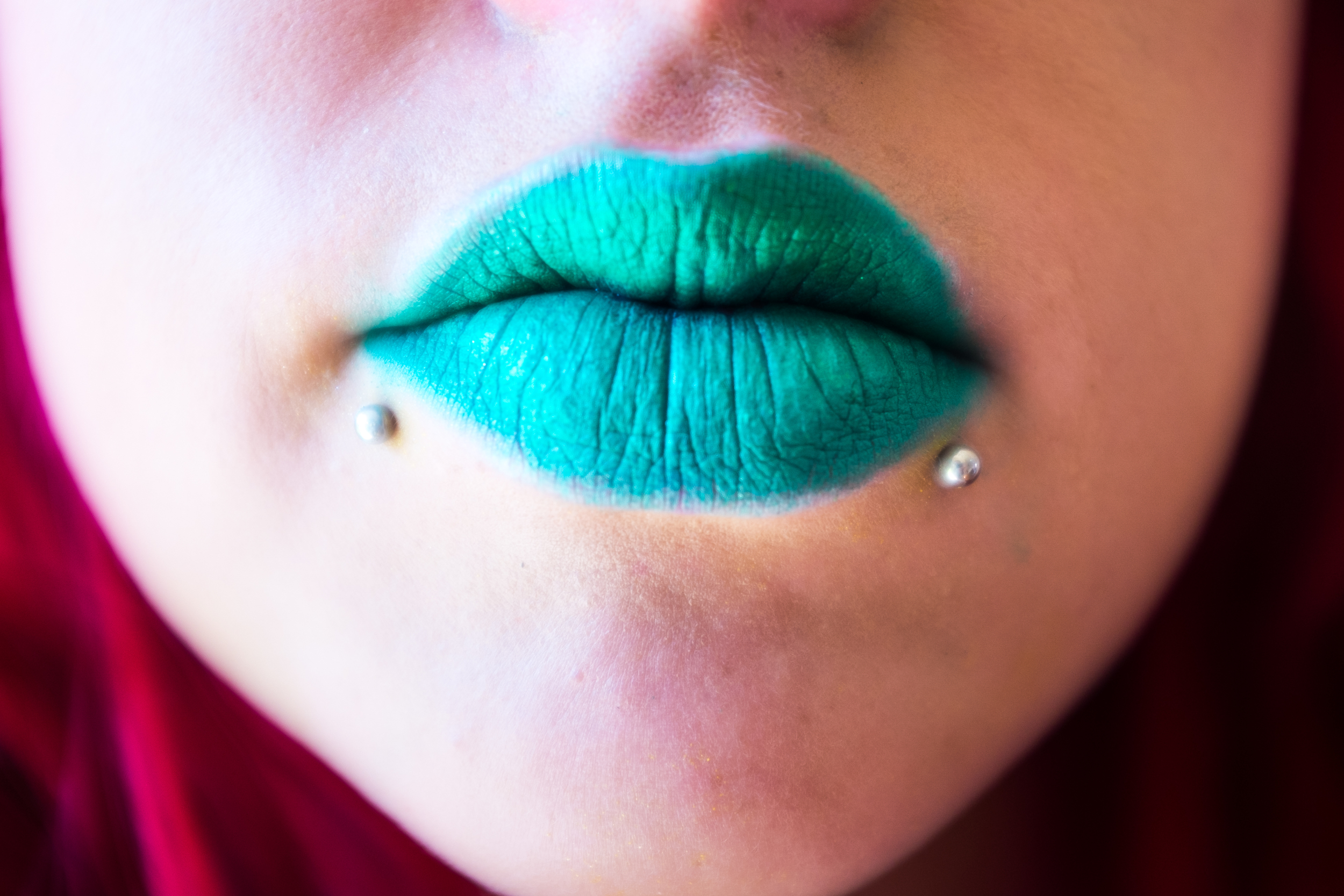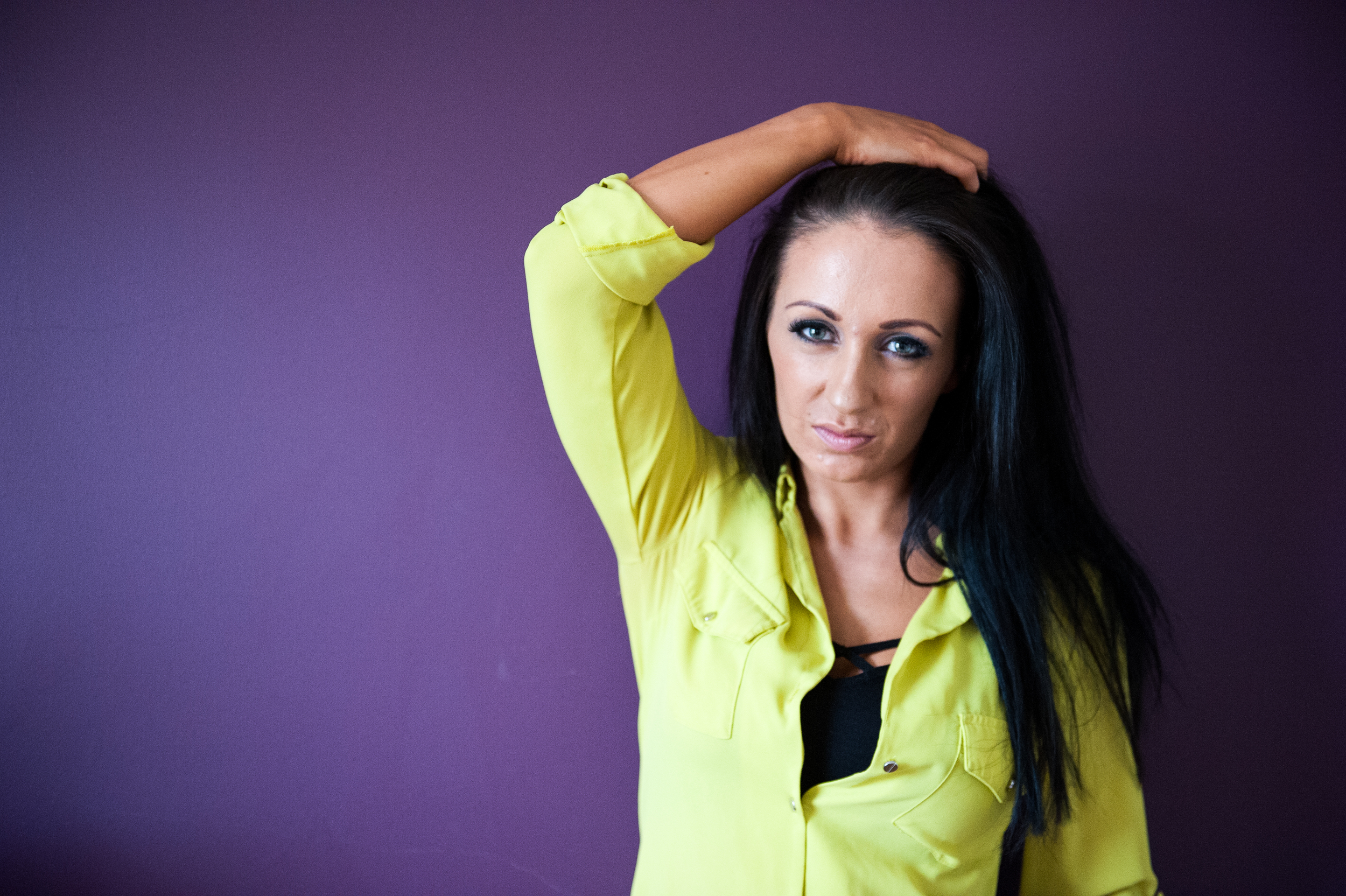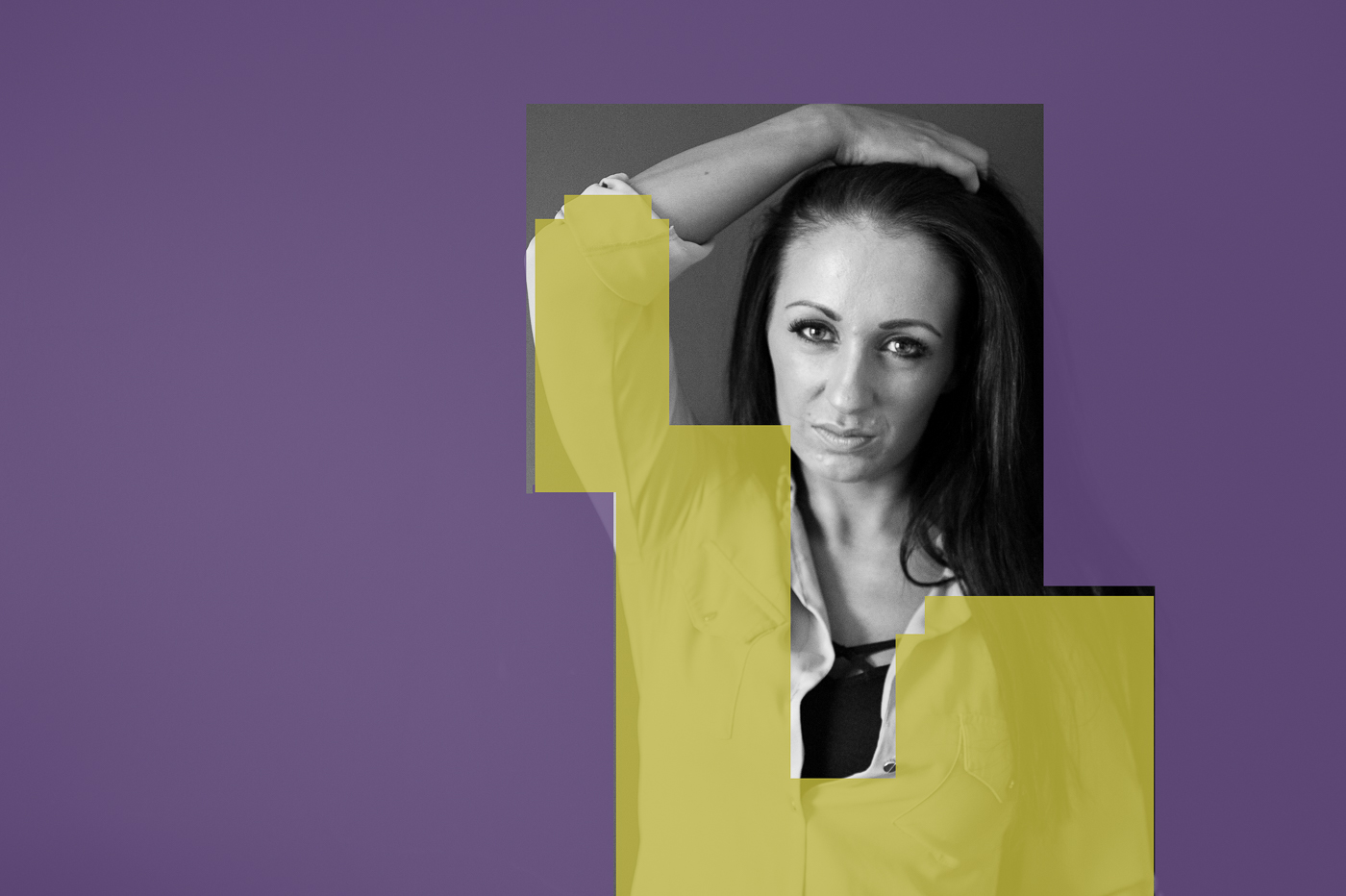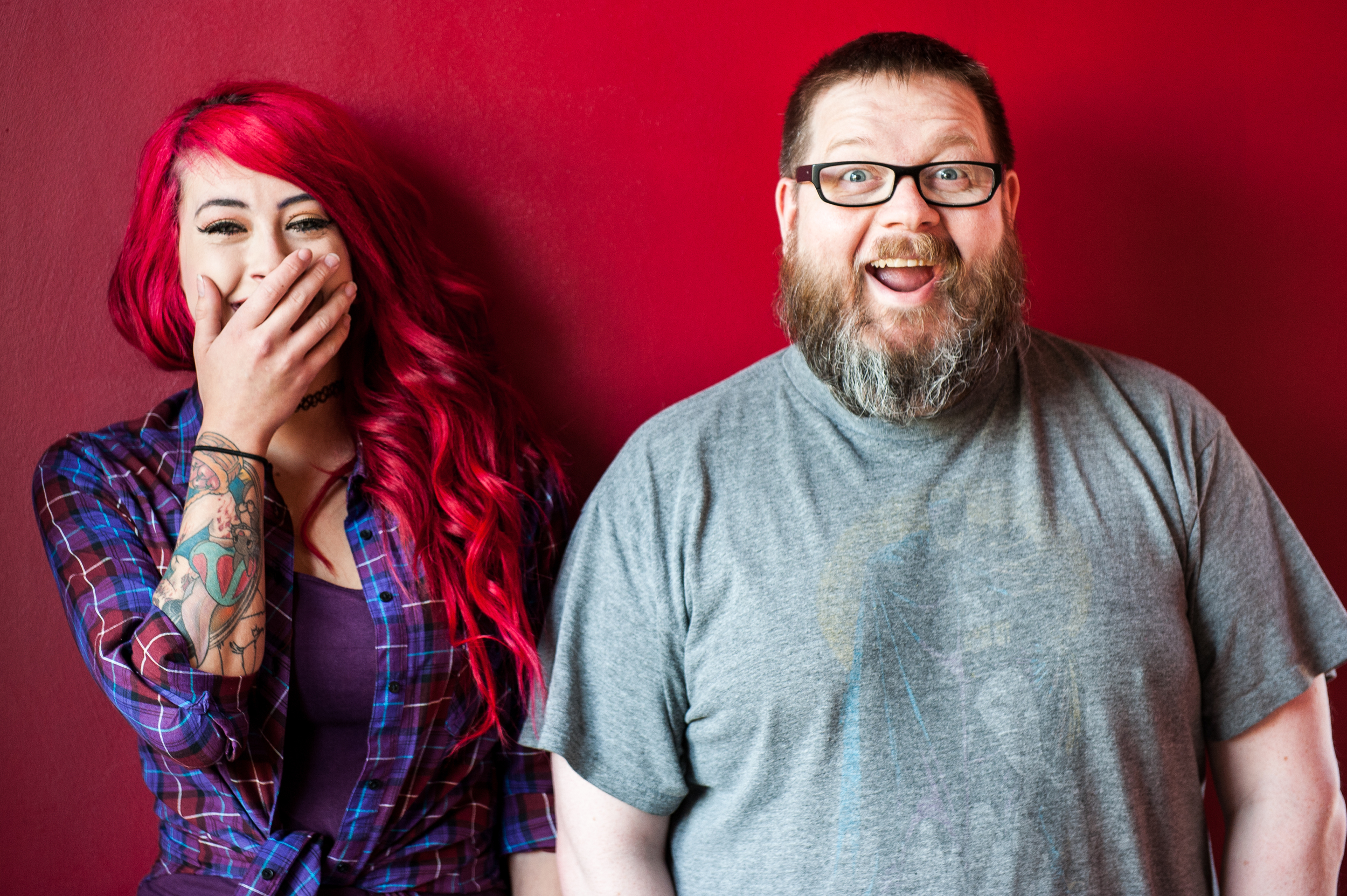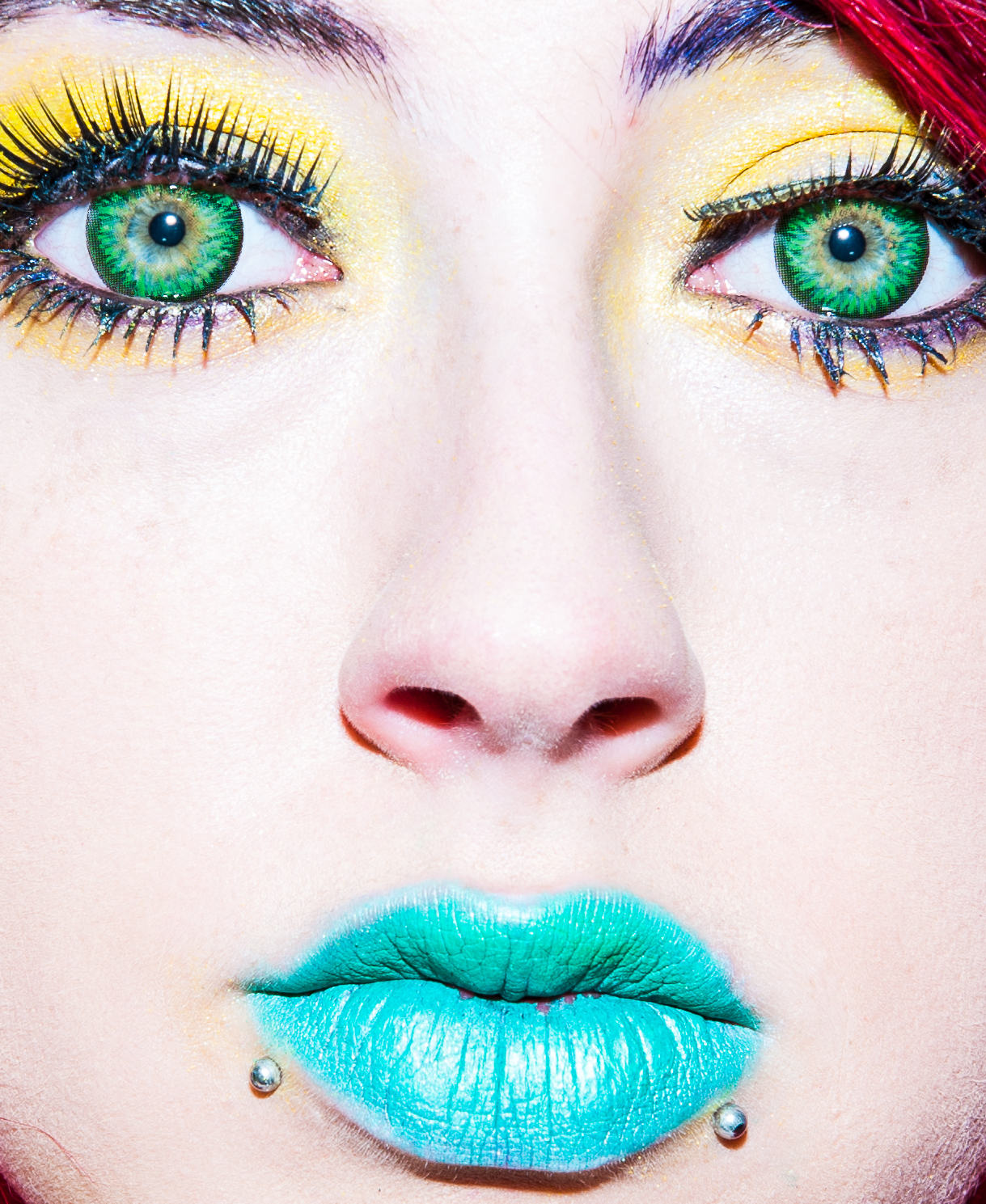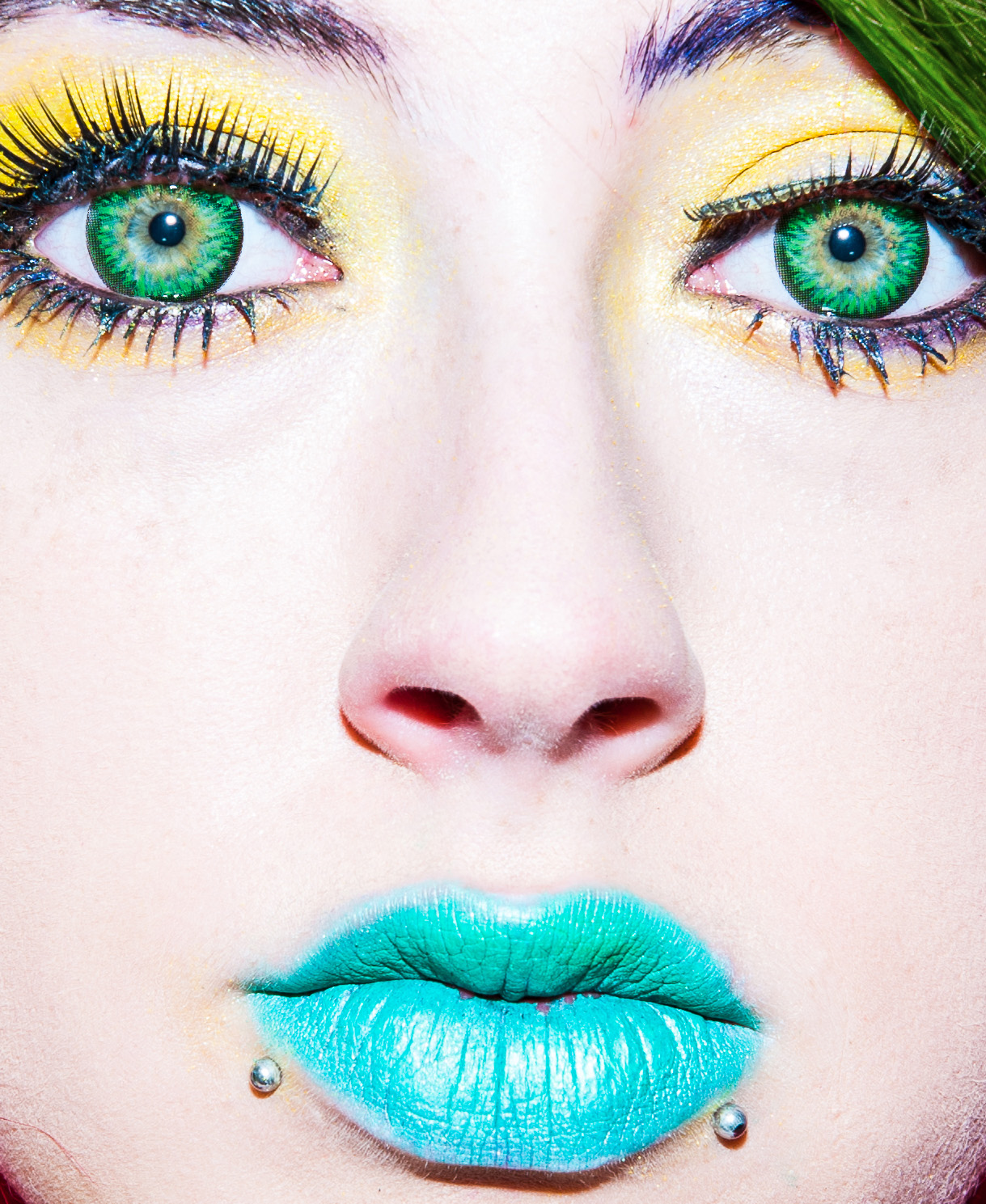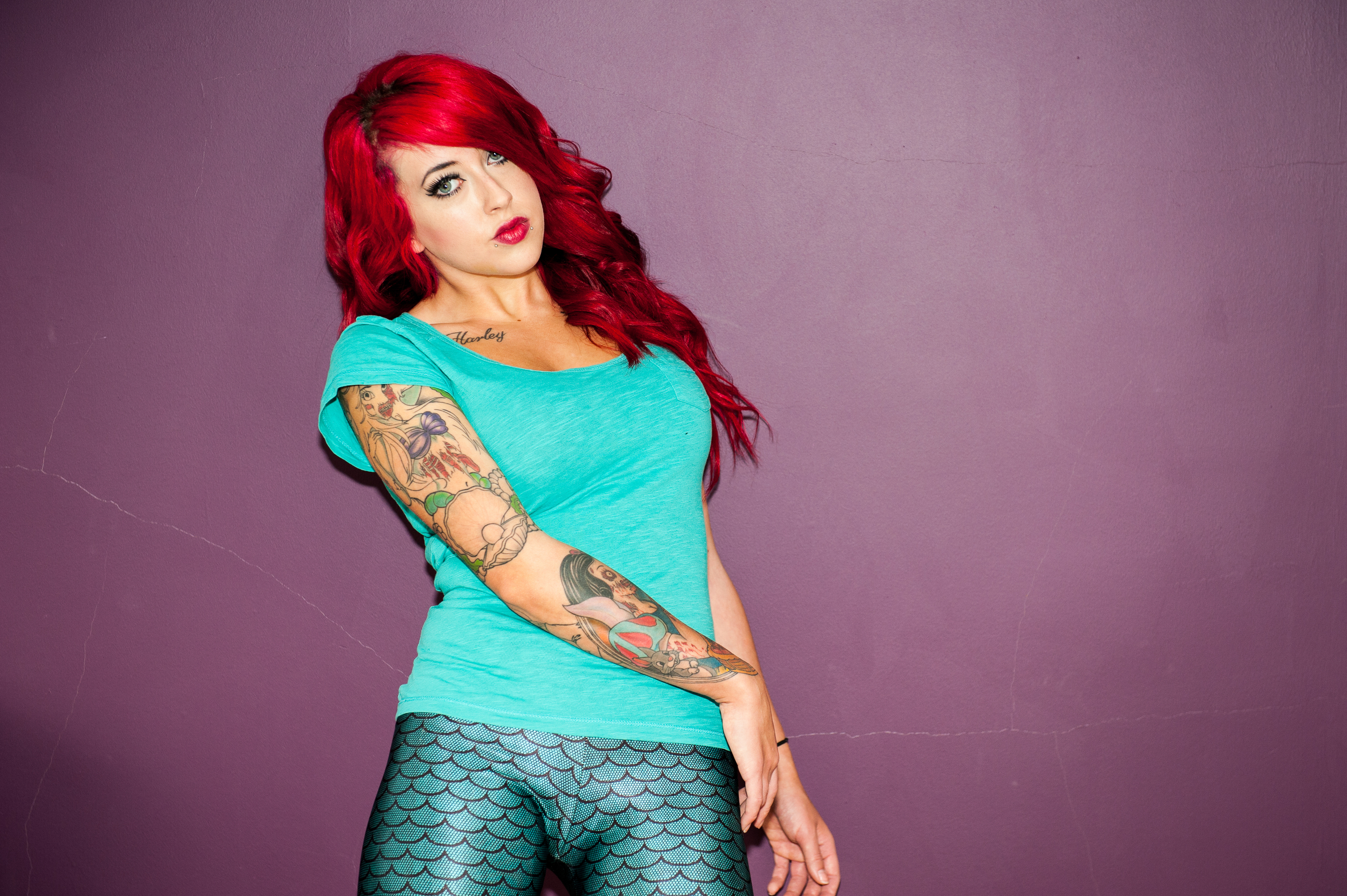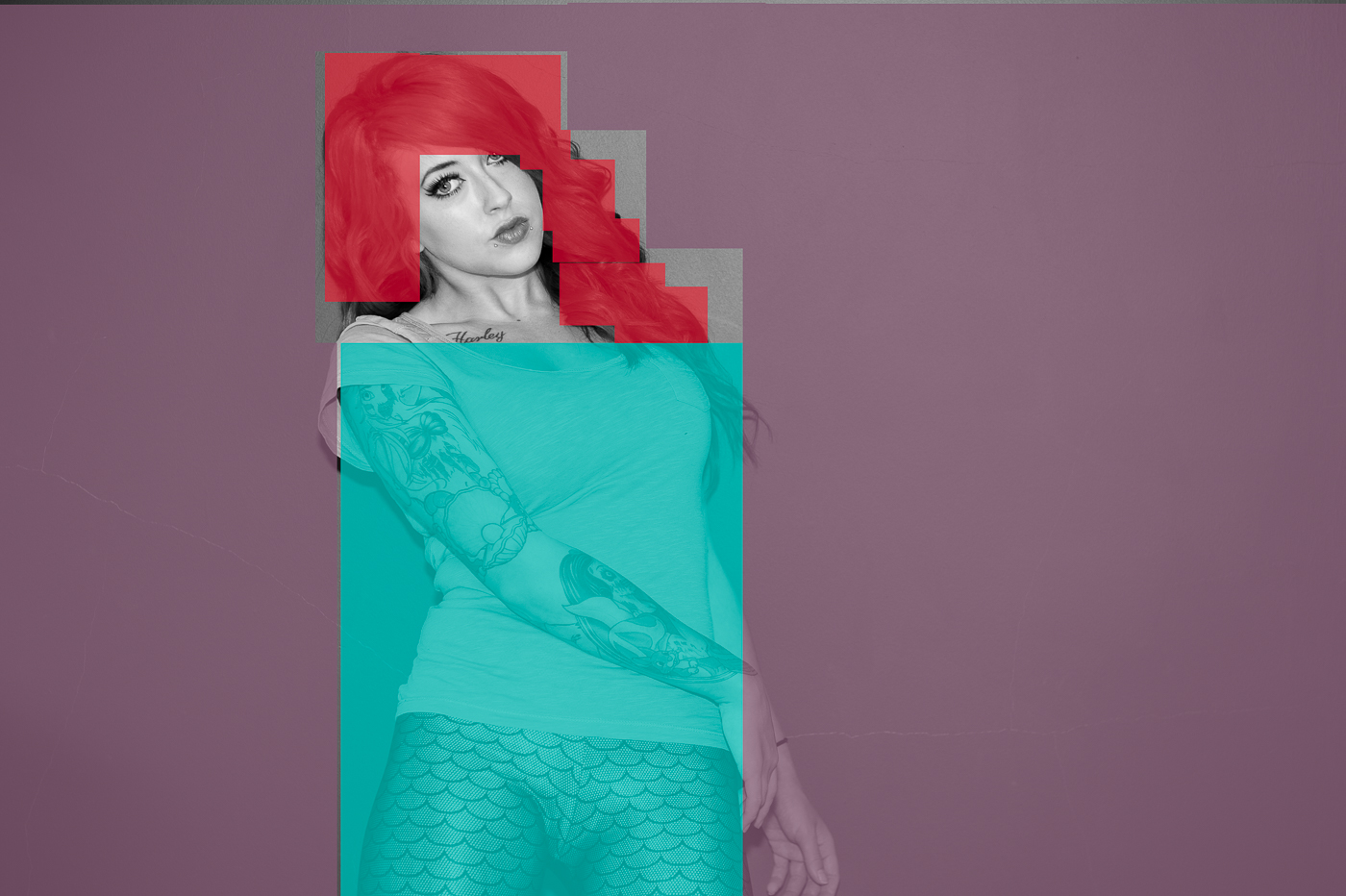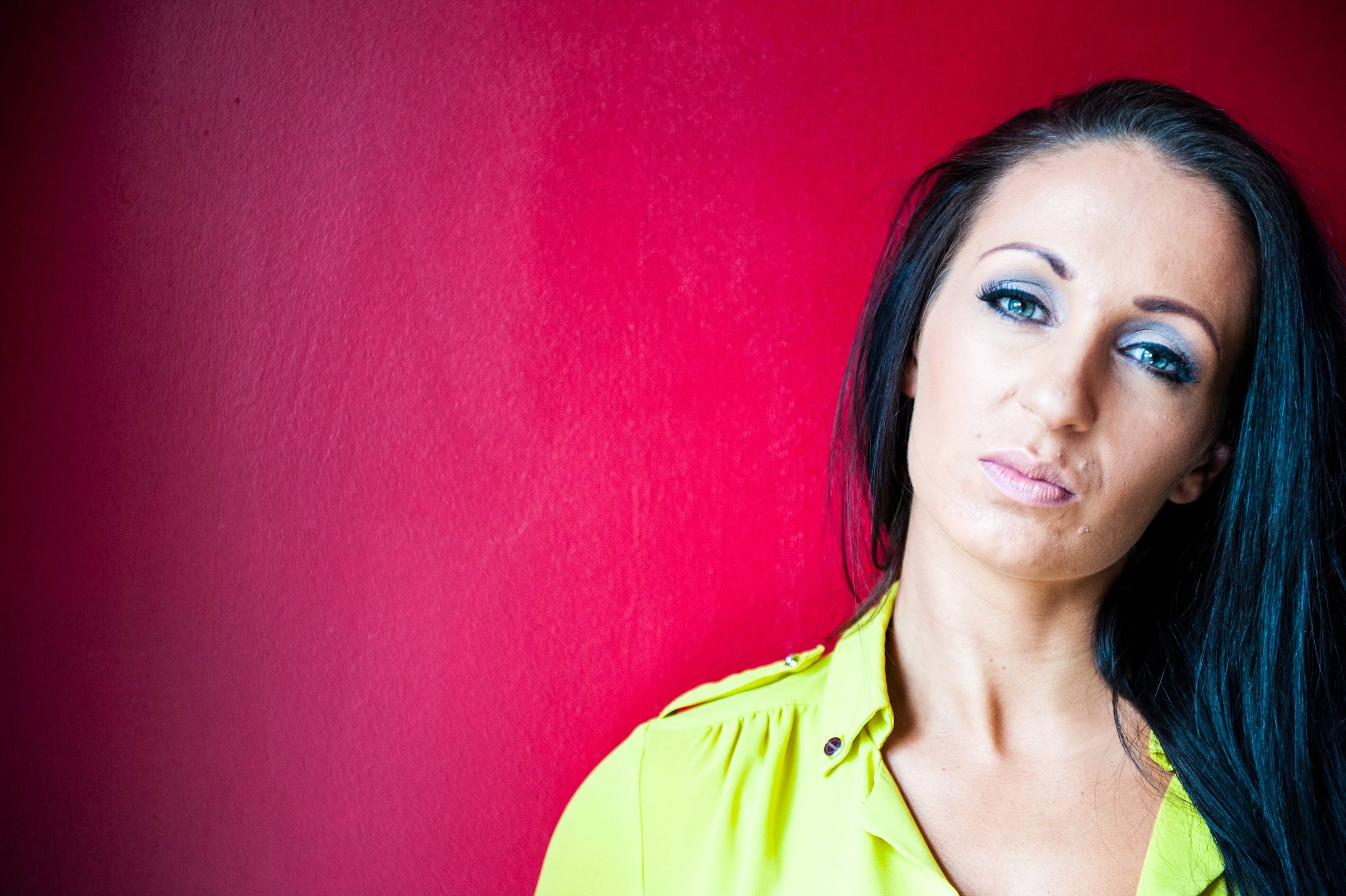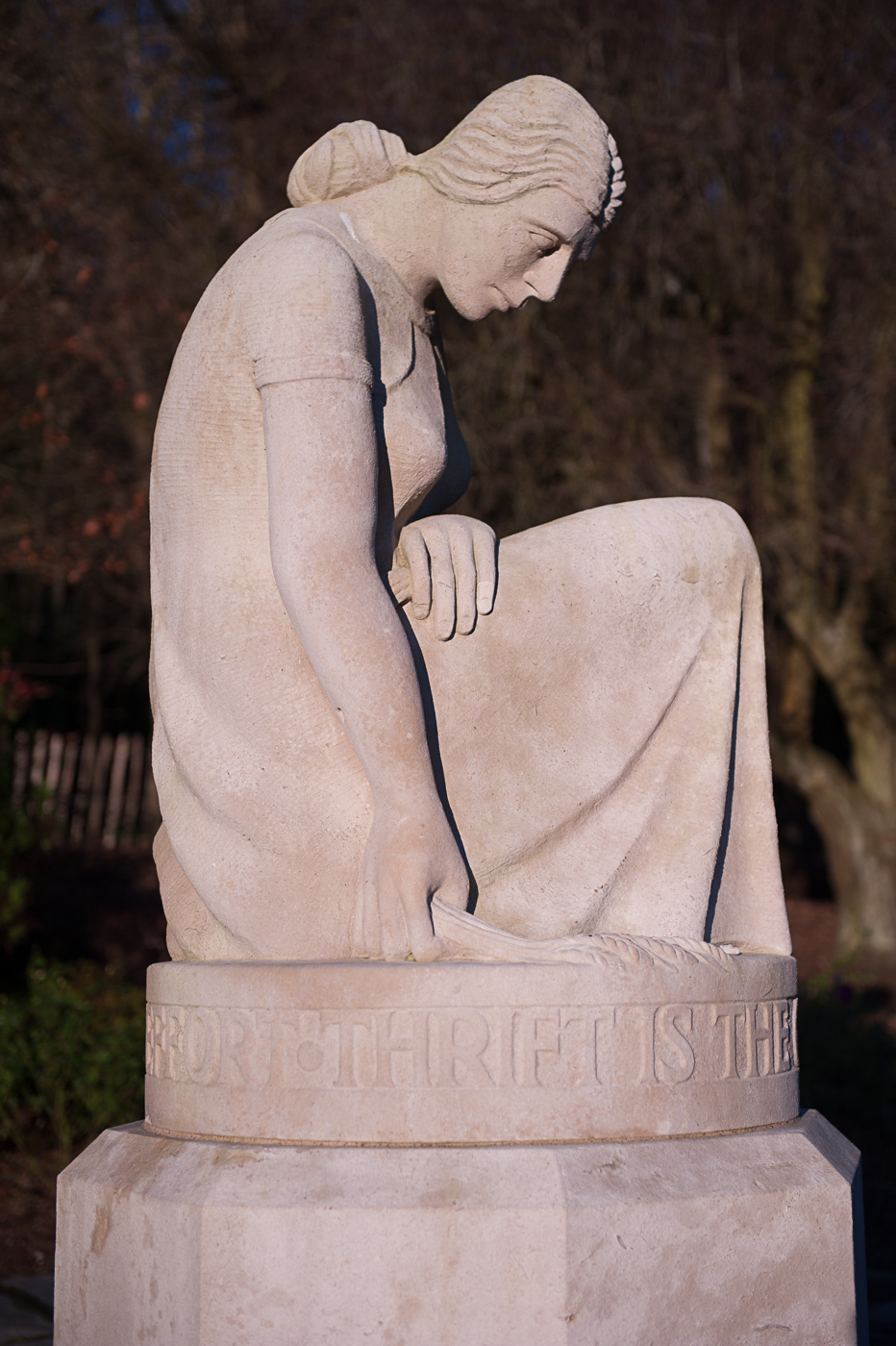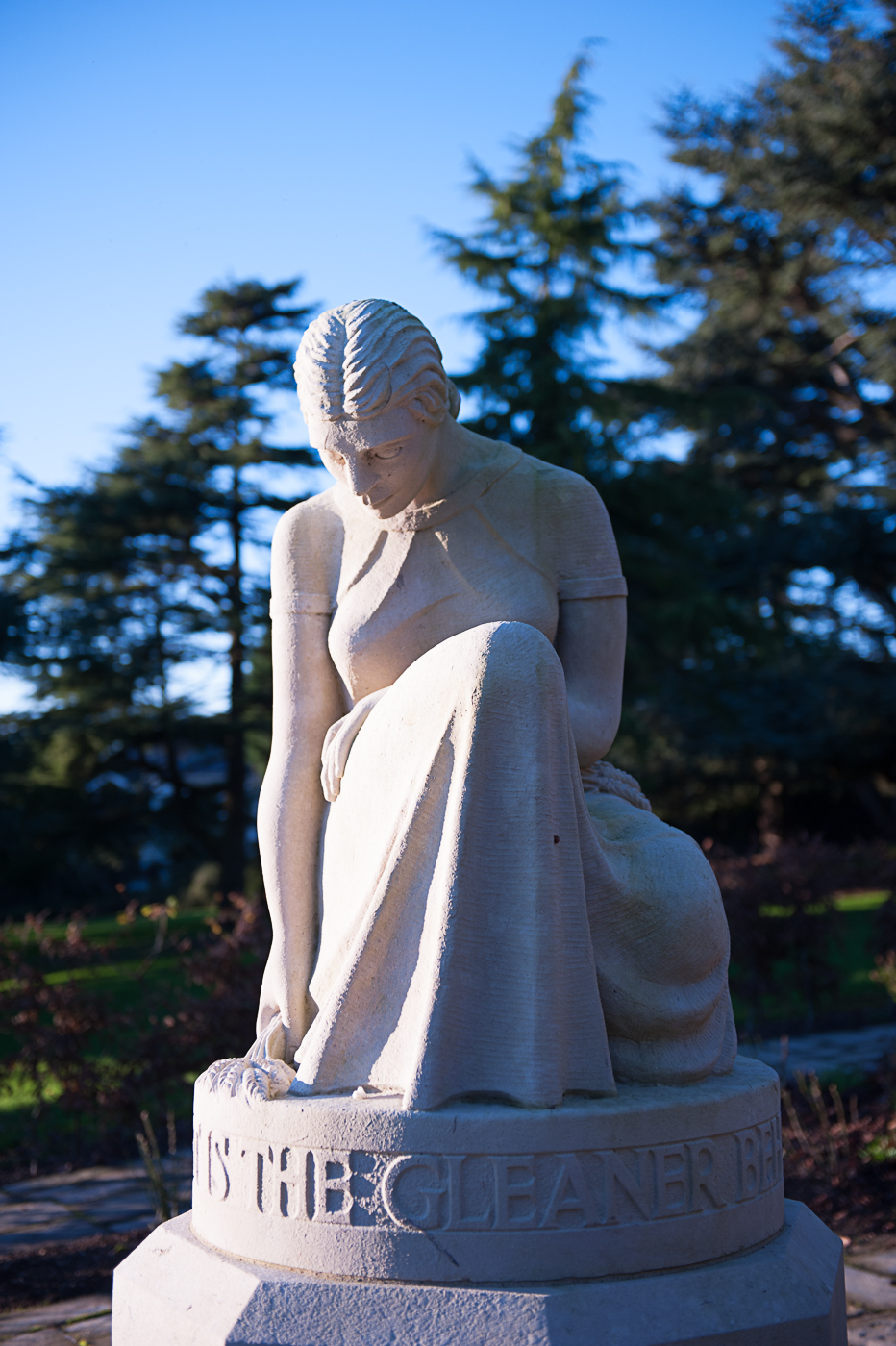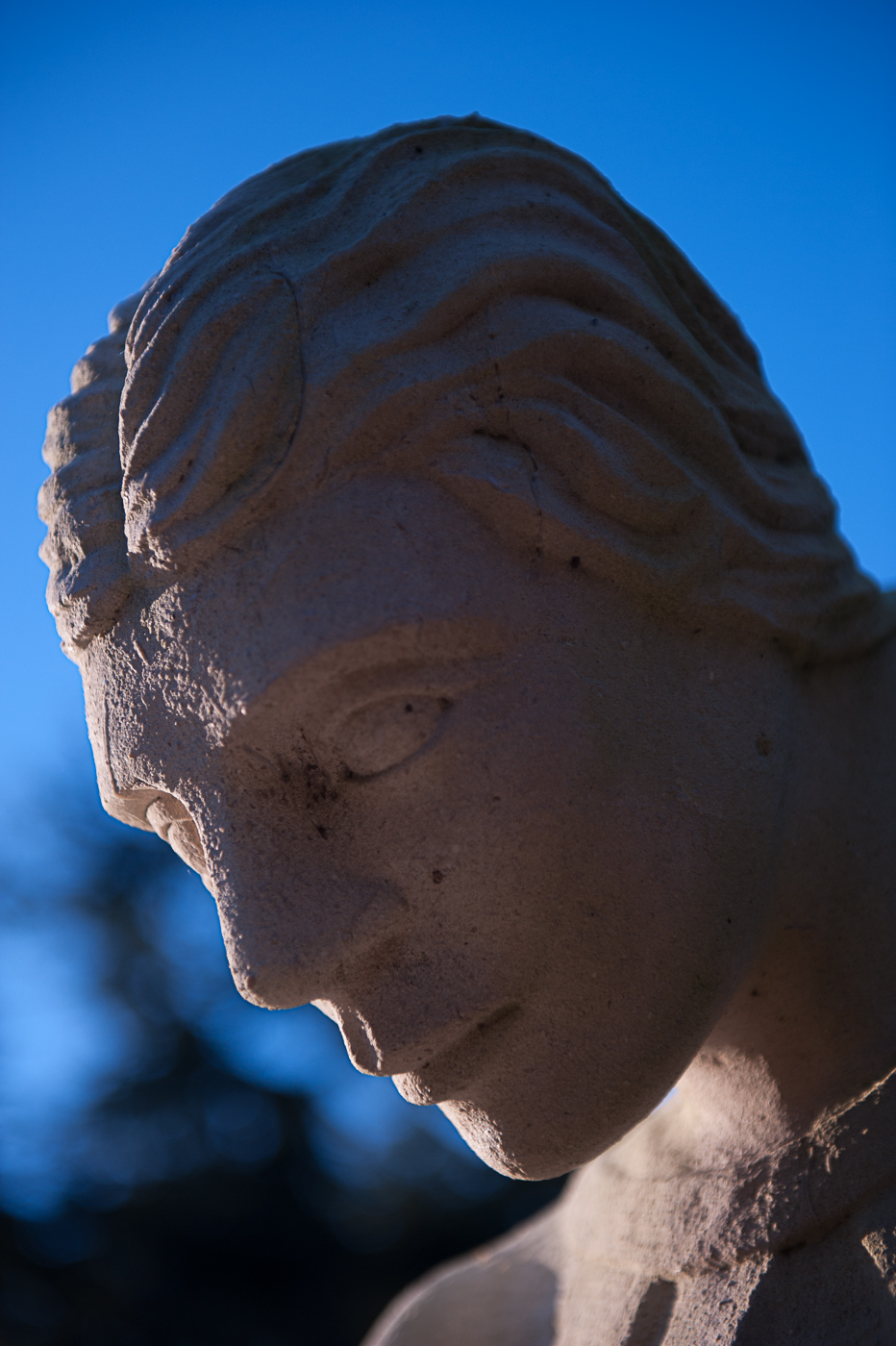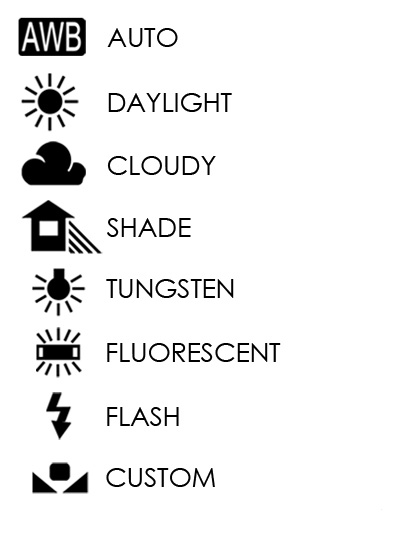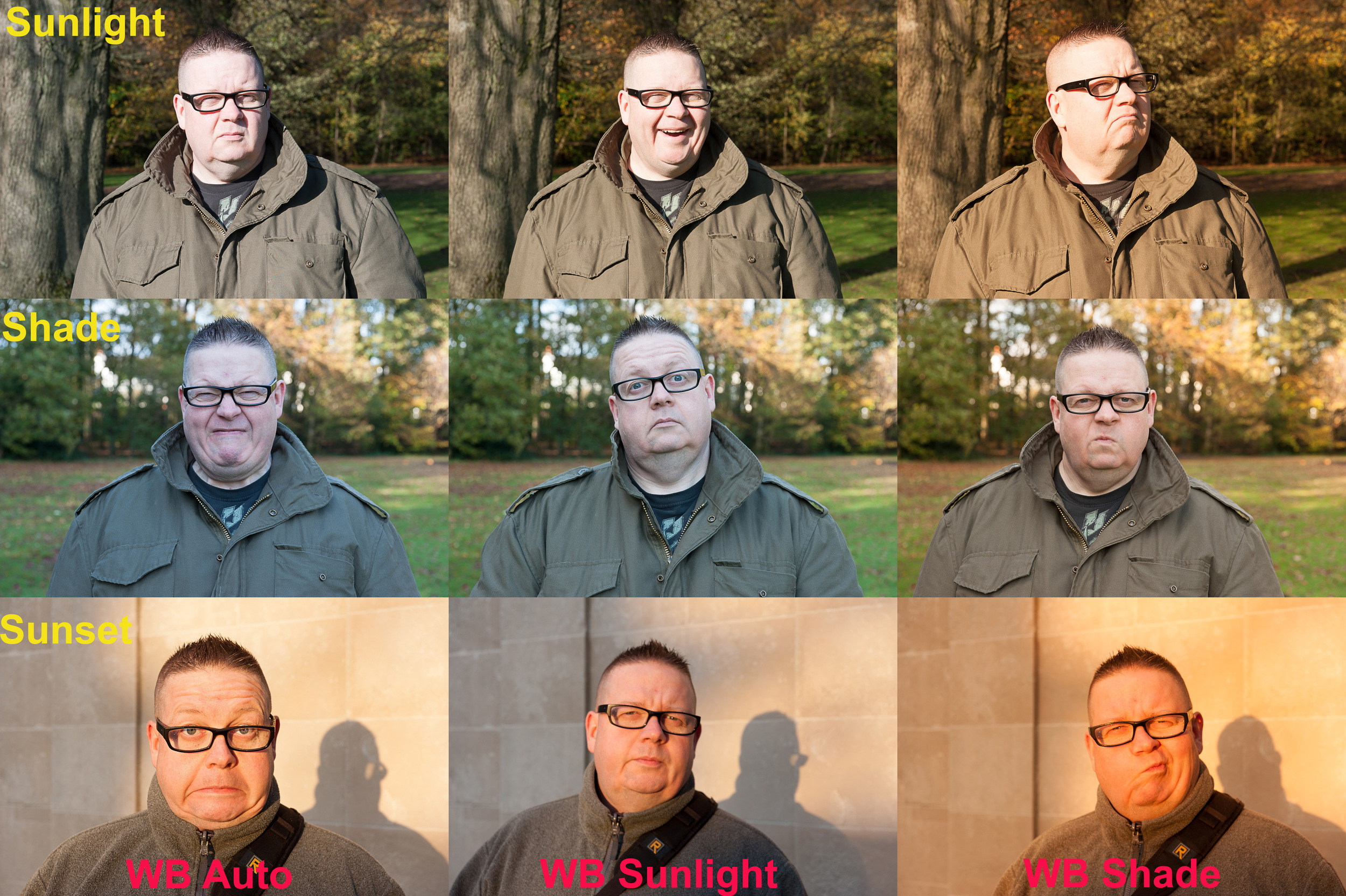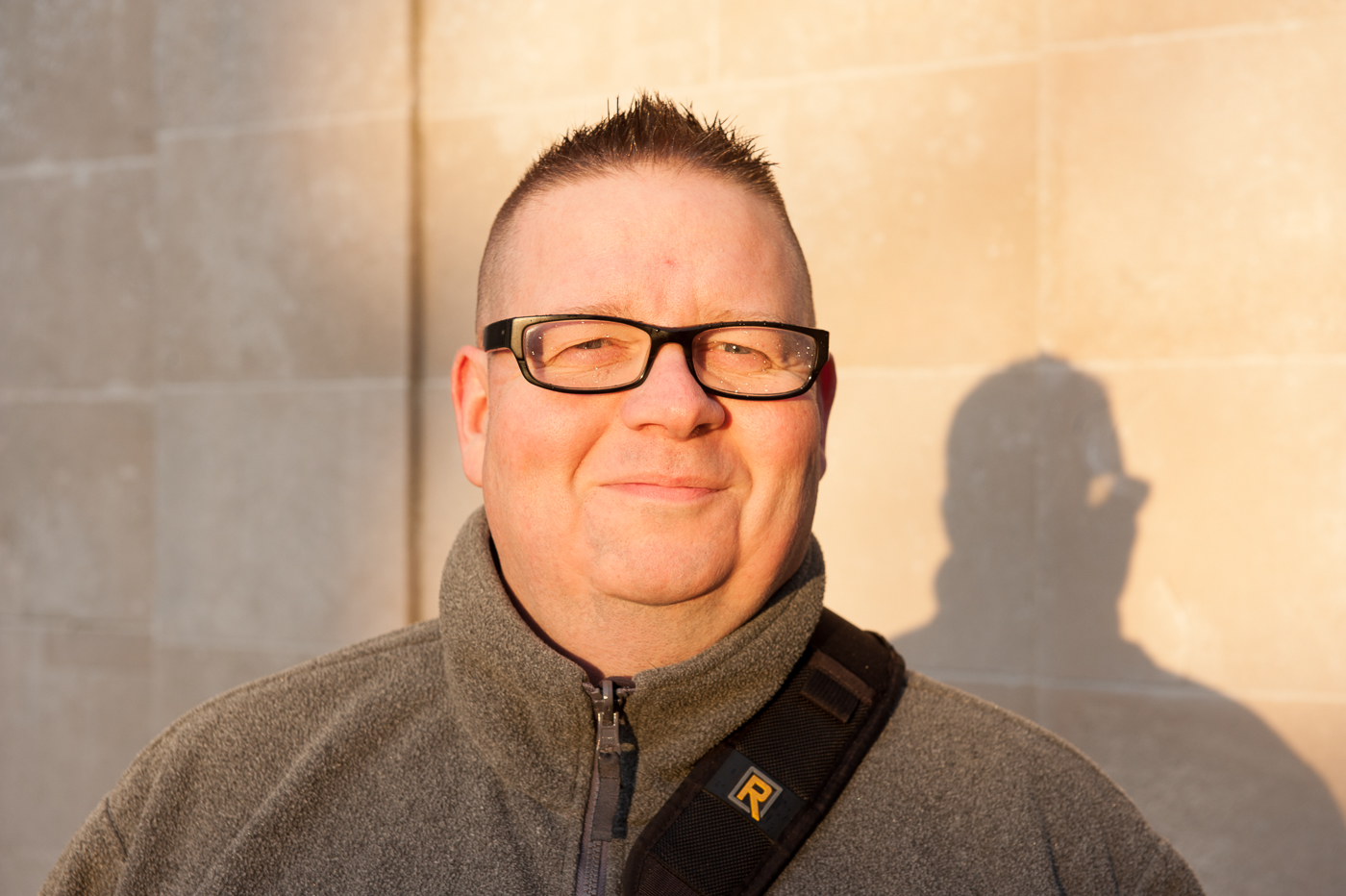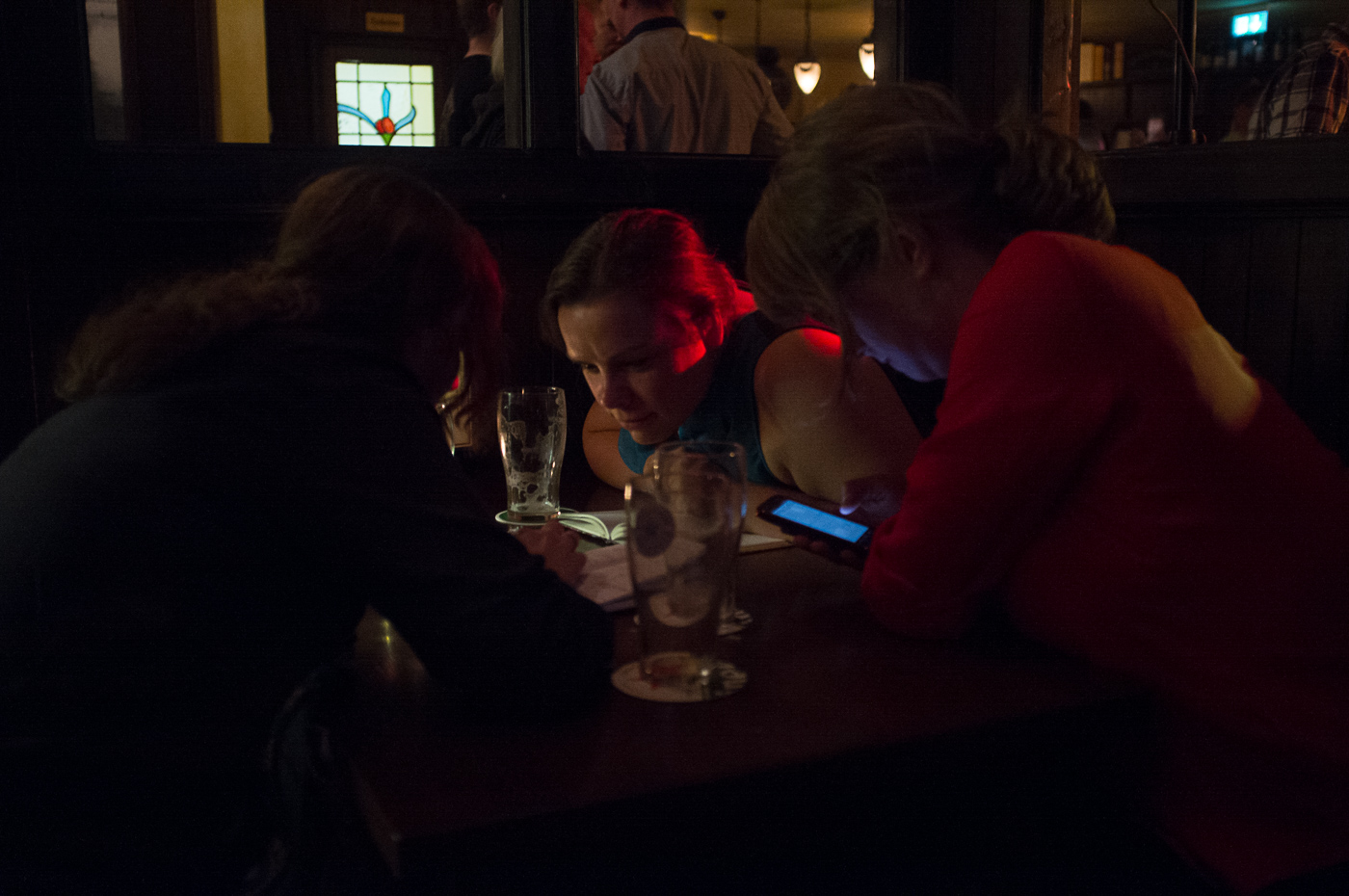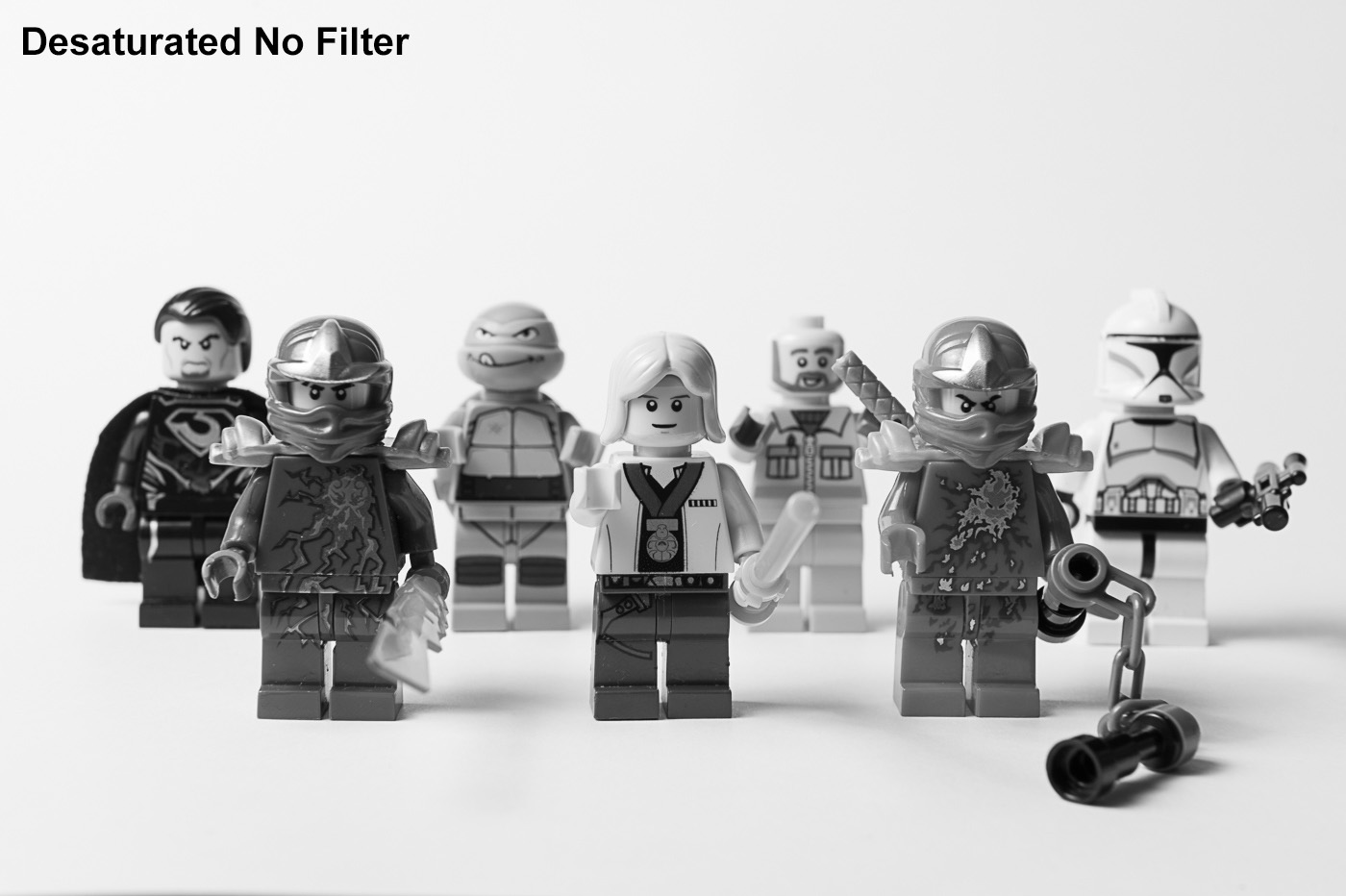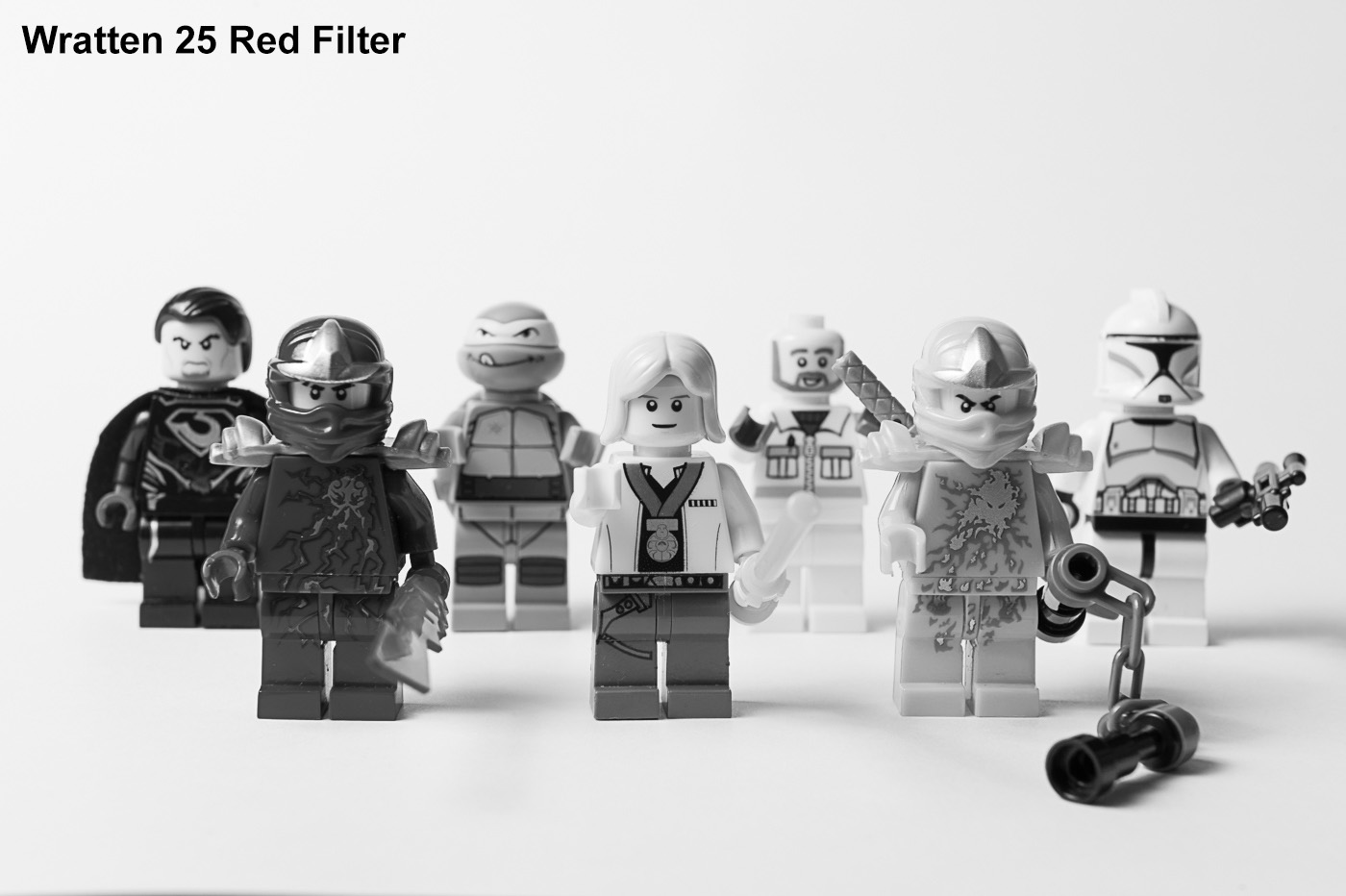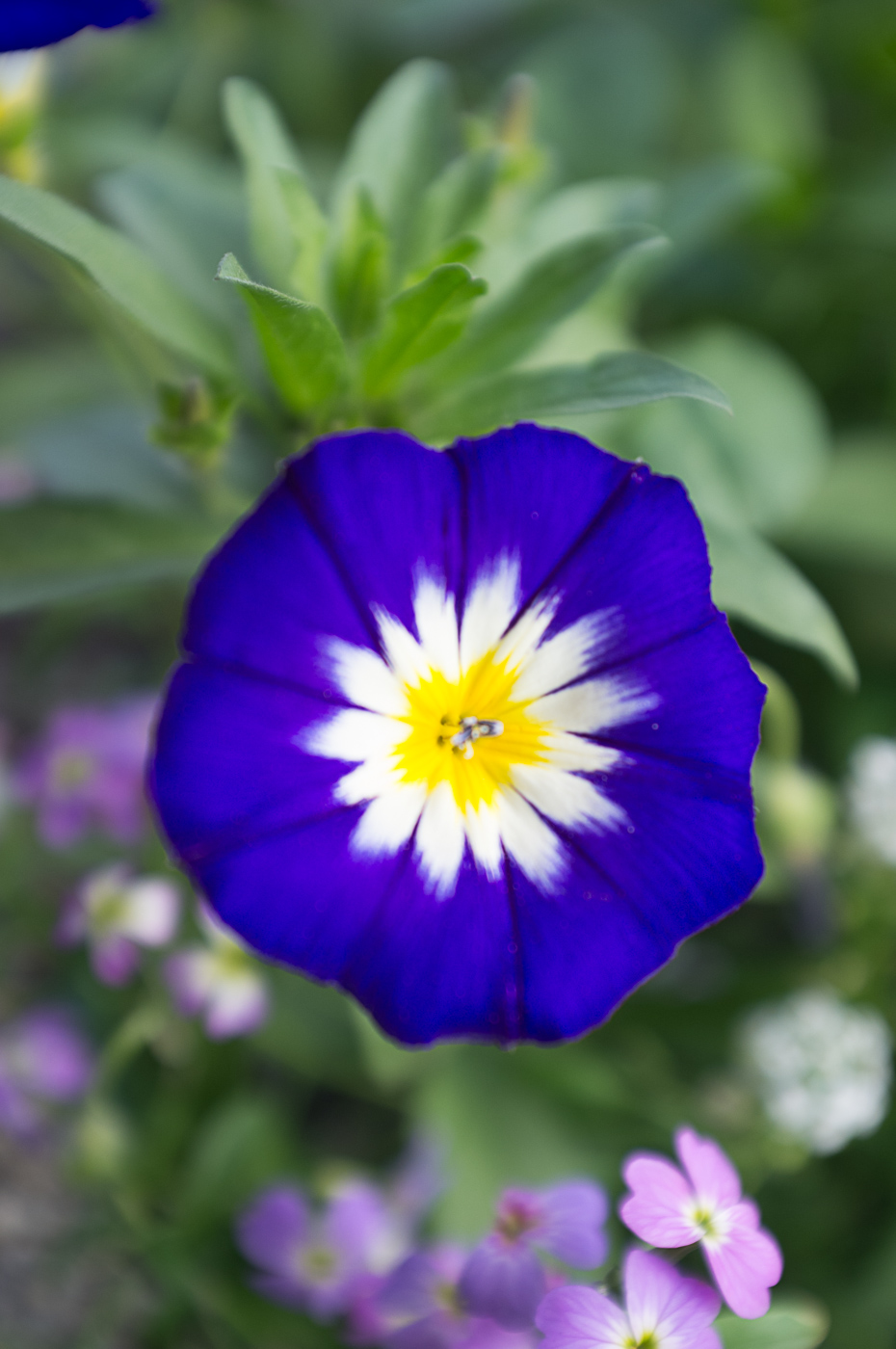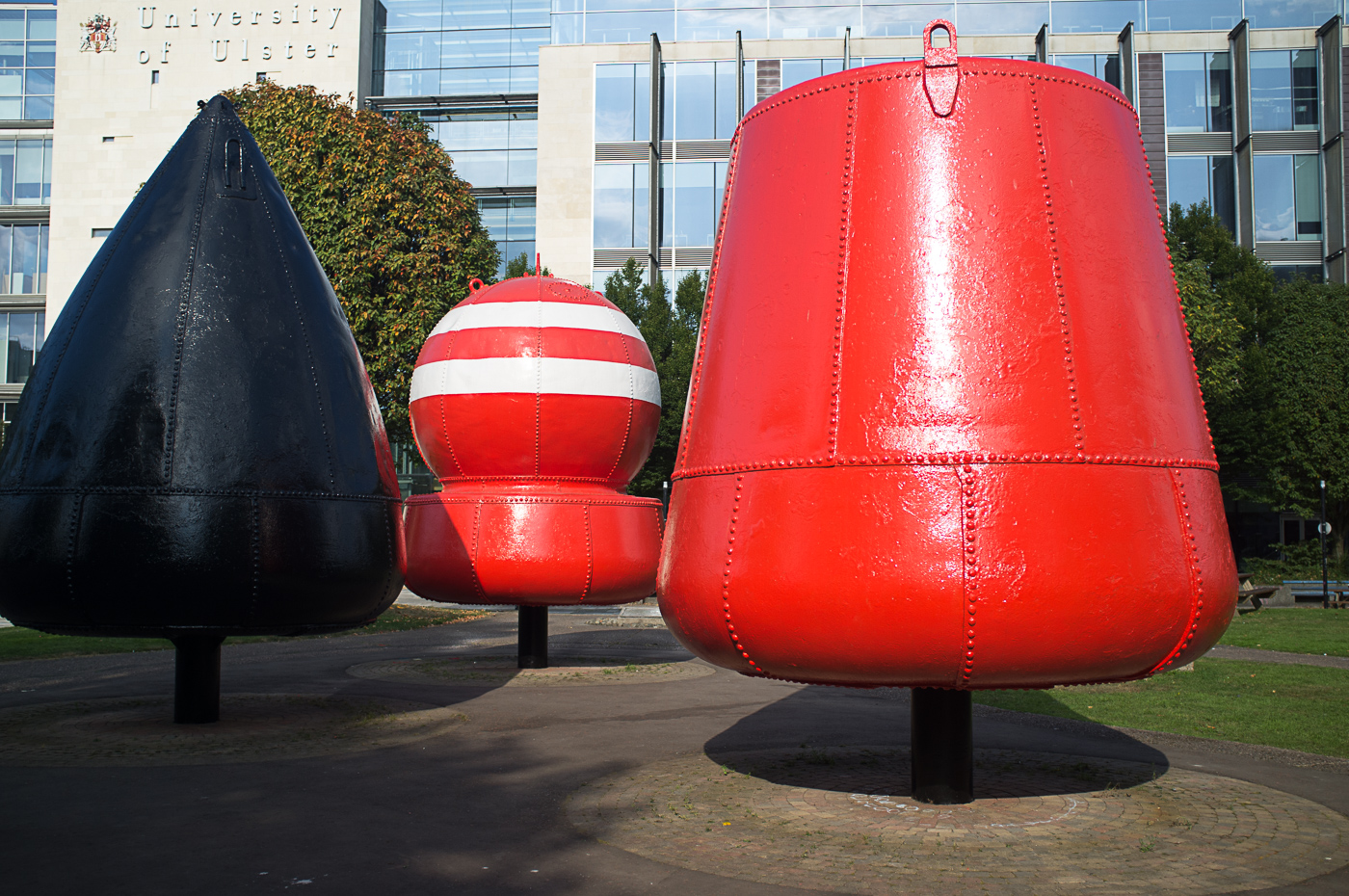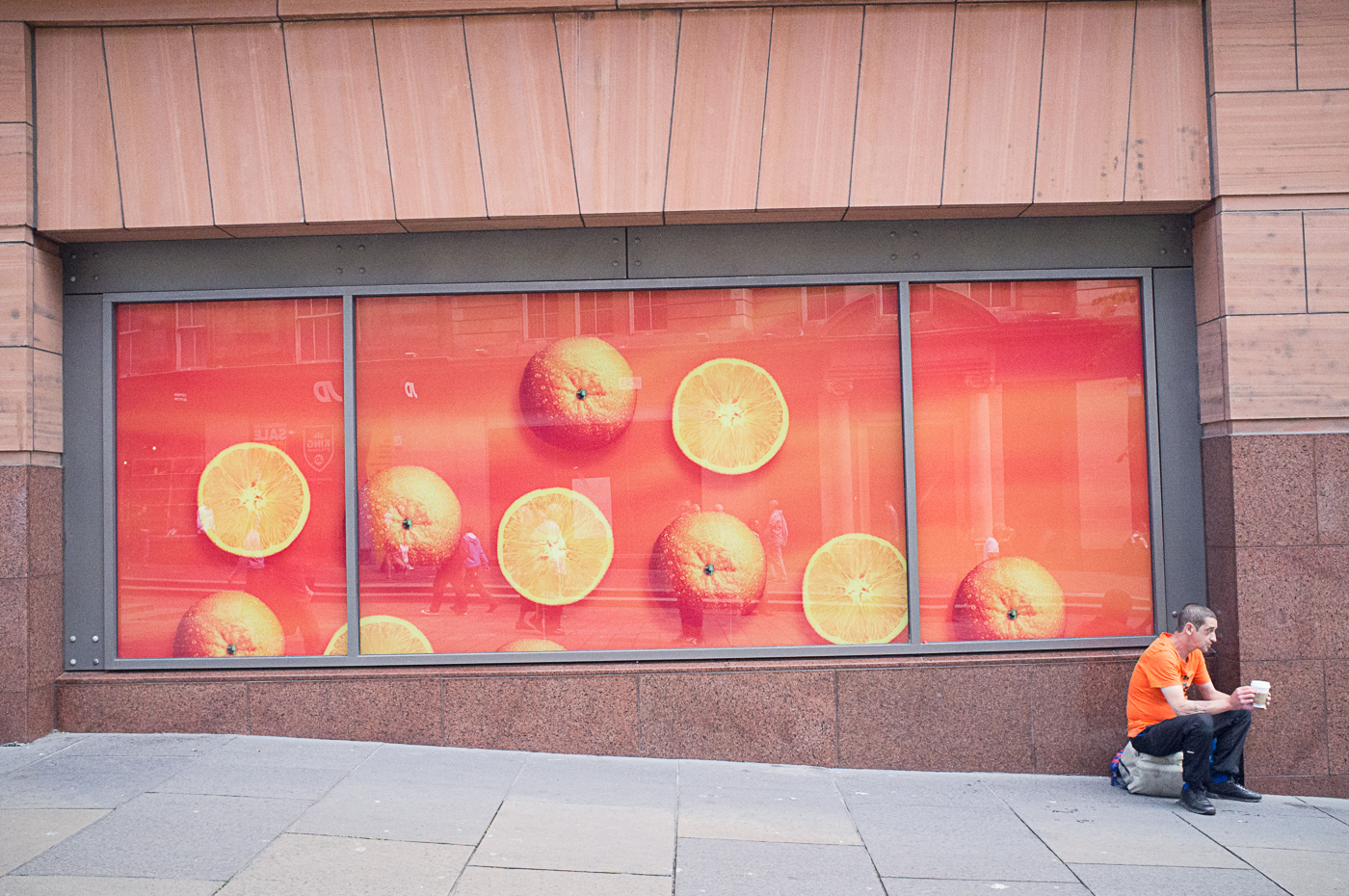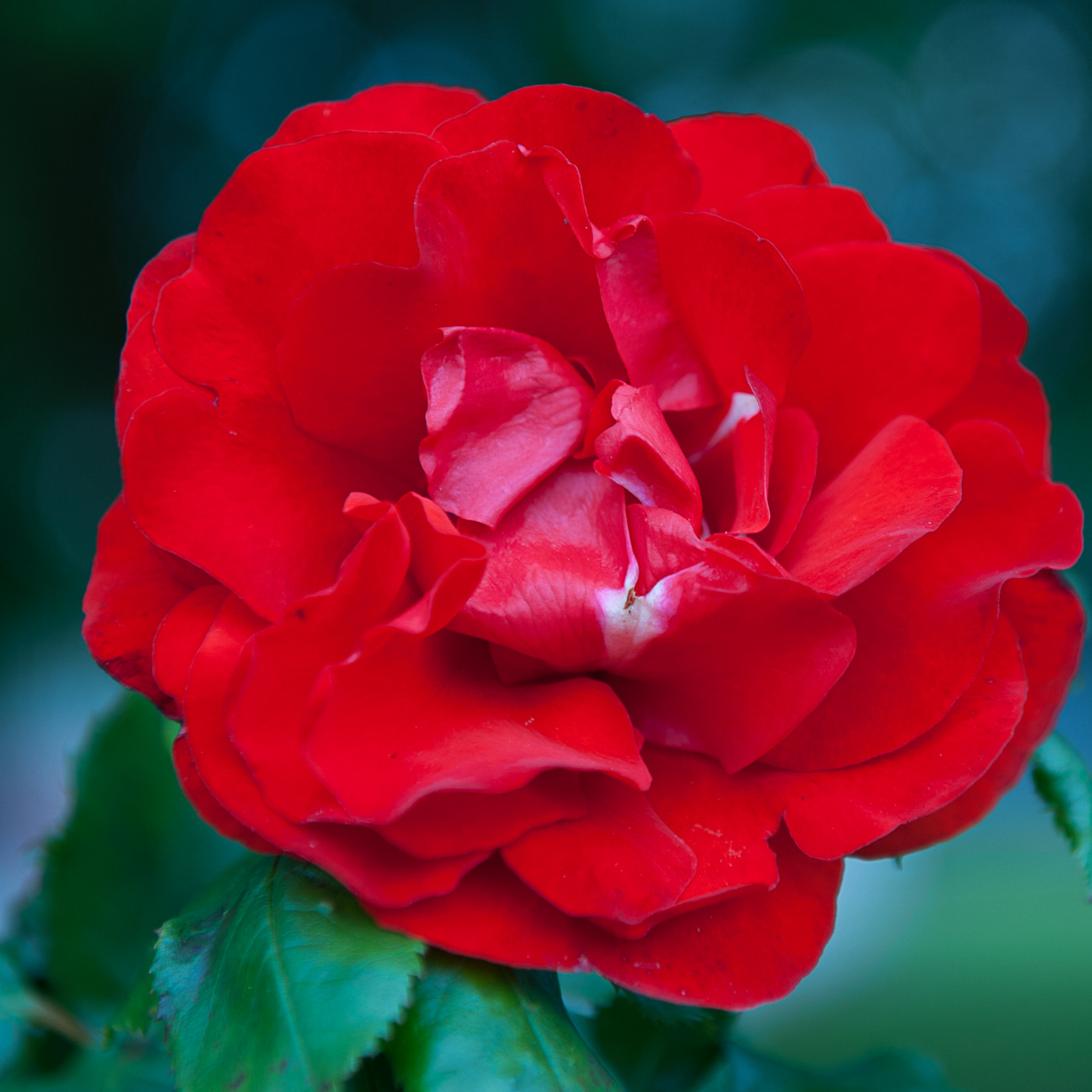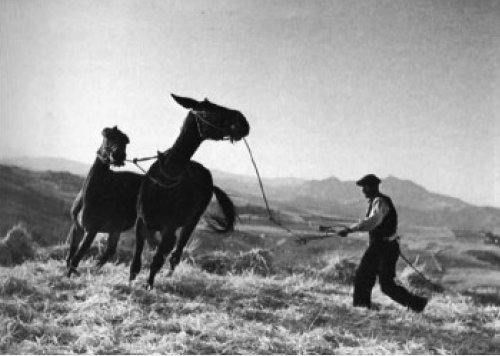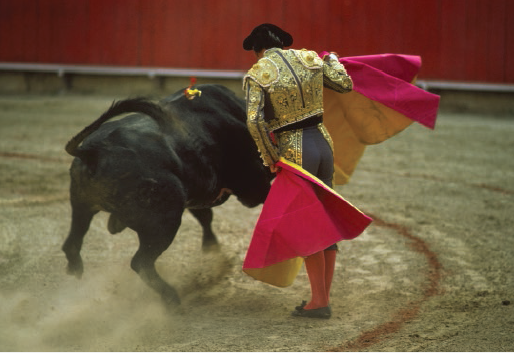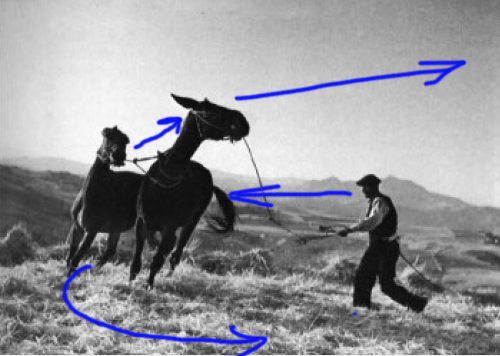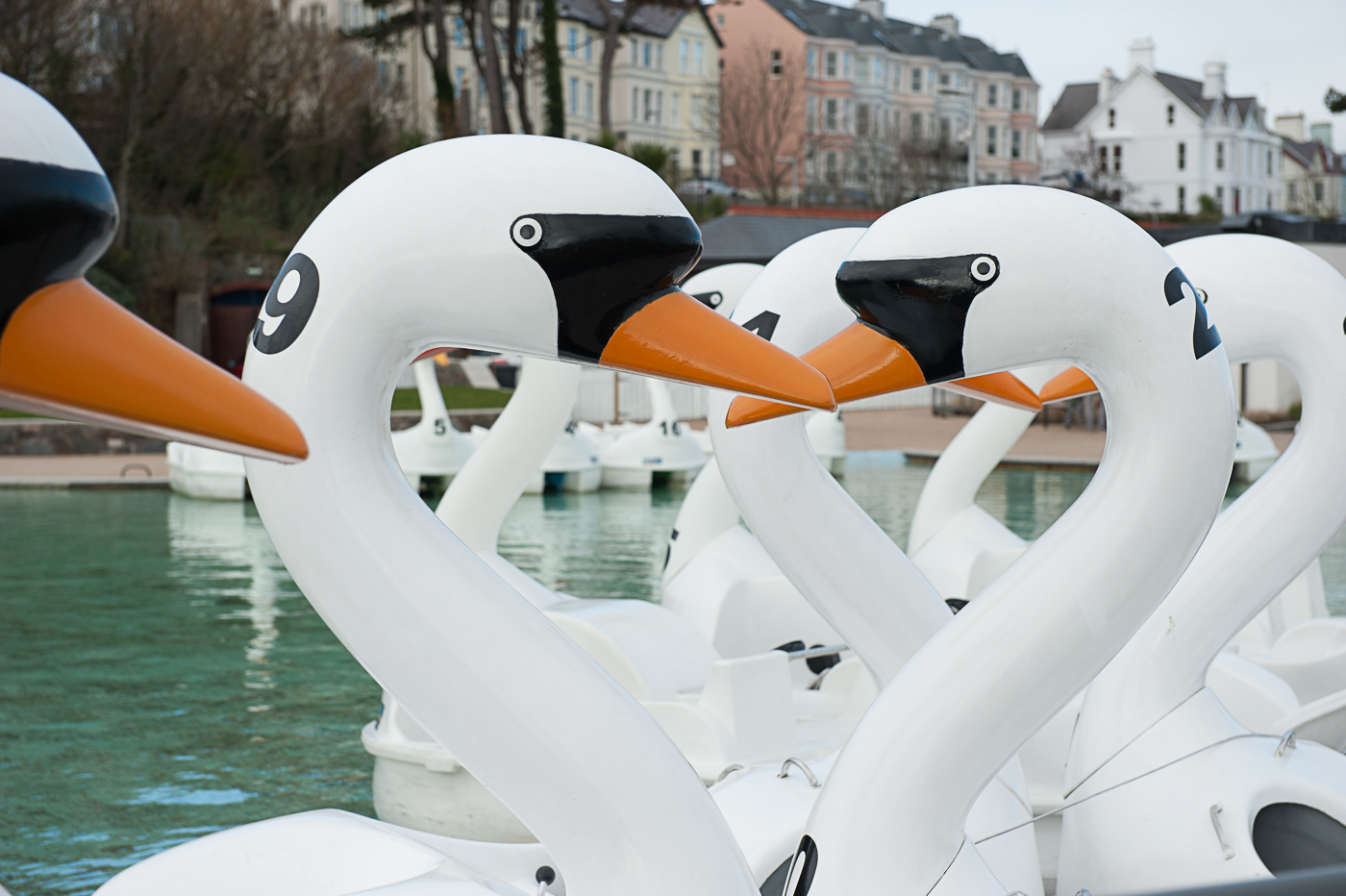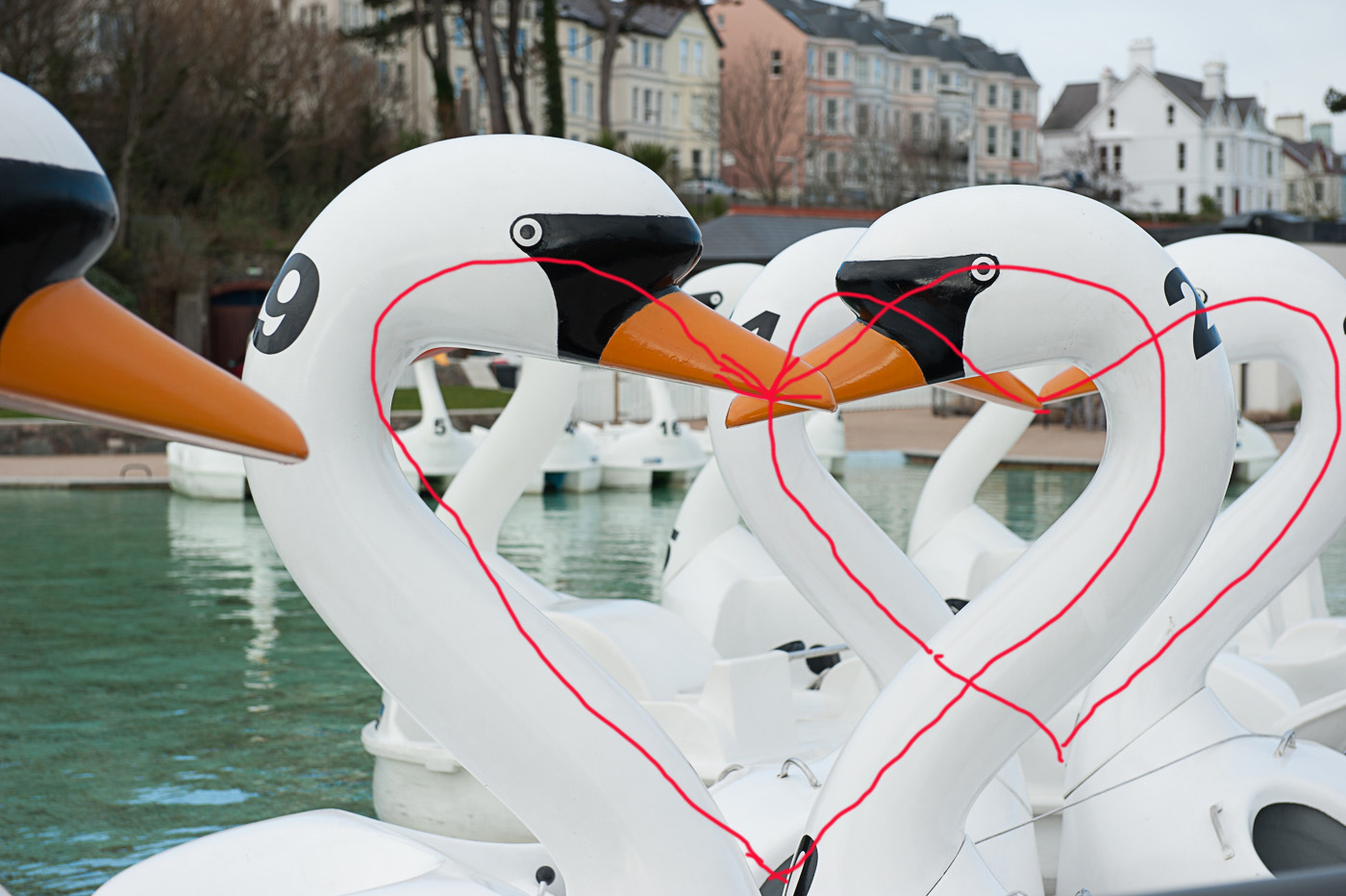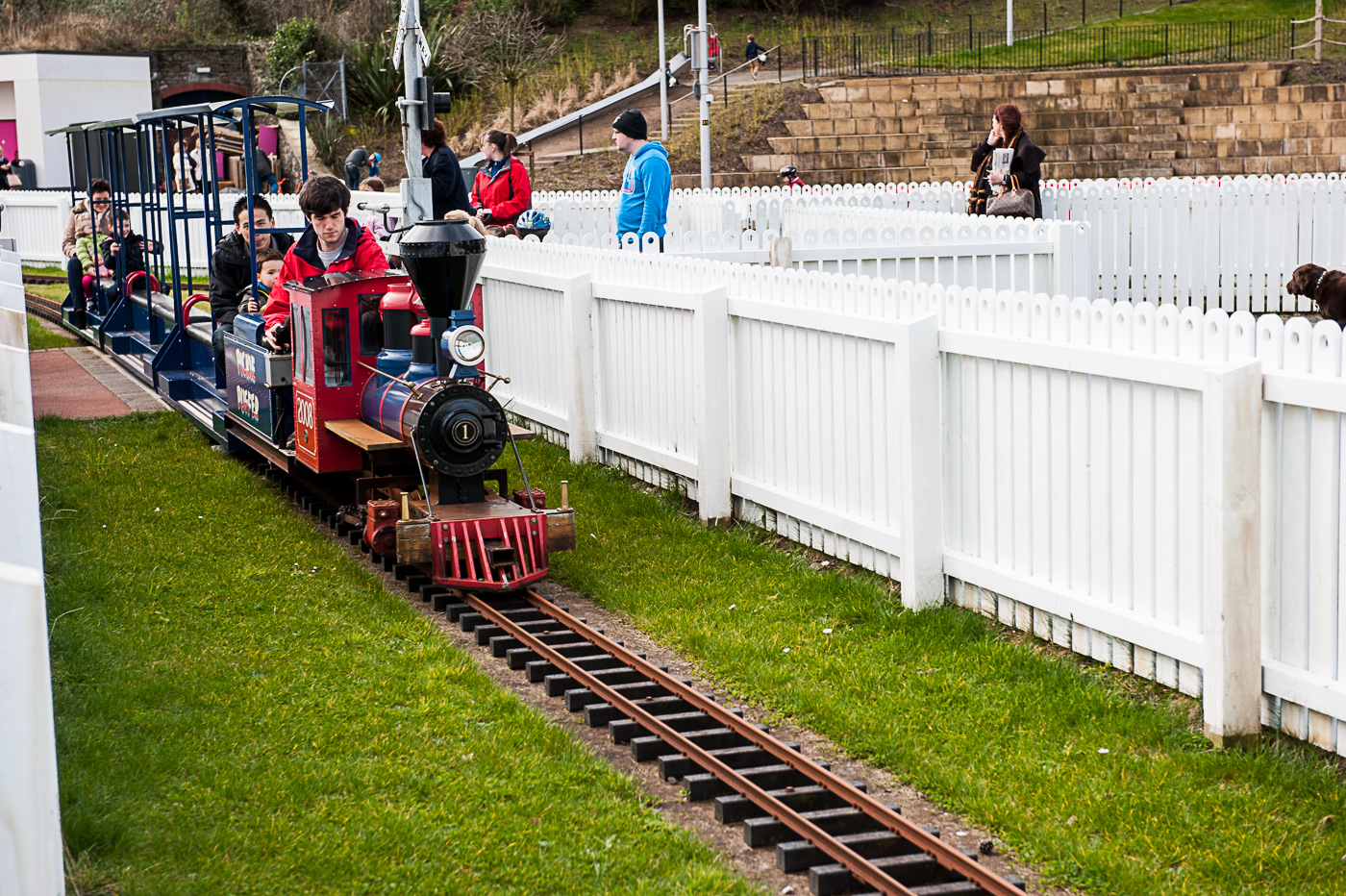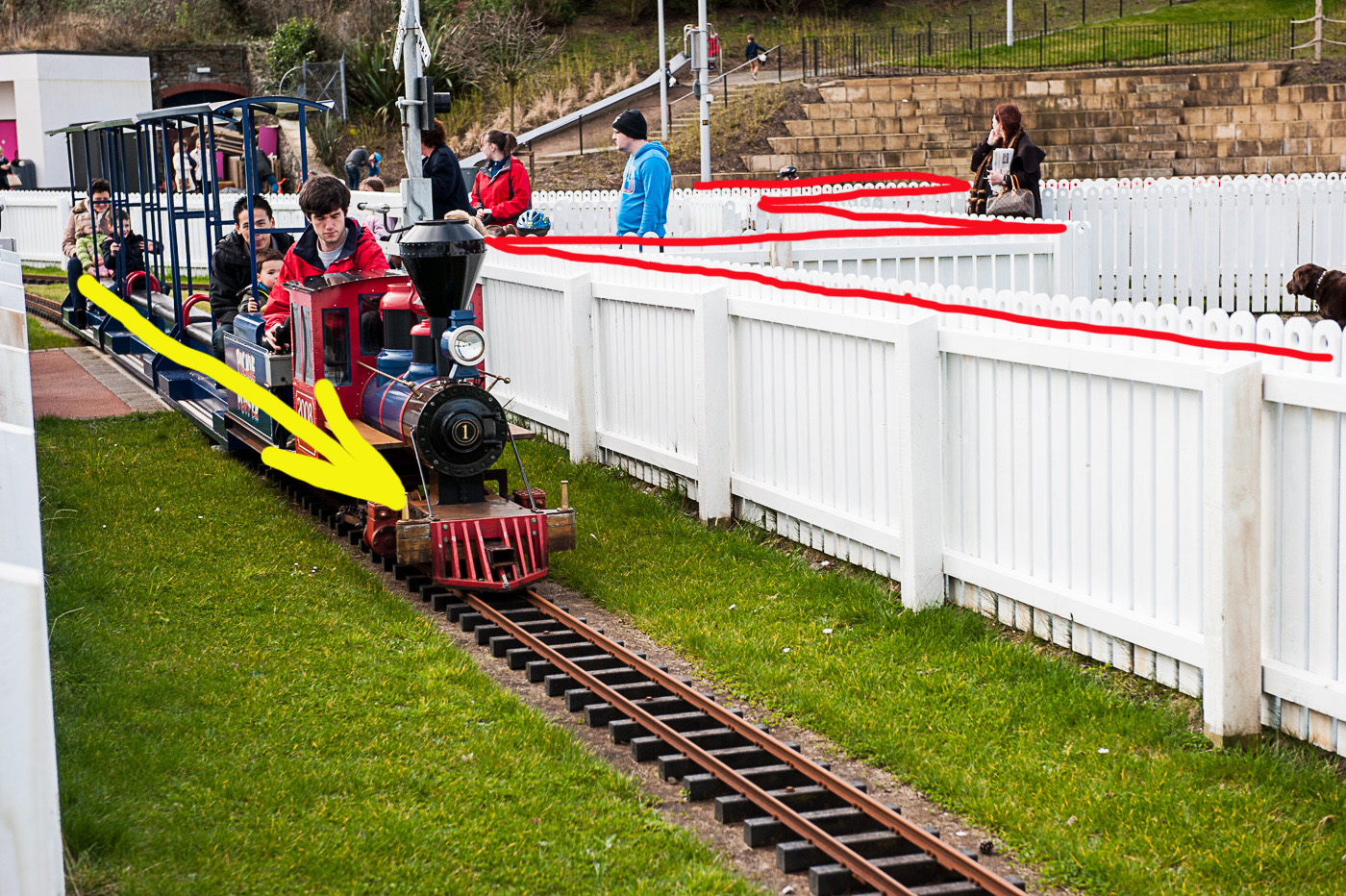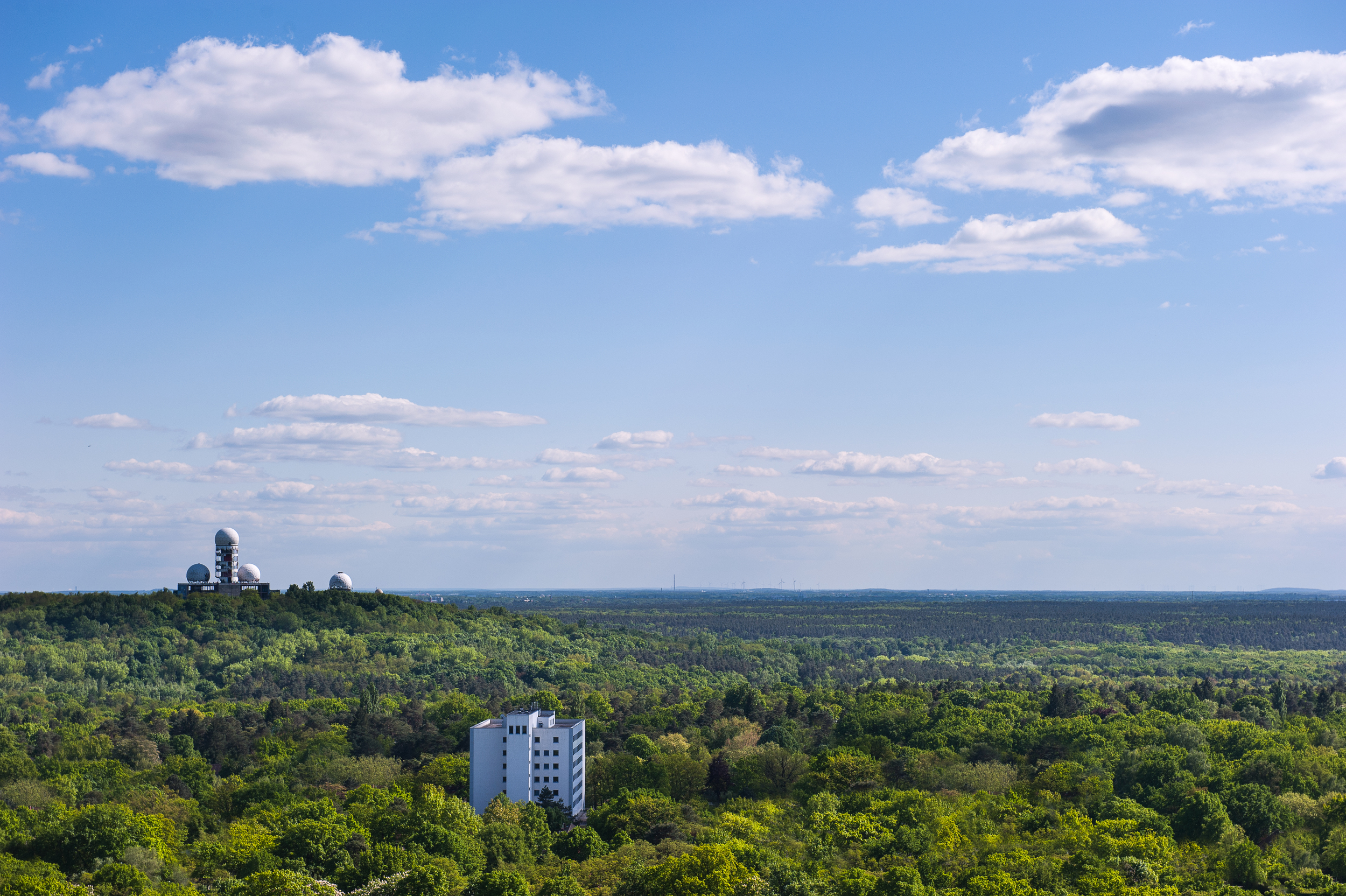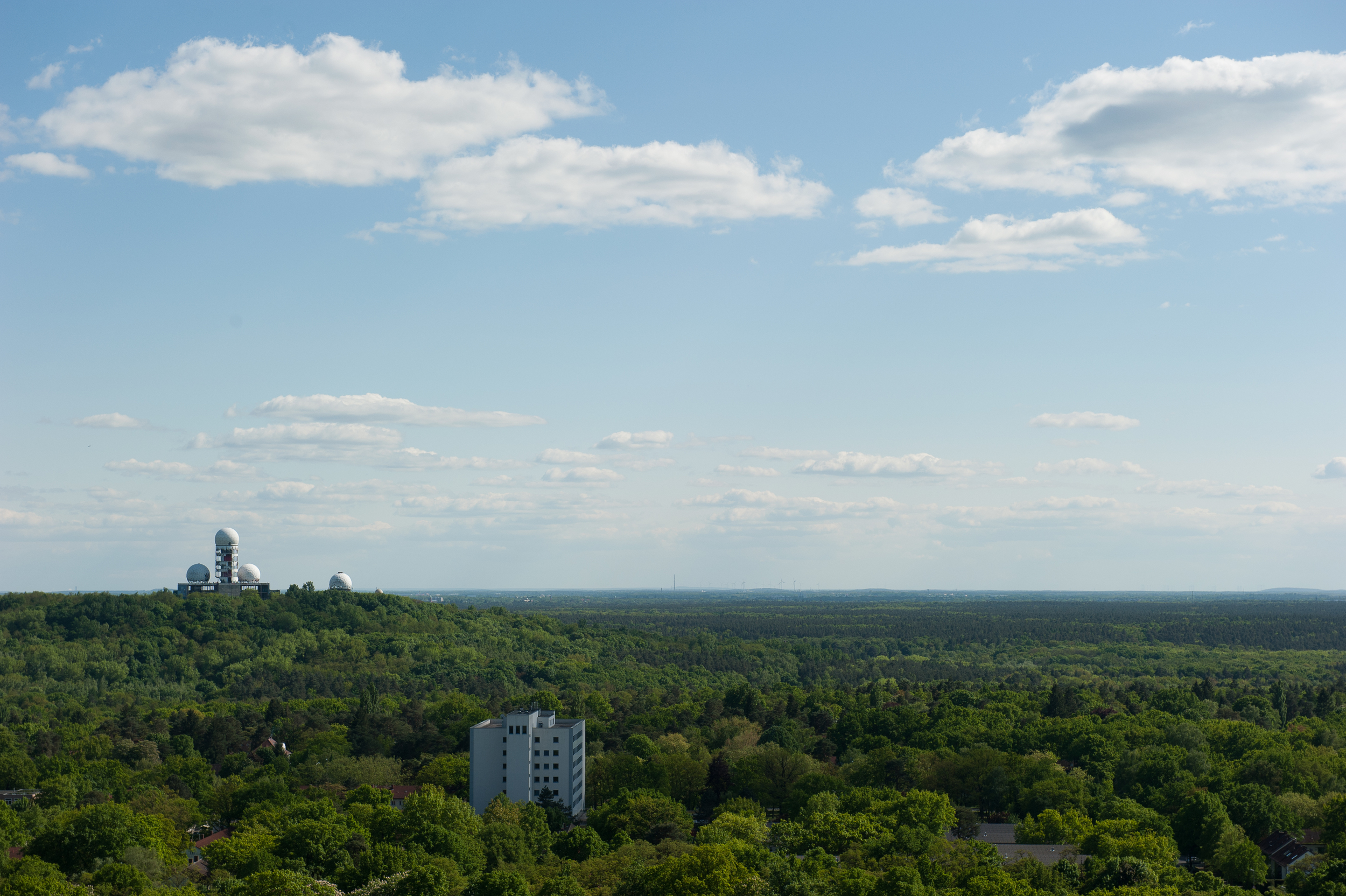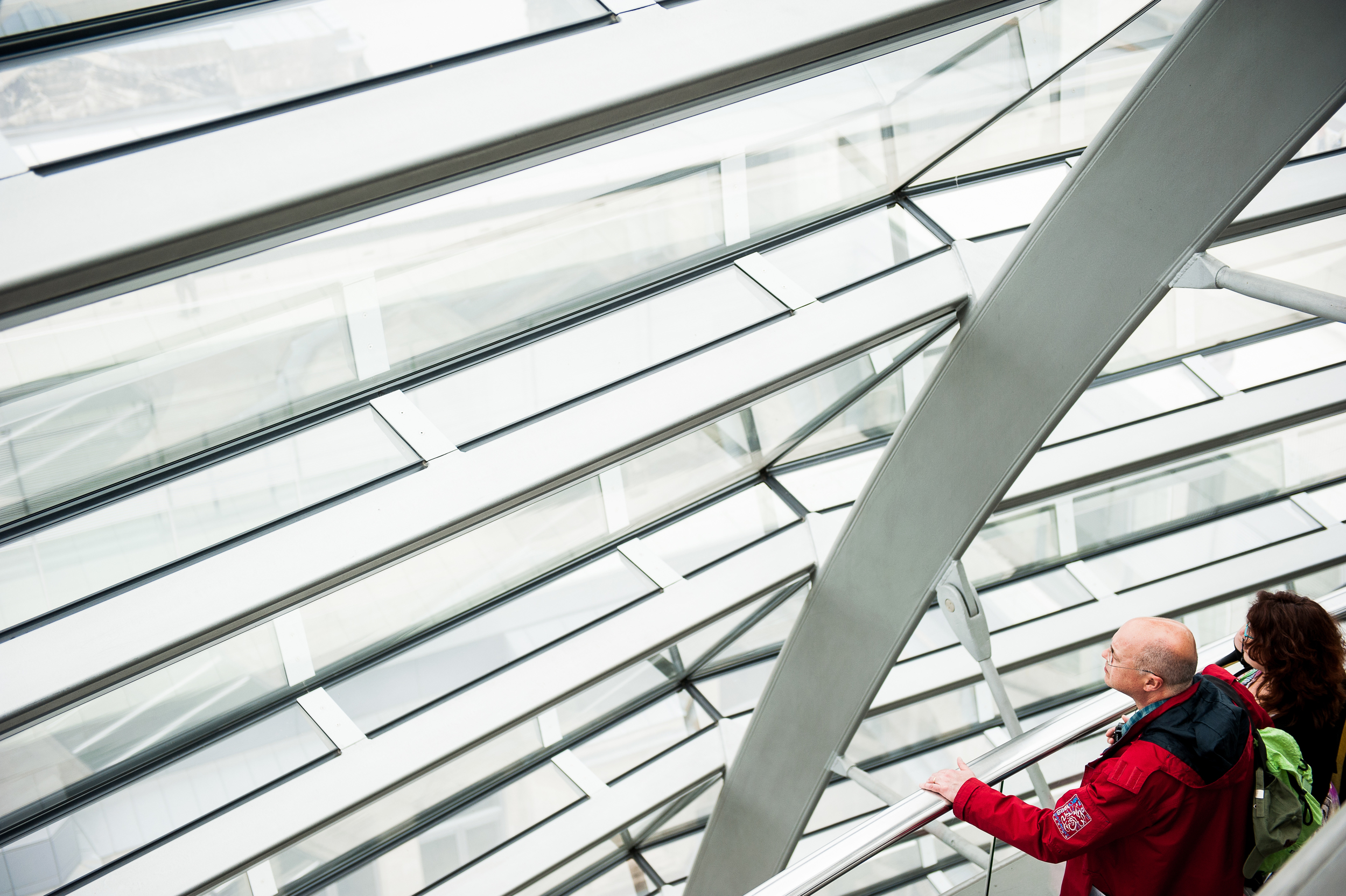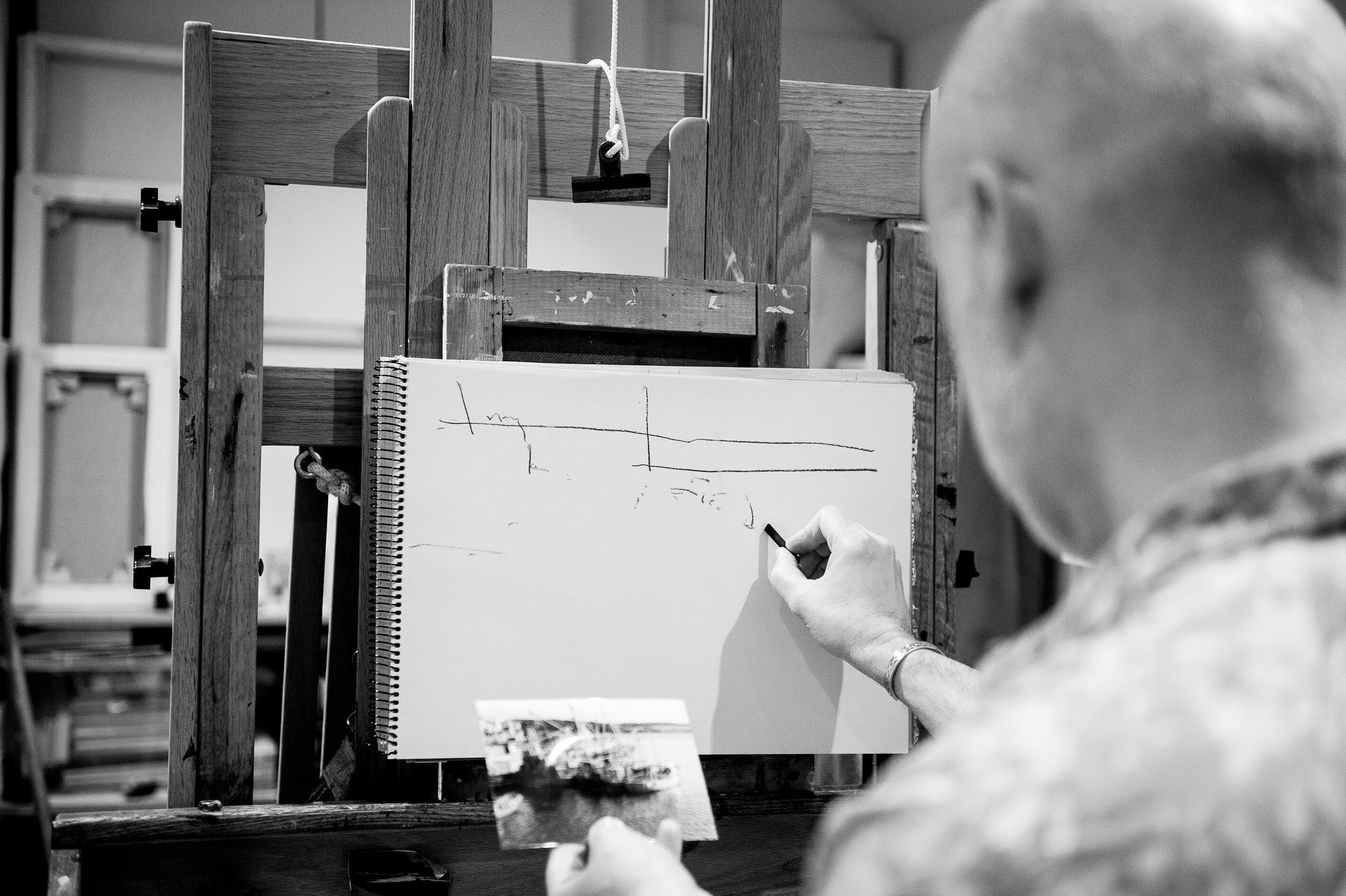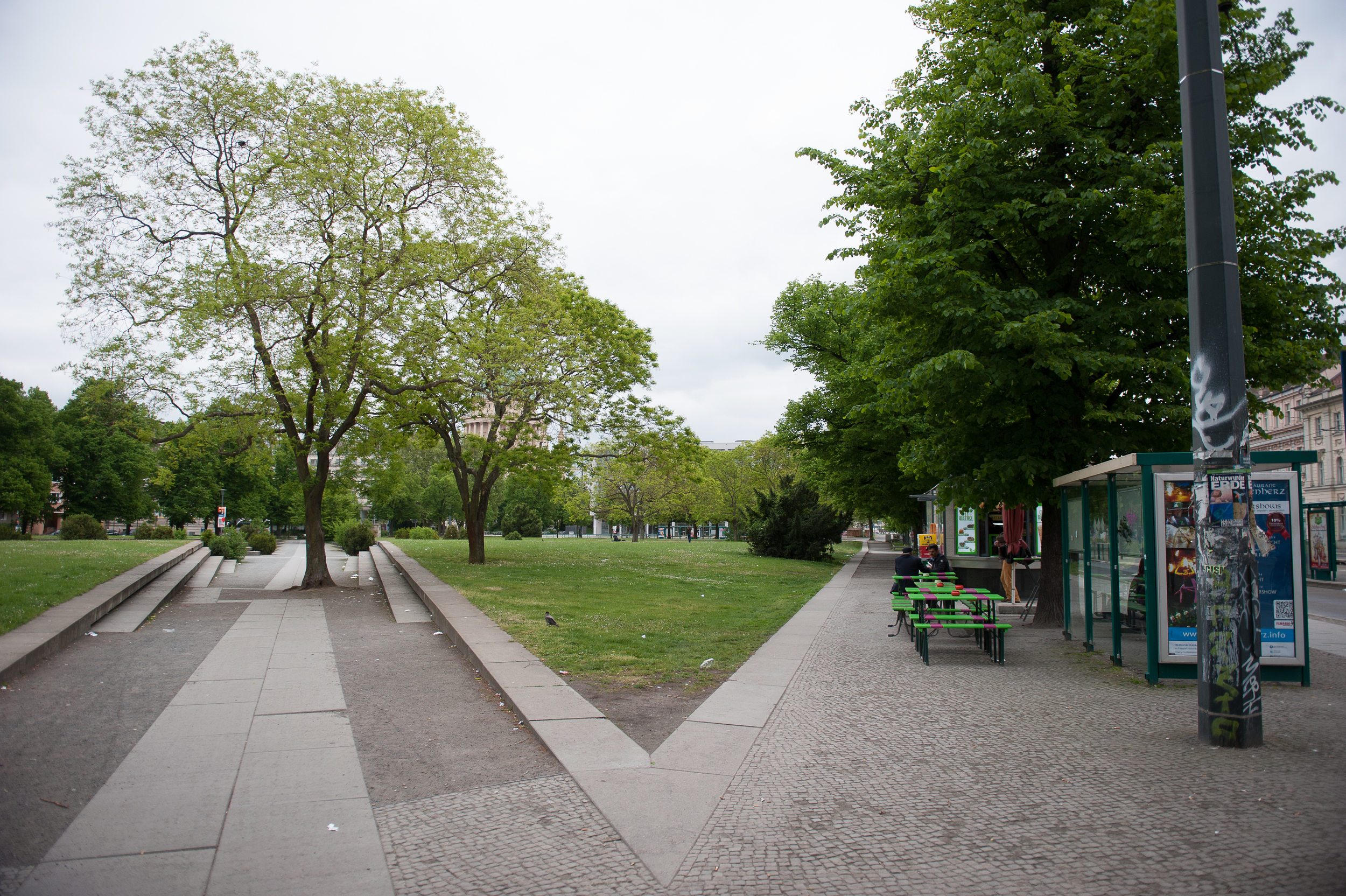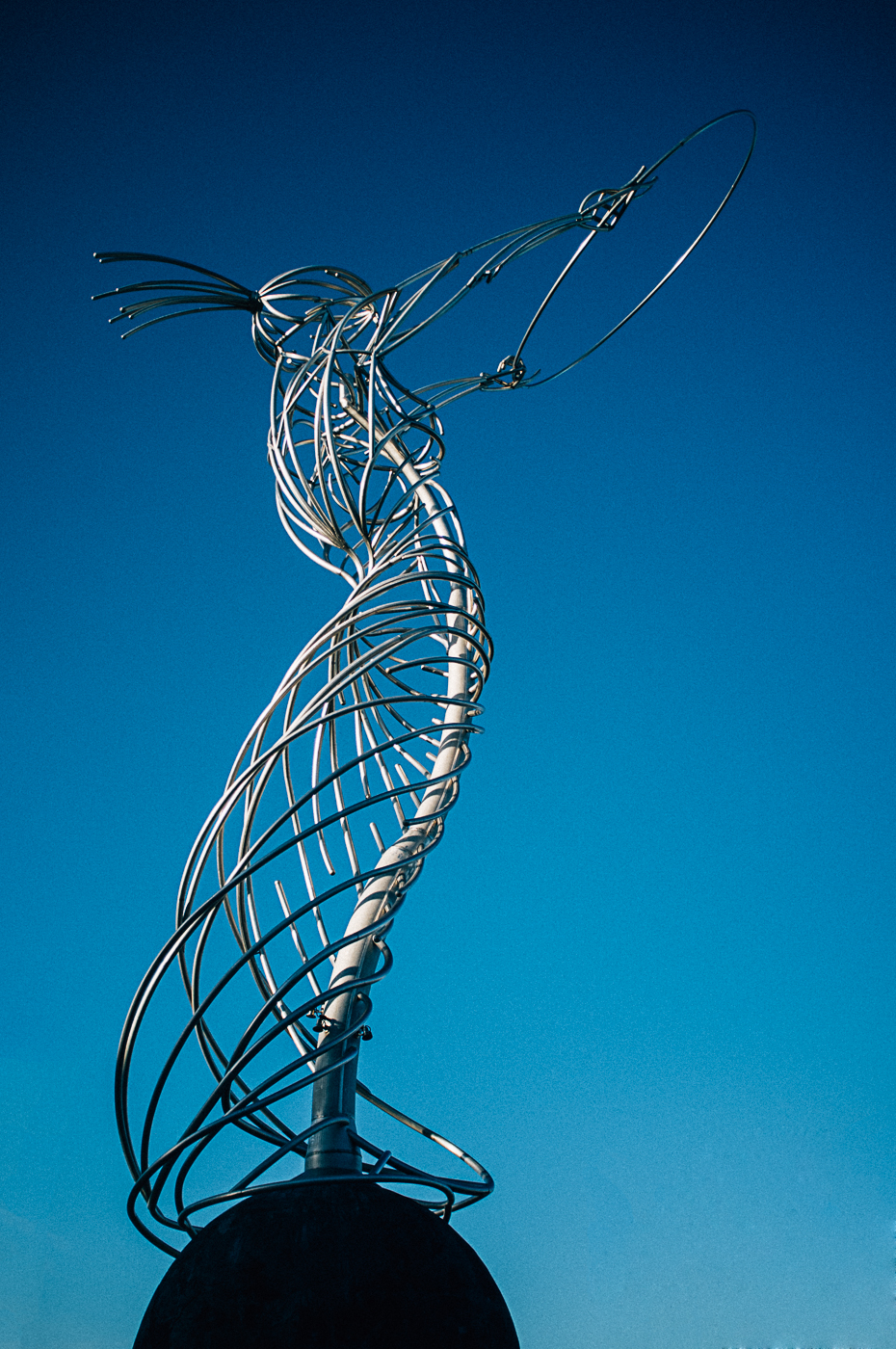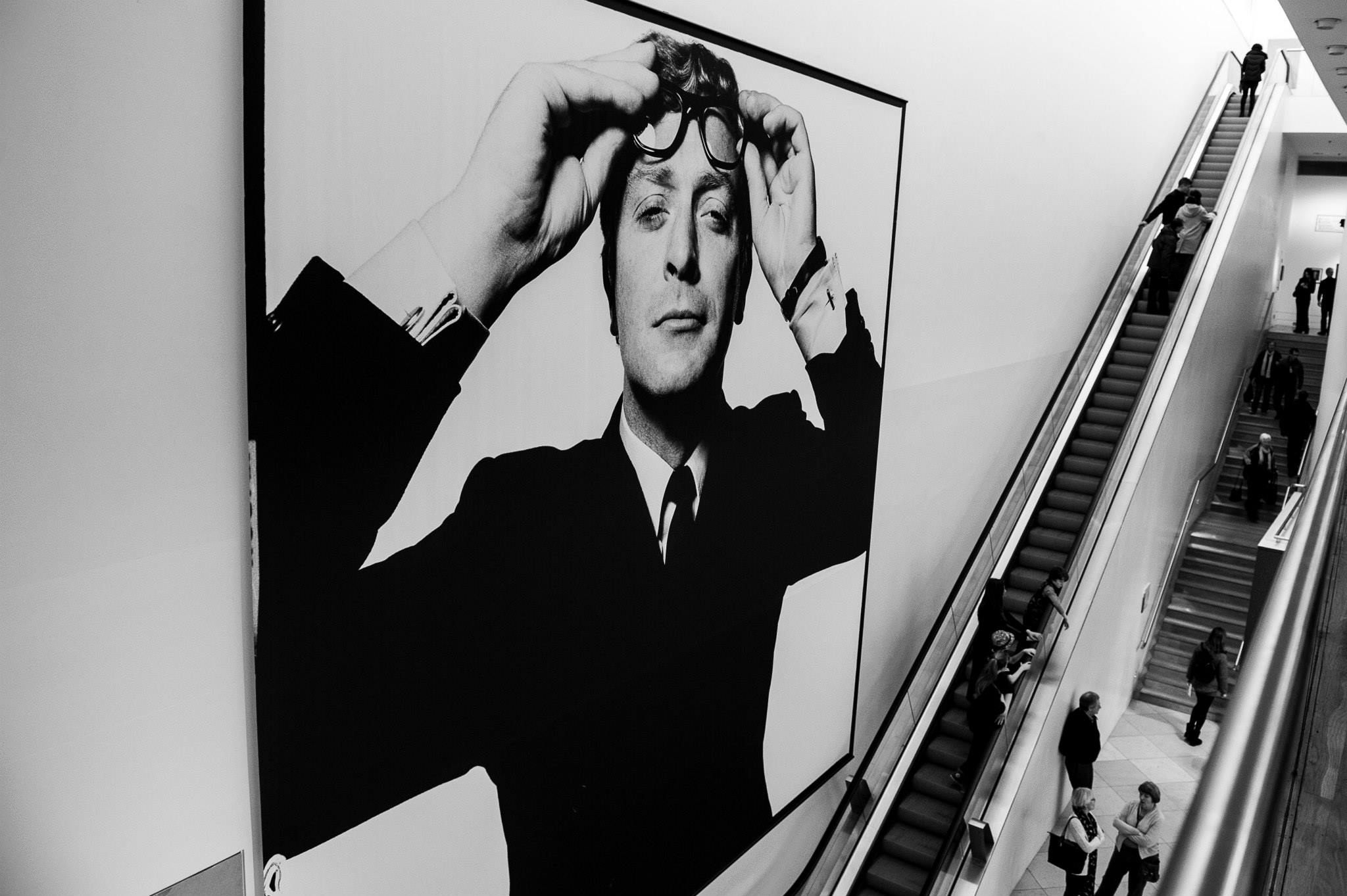Overall Comments
Good to see the prints from this exercise. A good exploration of the various technical approaches.
You need to discuss the editing decisions you make in more depth, this is to help me understand why you have made the choices you have as you obviously to have good reasons for these decisions.
The idea of giving yourself a theme or topic was a good start. You described how you first looked at flowers and street details but were unhappy with the result as they were not interesting. Begin to unpick why they were uninteresting, what was missing from this study? Why did the topic you actually chose work for you, what did it have going for it apart from an exotic location? Even when you thought you had narrowed it down I think you found this was still a huge area to explore visually.
The notes you made from your reading of Sontag are interesting and you have really explored them. I like that you have looked at both Sontag’s work as well as Rankin, Bailey and Newton and the differing approaches
Your standard of presentation is good and your organization helps me to follow your development.
I understand your aim is to go for the Photography/Creative Arts* Degree and that you plan to submit your work for assessment at the end of this course. From the work you have shown in this assignment, providing you commit yourself to the course, I believe you have the potential to succeed at assessment. In order to meet all the assessment criteria, there are certain areas you will need to focus on, which I will outline in my feedback.
Feedback on assignment
Demonstration of technical and Visual Skills, Quality of Outcome, Demonstration of Creativity
There is good evidence of your experimentation into the exercises and you have had a playful approach to seeing the various tasks. You have been honest with your reflection and have started to consider how you could have approached the tasks. Instead of a technical approach to ‘make the images more interesting’ spend some time thinking about what the images say, the message they impart, not just the technique they demonstrate. Exploring the ideas around the context is also a good way to begin thinking.
Your still life fruit images were a solid exercise and it was good to see the sketches. I think it is good to question your own approach to still life and prepare to explore this rather than be enraged! Still life does not stir everyone but it is good to see the passion that others have for it and how they discuss this.
Good use of suitable quotes within your reflection of the exercises, keep working like this. If you like some of the concepts of composition and tension in images explore the idea of the ‘poggendorff illusion’ to really get you thinking!
Single point: The single point image demonstration is a pleasing image; there is plenty of space around the figures and the light/ dark aspects of the image further emphases this. The lines, curves and repeating structures work well. The print presented is pleasing with a better balance between the light and dark areas compared to the online one.
Multiple points: Well two points! This image does demonstrate this although it does feel like something is missing, I wonder if a differently composed image would work better as there is something engaging about the two rather strange looking structures. The print is fine and a good interpretation of the online images.
Several points in a deliberate shape: This is a rather a disturbing image, it looks like lots of people with shining eyes and strange coloured hair! The print is a little darker than the online version and seems to be cropped a little harder. Consider the horizontal lines here as they are on a bit of a lean and thus distracting, I wonder if cropping the top off would be useful to concentrate the view.
Lines, Some nice examples used here, this is obviously an area you have confidence in.
Vertical and horizontal lines: This is a visually powerful photograph. There is a little loss of information in the light areas and sky that makes this a more graphic image rather than photographic. You have converted this image to black and white I would like you to reflect on your reasoning for this.
Diagonals: A nicely seen image and your exploration of seeing it in different ways is useful. The print is solid although there is a loss of detail in the highlights, keep working on seeing this. The print has been cropped a little.
Two/ three dimension reflection: This is a good discussion and a good example. Do look at the detail in the sky, the print is bold and crisp.
Curves: This image with the repeated reflection is interesting, I wonder if a vertical crop would look good too. The online and print images are both over exposed and detail is lost. I also want to know why this is black and white, what is your intent by creating this?
Irregular shapes: This is an interesting image, I really want to see more of this way of working. It is great to see an artist reducing his vision to lines and shape/ balance and composition. This is the evidence of the importance of this understanding for visual artists. I am so glad you included this image. The content of this image is very good although consider the composition of the photograph too, there are repeating rectangular shapes, it might be also interesting to have more depth of field to include the held photograph?
Train: Rectangles repeated and this demonstrates this suitably. The print is sharp and a little darker than the online version.
Stadium: Good sky detail here and the puffing clouds work well to add interest. The print is sharp and clean although a little darker in the shadow areas.
Buildings: The irregular shapes and reflections of the sky work well and the sky detail means there is an extra interest. The online version has a little more detail in the shadow areas, the print is a little blue green.
Implied triangles: This has potential as an interesting photograph but it has some issues with the exposure balance. The online version is almost sepia in tone and the print is cooler and almost green.
Urban triangle: this almost looks like an optical illusion so you need to look twice, well seen. Consider how this would have changed if you had changed your angle of view, ie higher or lower. The print is solid and there is some sky detail. Dense cloudy days are so difficult to work with as a photographer.
Train triangle: This is a well captured moment. Visually there is so much happening with lines/ triangles and the moment. The print for this is good, again there is some loss of detail in the highlights.
Rhythm: An interesting subject and the repeated photographs on the wall are well supported by the horizontal lines. I wonder if the person on the left of the frame is a little too near the edge? It does create a real tension through this imbalance.
Pattern: The change of angle of view is a great way to really see things. This is an interesting observation of pattern. I take it looks a little murky cause it is through glass? The square format contains the shape quite well.
You have explored and questioned your approach here; your determination to explore the environment from a variety of angles and light situations is useful. I would also suggest you also explore your angle of view some more, many of your images are taken at standing height and I wonder if on occasion being low or high would further enhance your image outcome?
You have some good reflection of your progress here. You are starting to become a more considered photographer. You discuss the need for planning, this can be helpful but keep looking at how other photographers work and see they also narrow down their areas of exploration so they build up an expertise and a rhythm of approach, this means they don’t pre judge what they will be photographing but rather look into the detail of the image topic.
Prints; you presented colour prints alongside your blog. This was good to see, the print quality is good and the images are crisp.
When printing it is also good to explore the framing options of the image within the photographic paper ie have a larger border around the images. Also look at different print finishes and think about how they can support your work.
Learning Logs or Blogs/Critical essays
Context
You have explored and revisited your images, this is good practice and a good area to develop.
Suggested reading/viewing
Context
Architecture: Candida Hofer, Joel Sternfeld
Aerial: Yann Arthus-Bertrand
Challenging composition: Hiroshi Sugimoto (photographer) http://www.sugimotohiroshi.com/seascape.html
Some varied approaches to still life: Newton, K. Ralph, C (ed) (2006), Stilled: Contemporary Still Life Photography by Women, Ffotogallery.
You have been to an exhibition and this has informed your approach, do continue to be independently exploring and researching a number of approaches. This builds your own understanding of the possibilities of the photograph as a medium.
Pointers for the next assignment
Keep reflecting on your image making journey.
Do look at a variety of photographic artists to further inform you and give you examples of a variety of approaches.
Your technical approach is solid, keep experimenting with your composition and angle of view and exposure to get the best out of your images.
